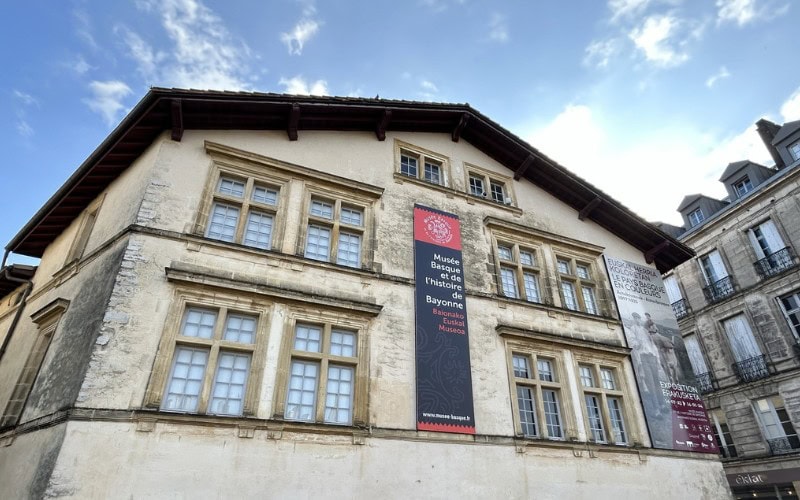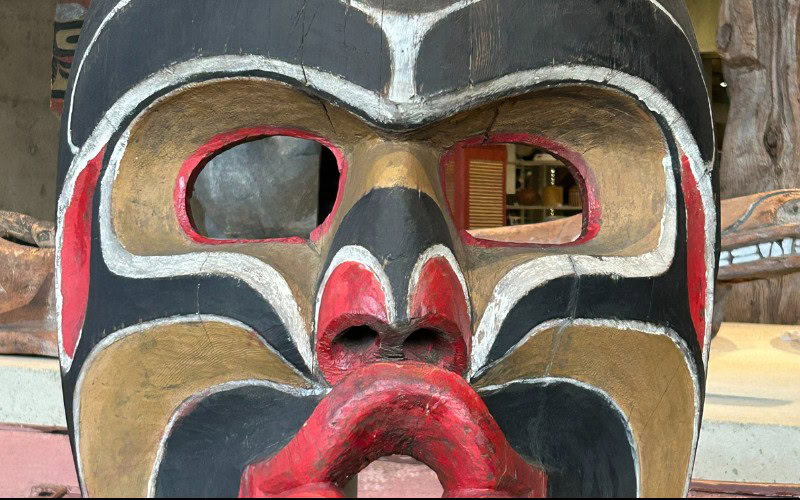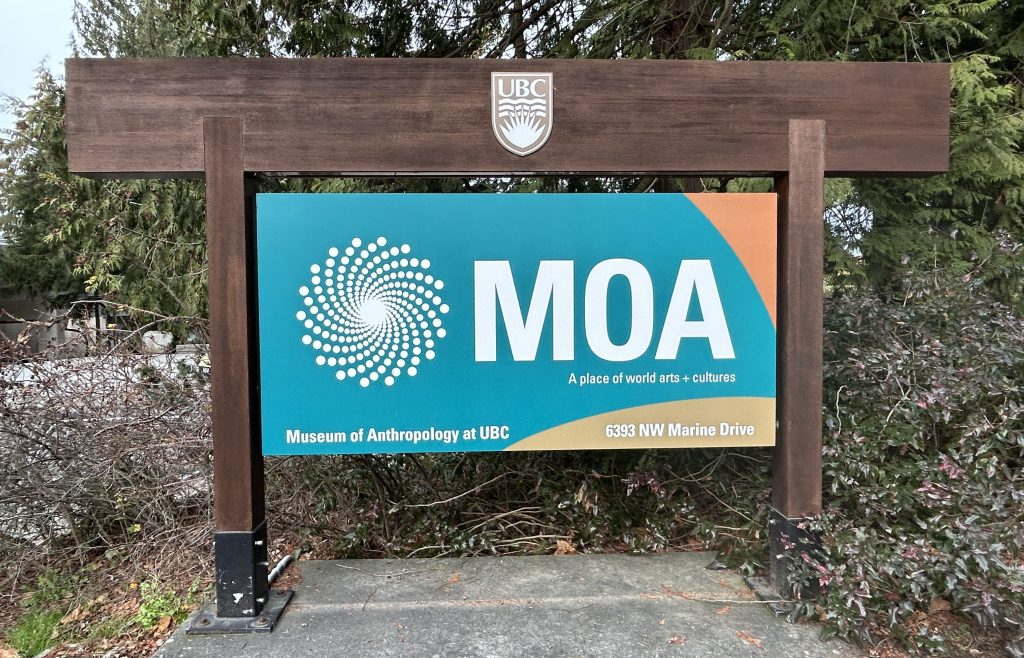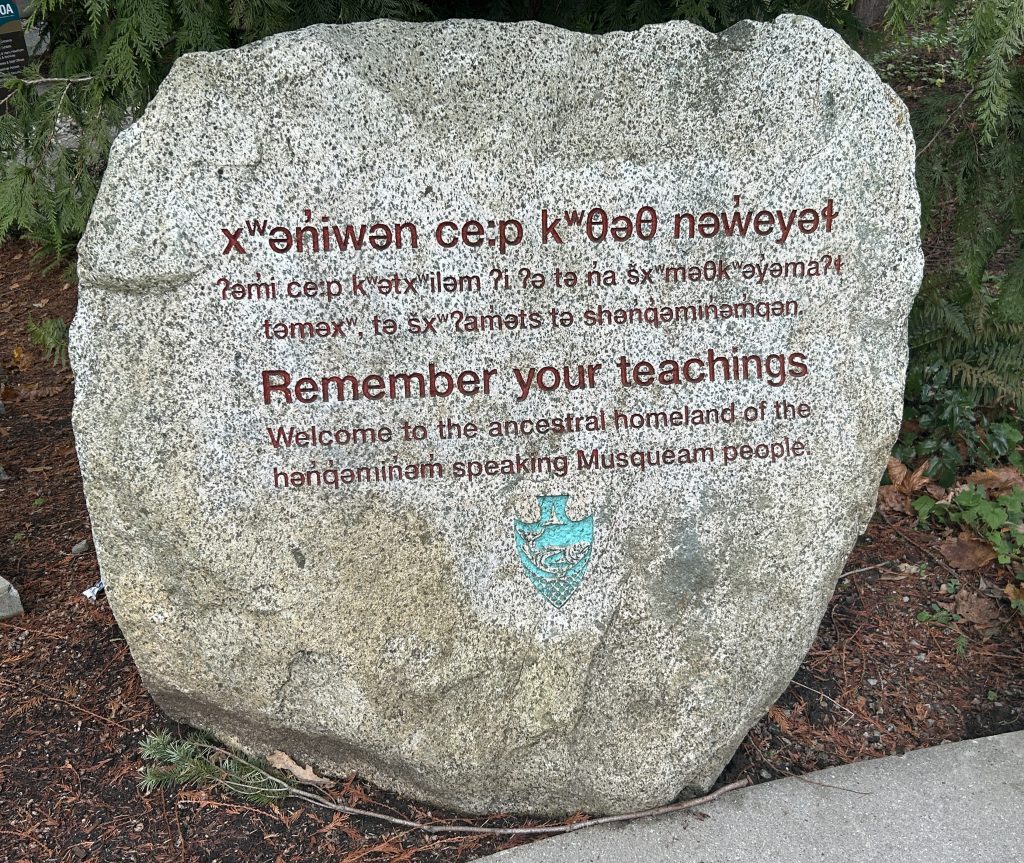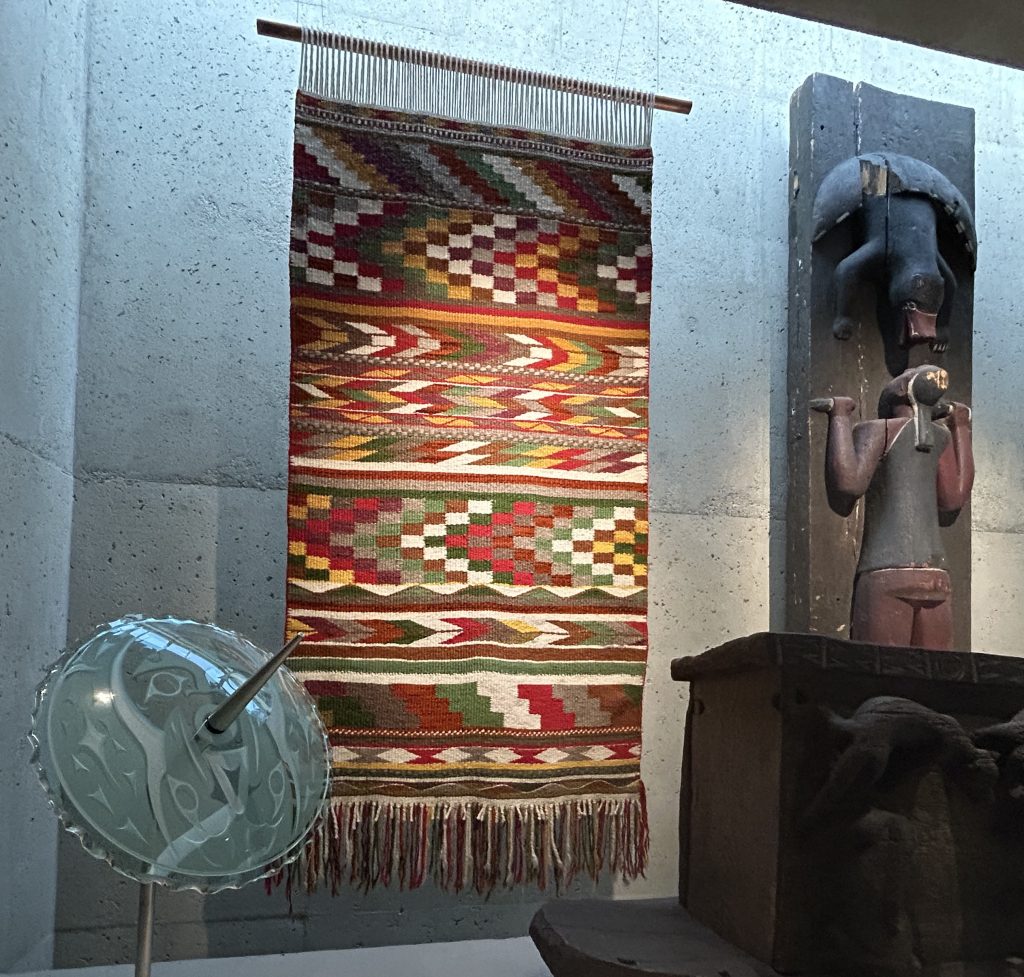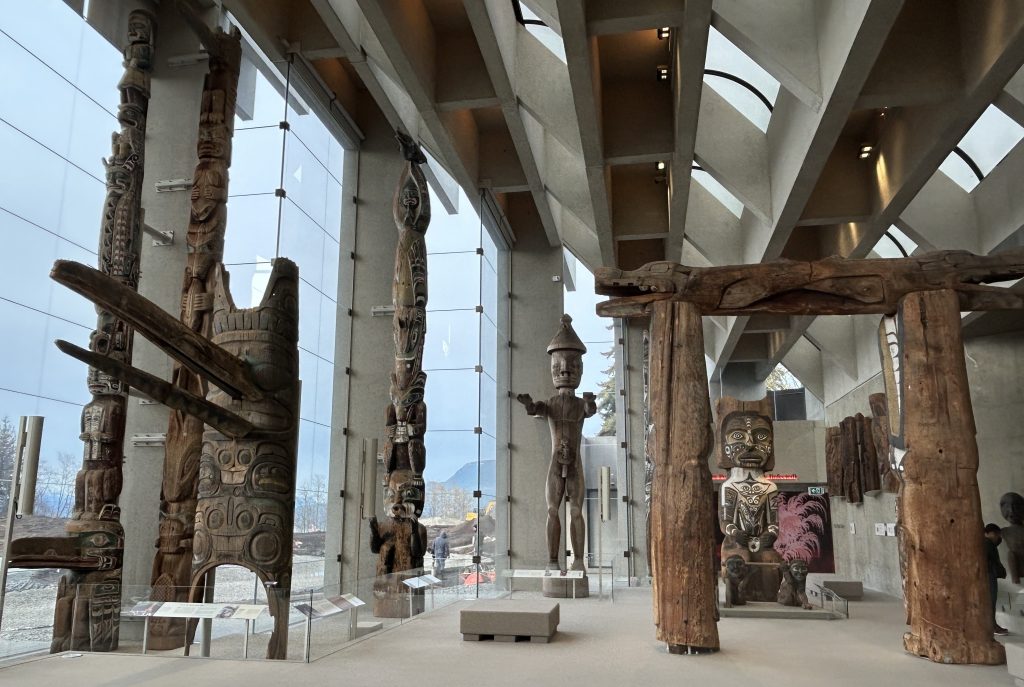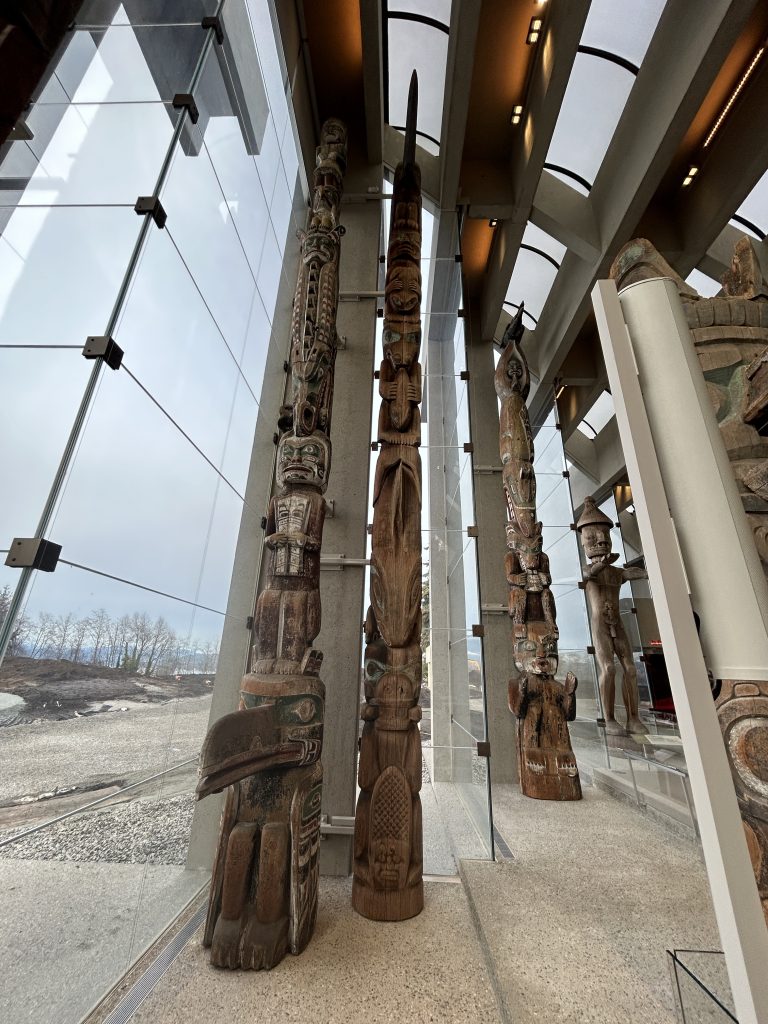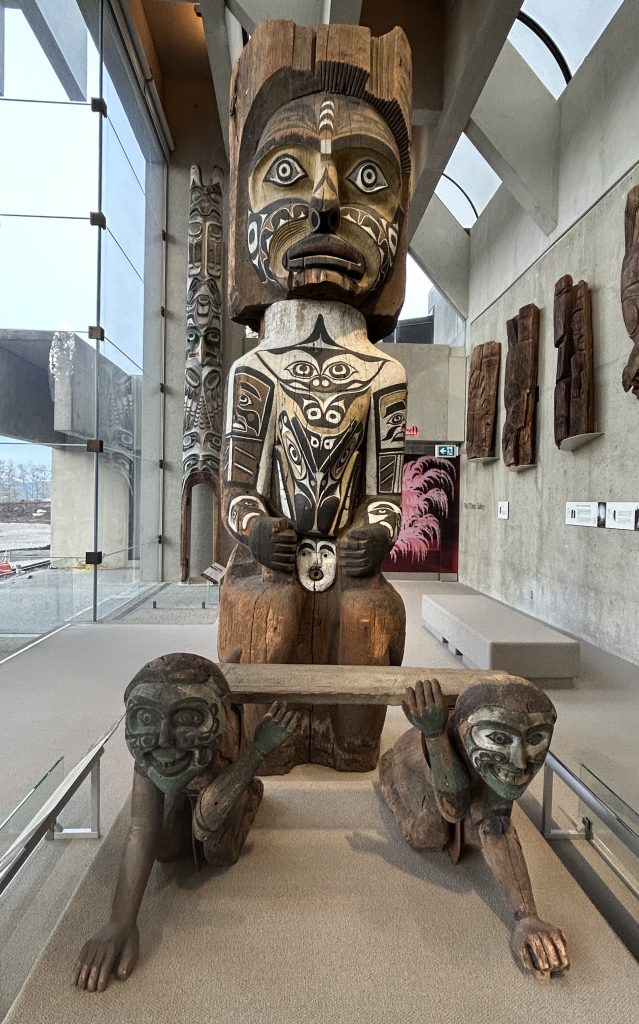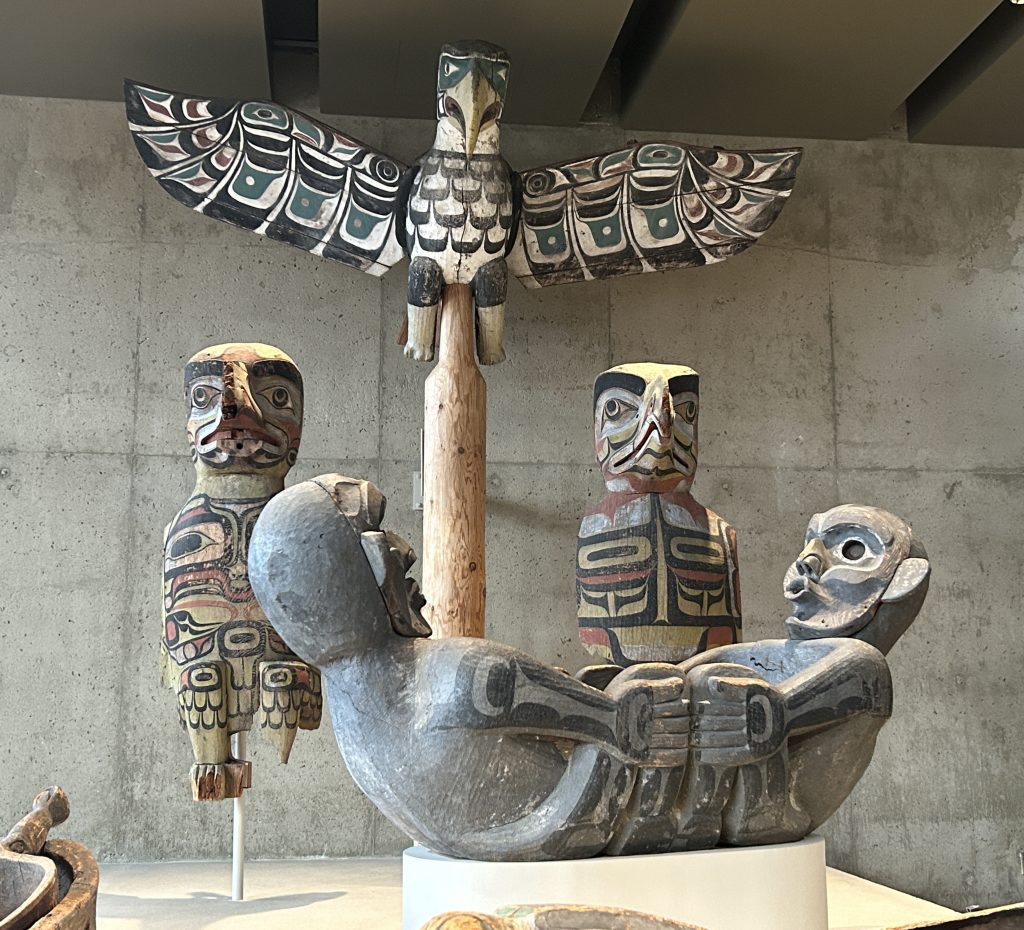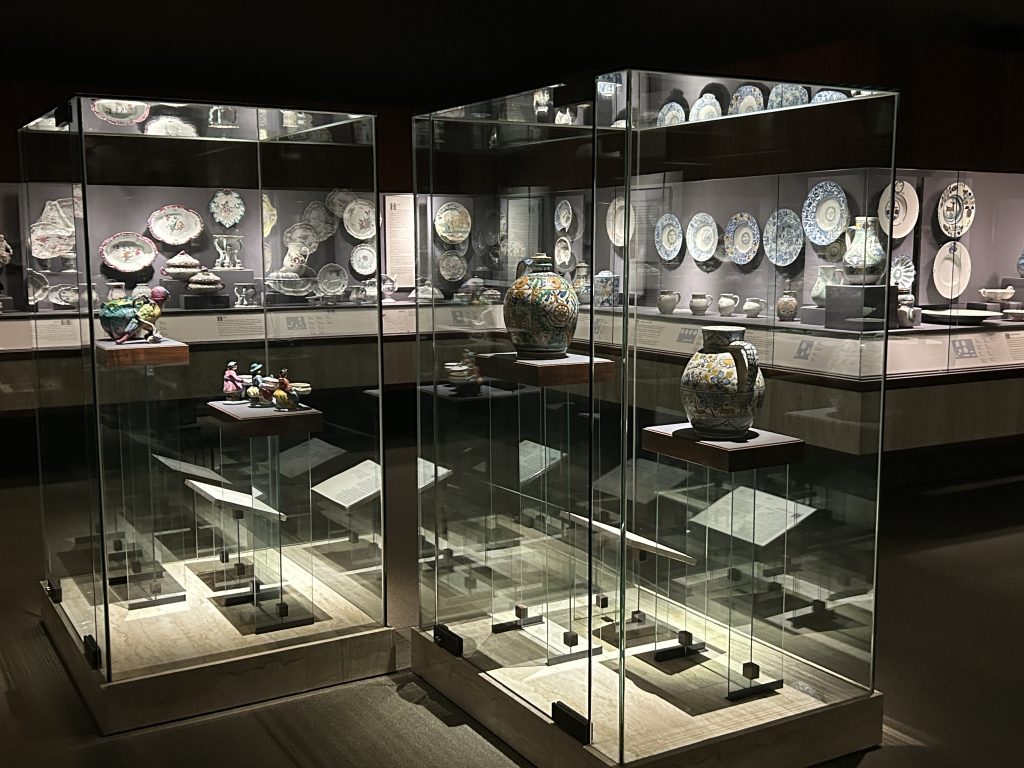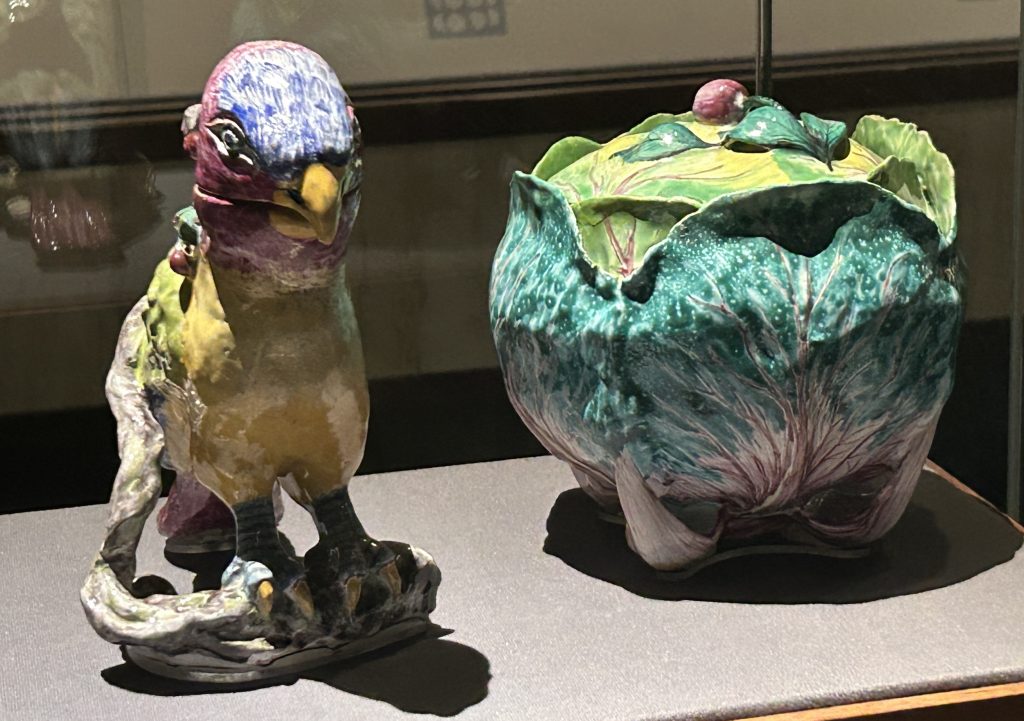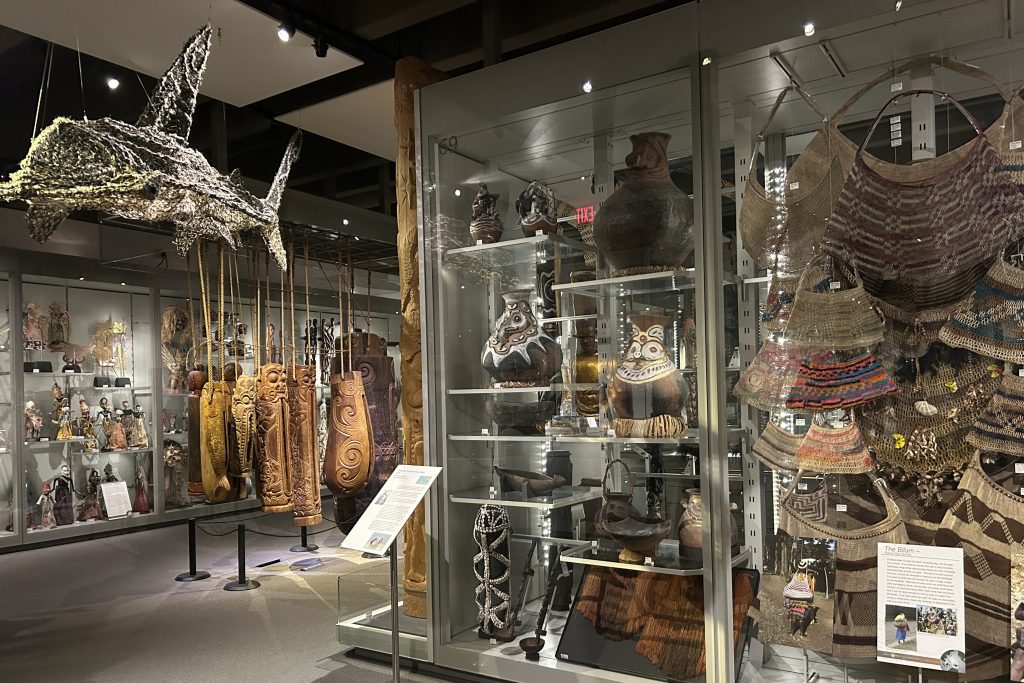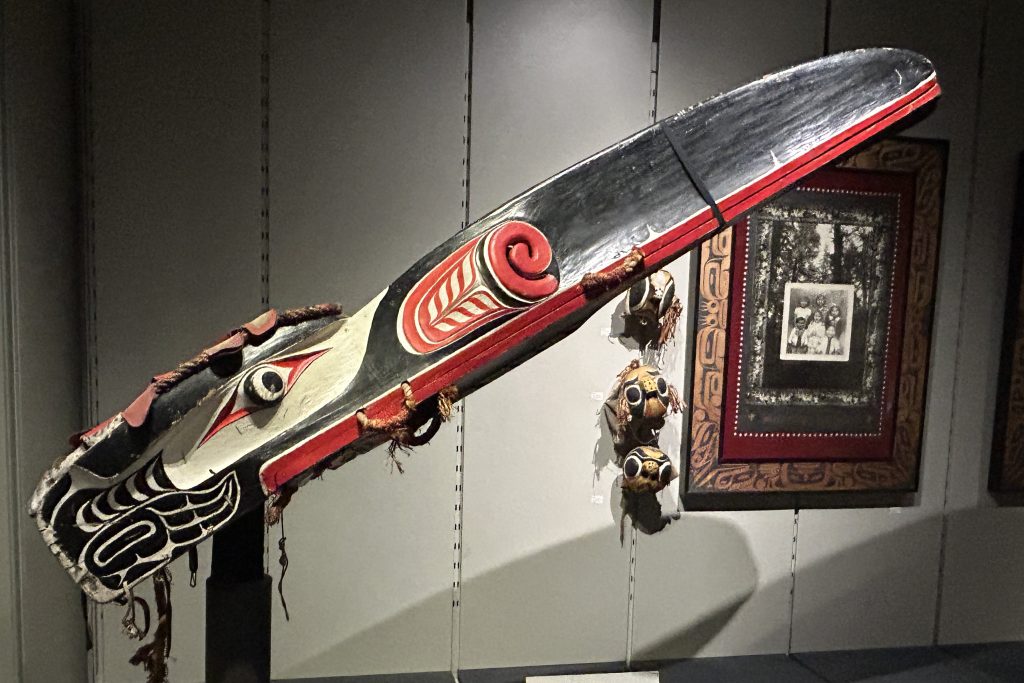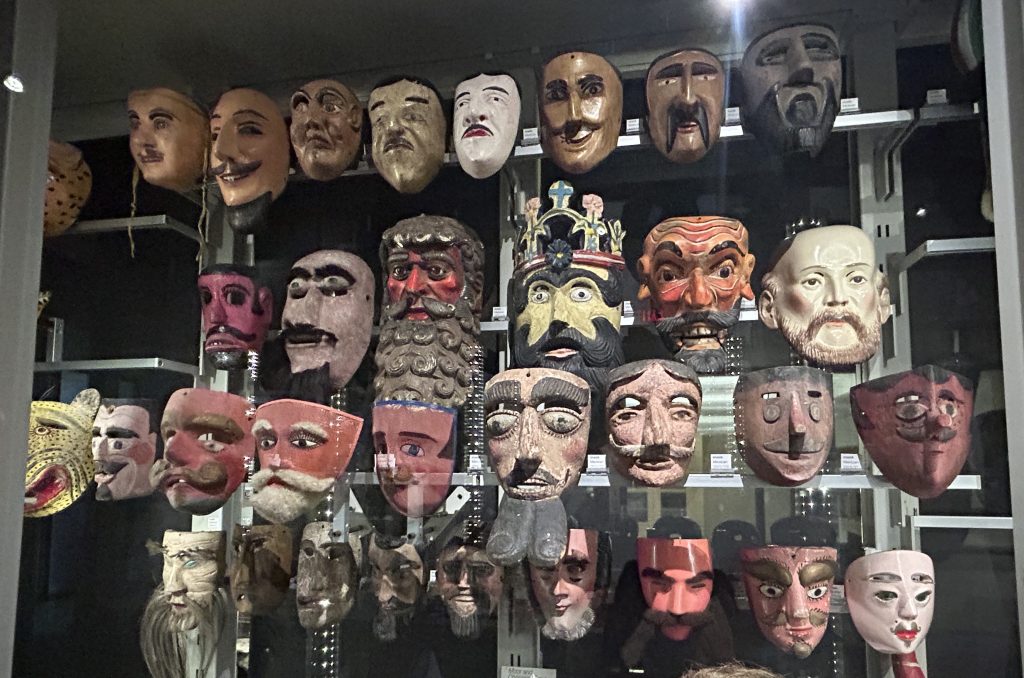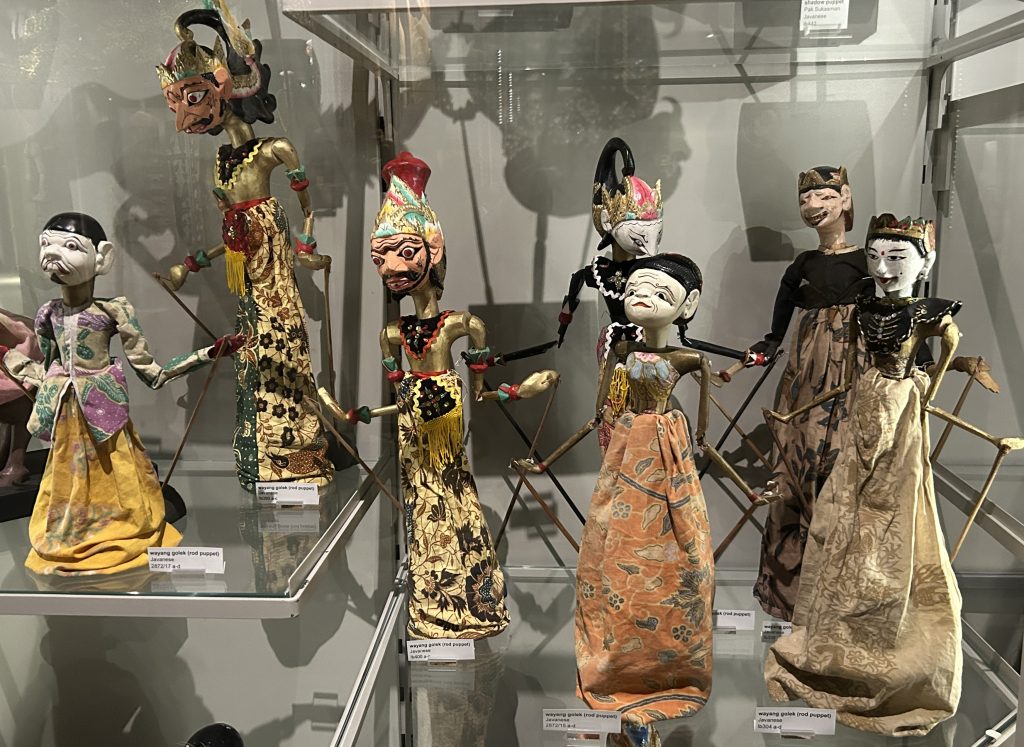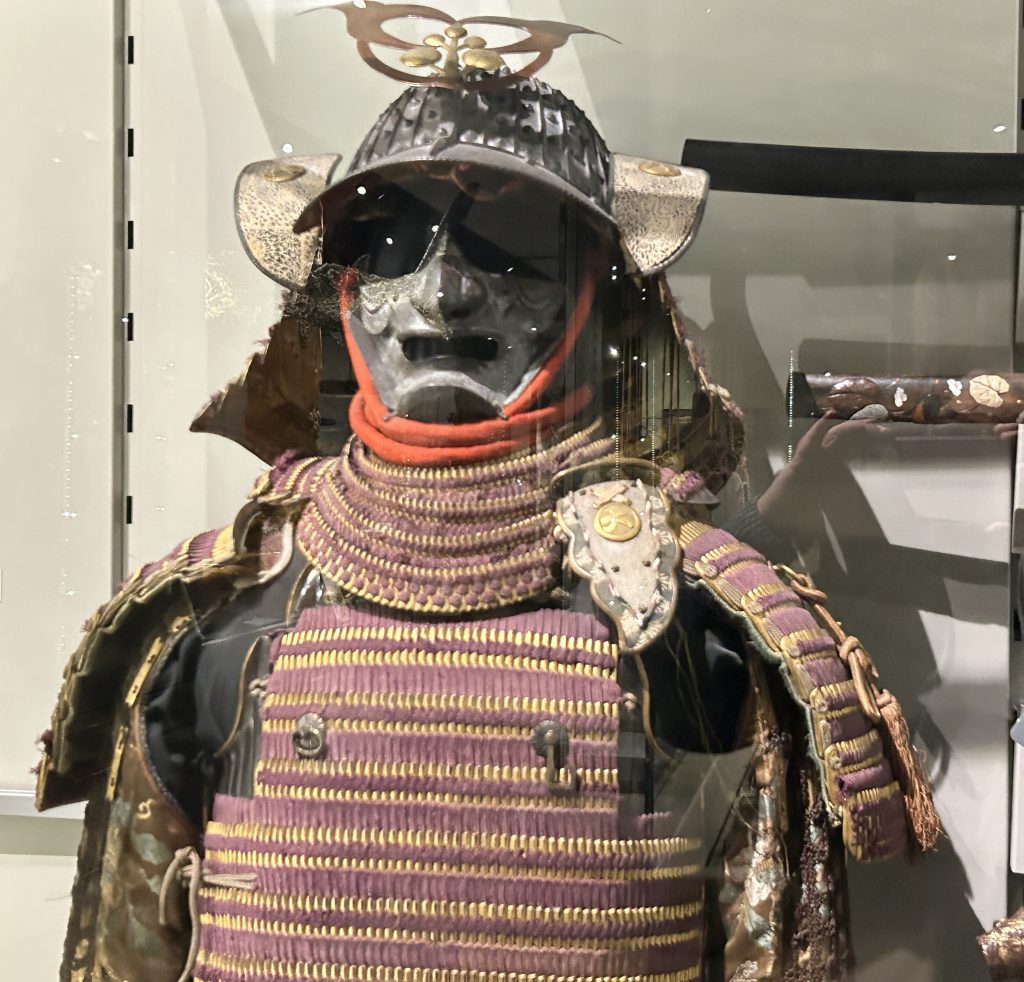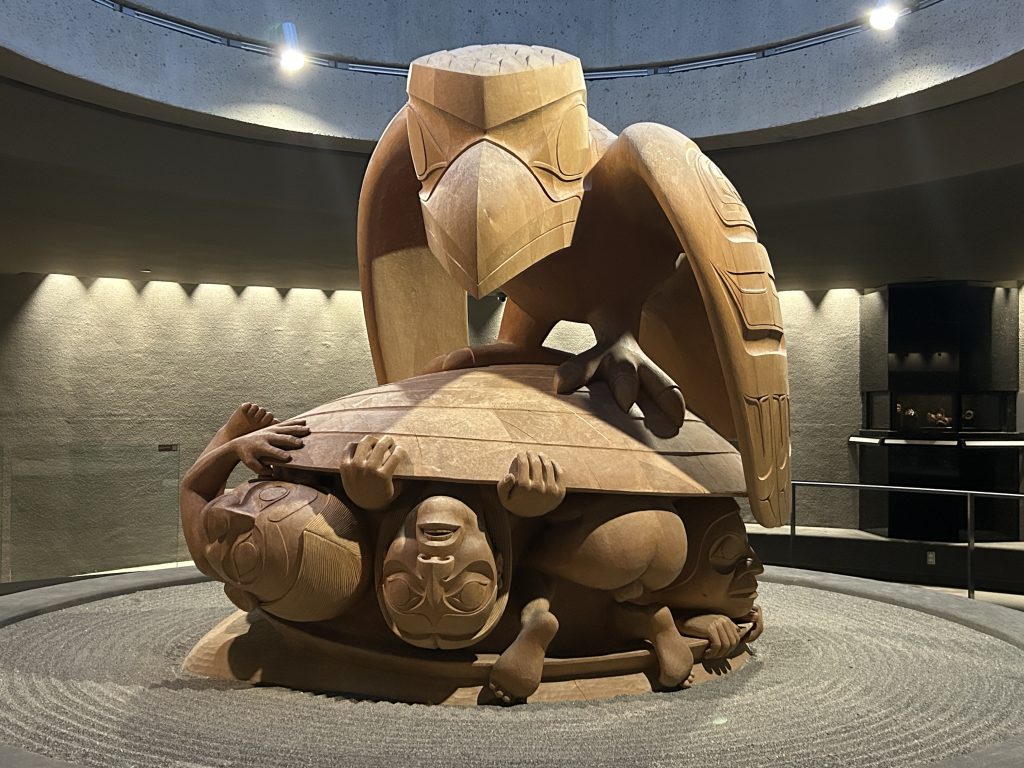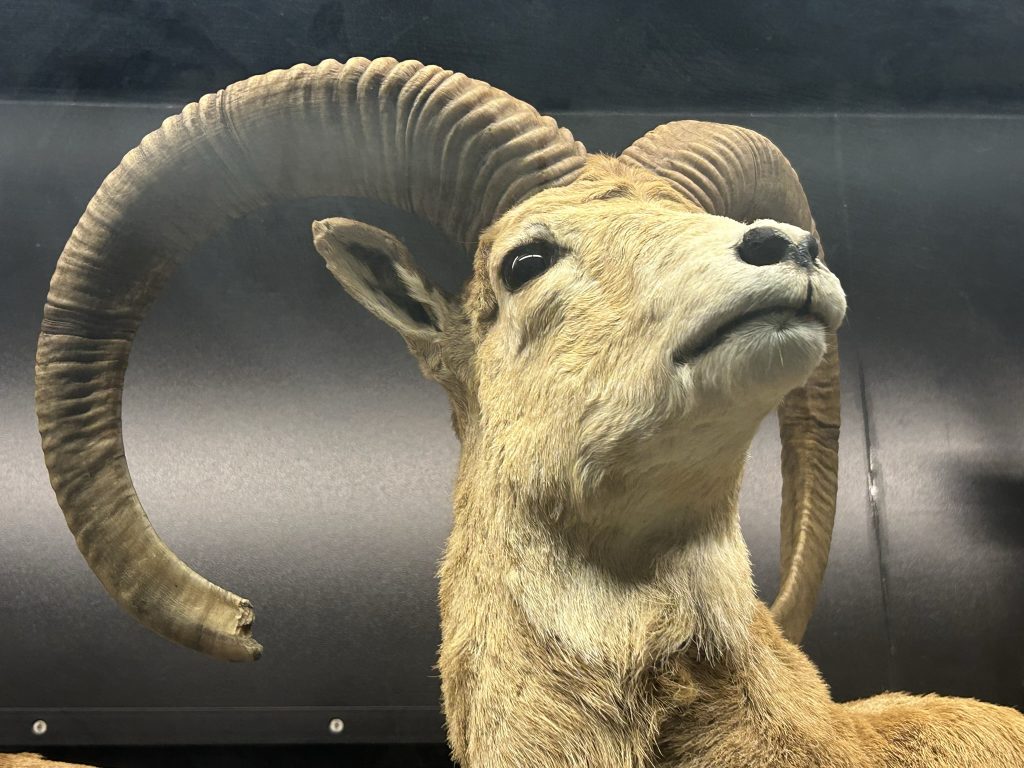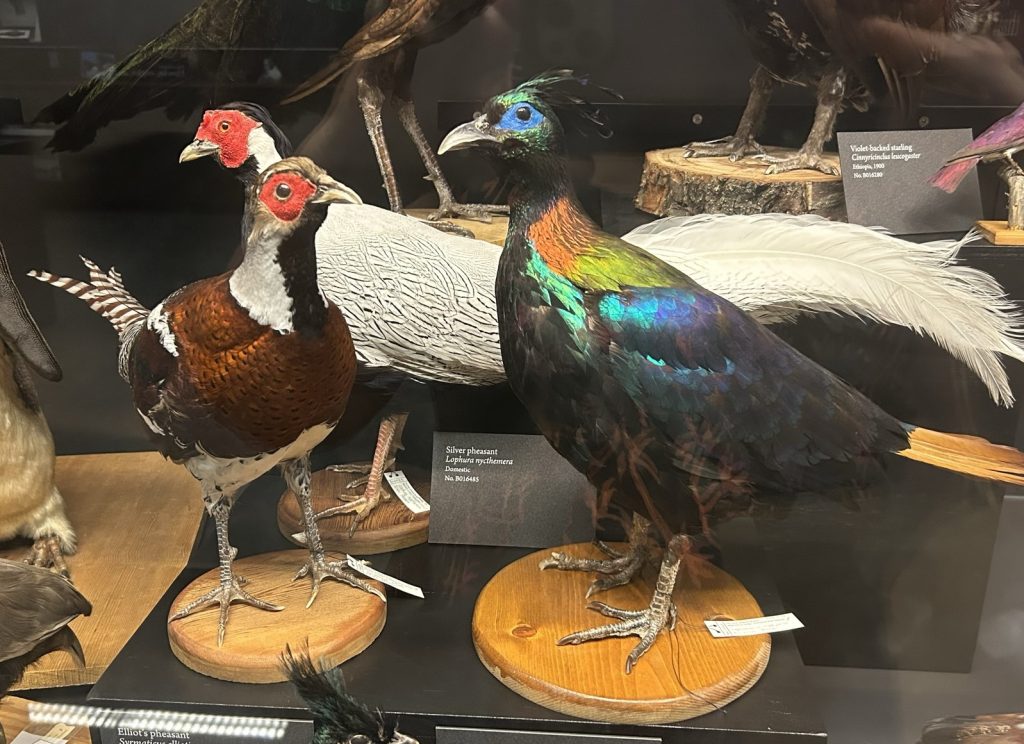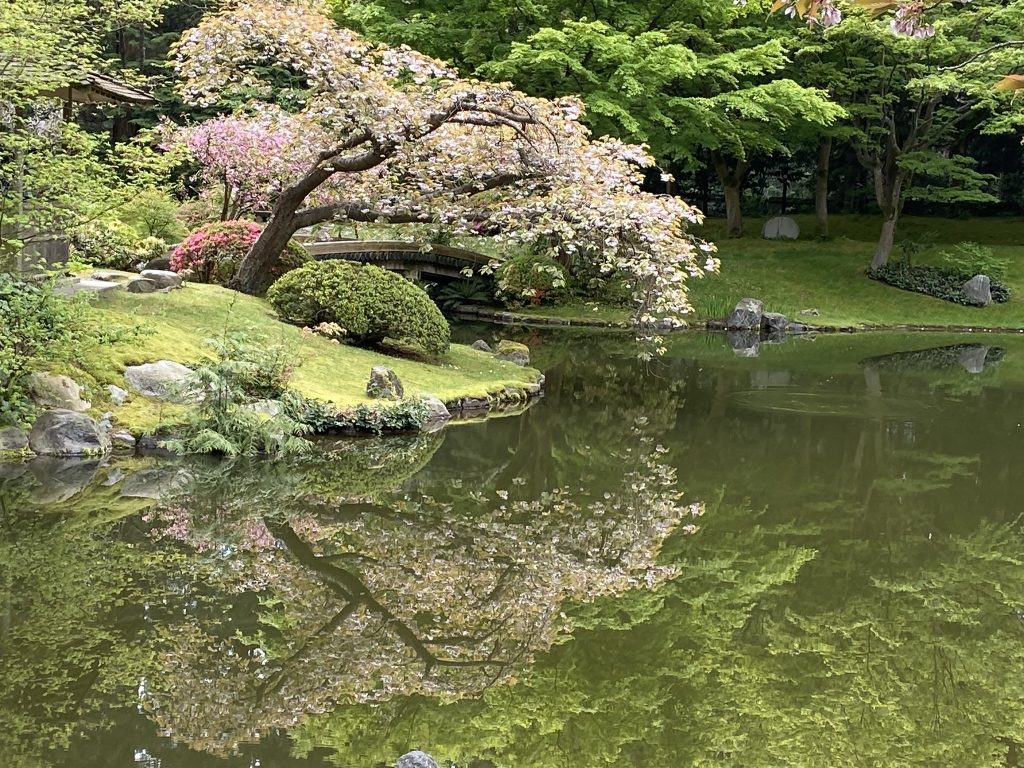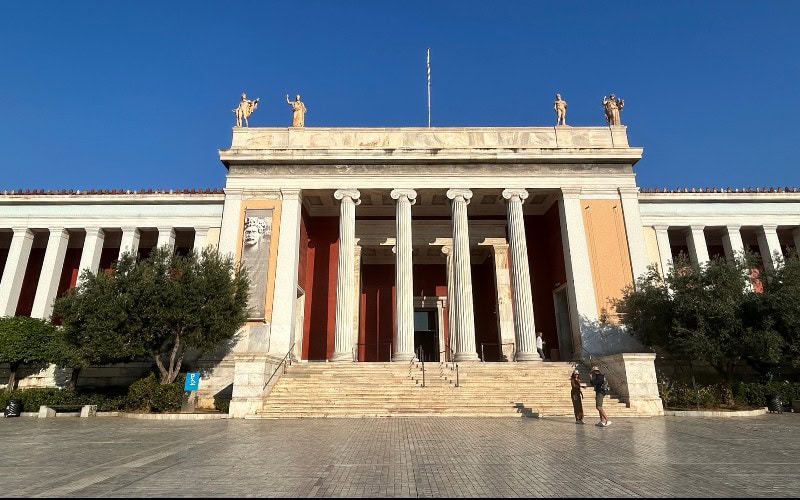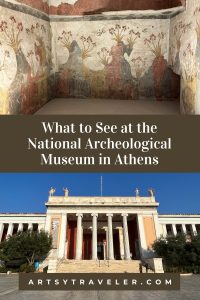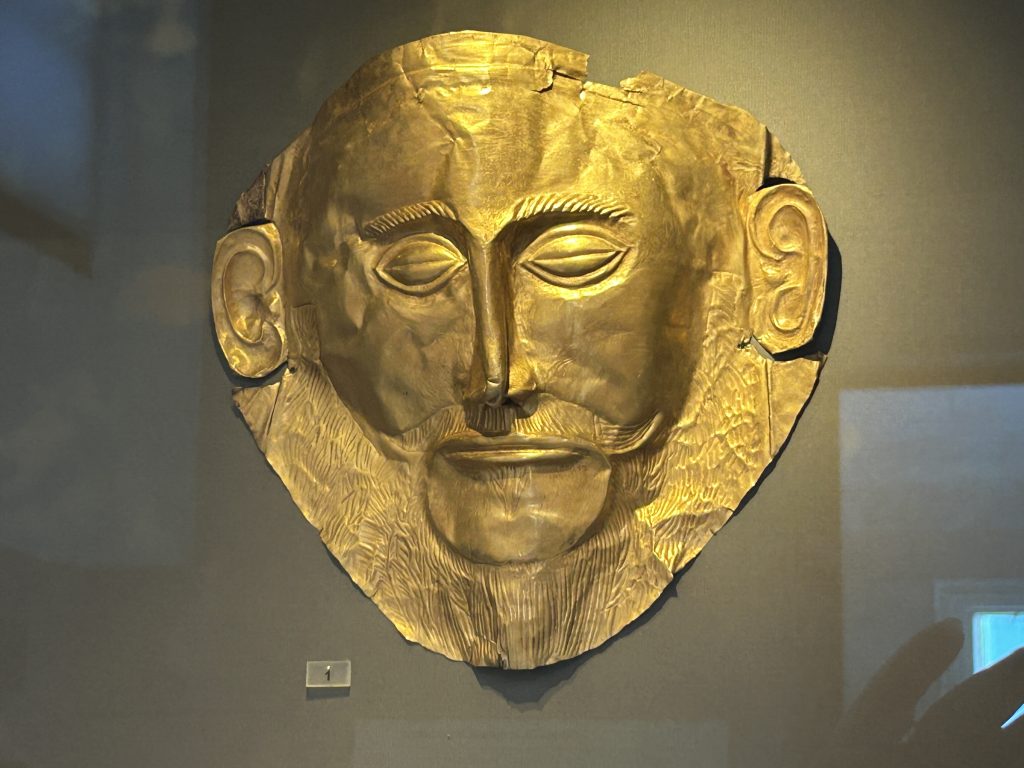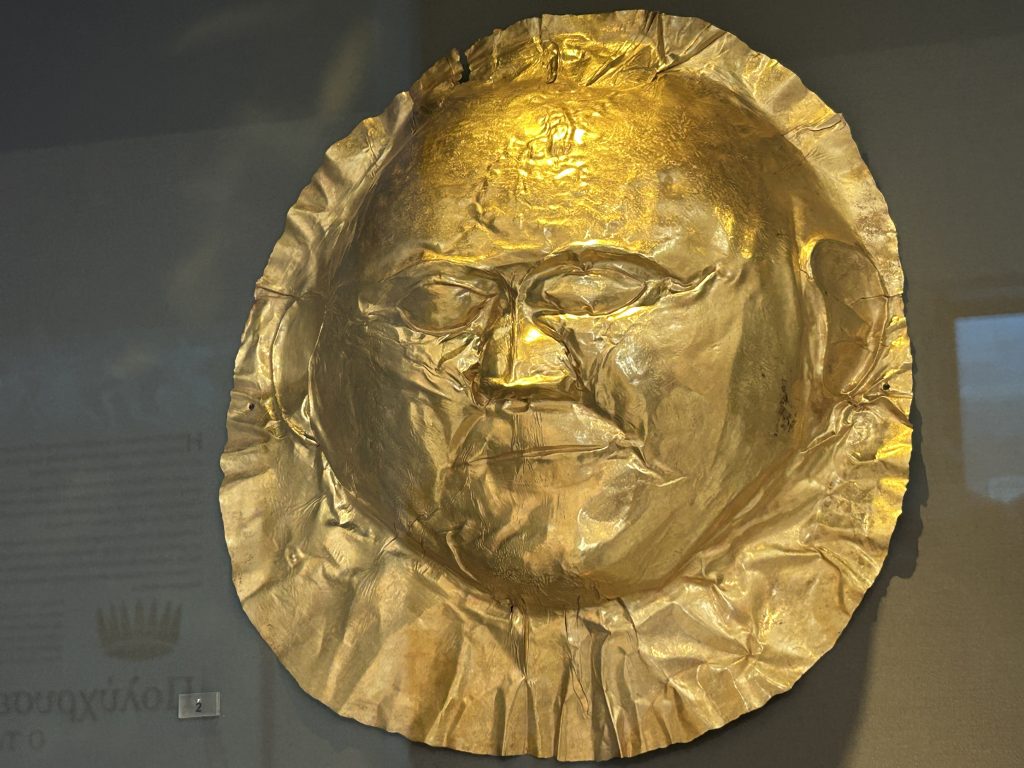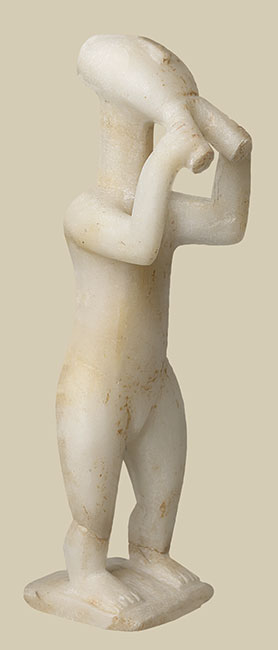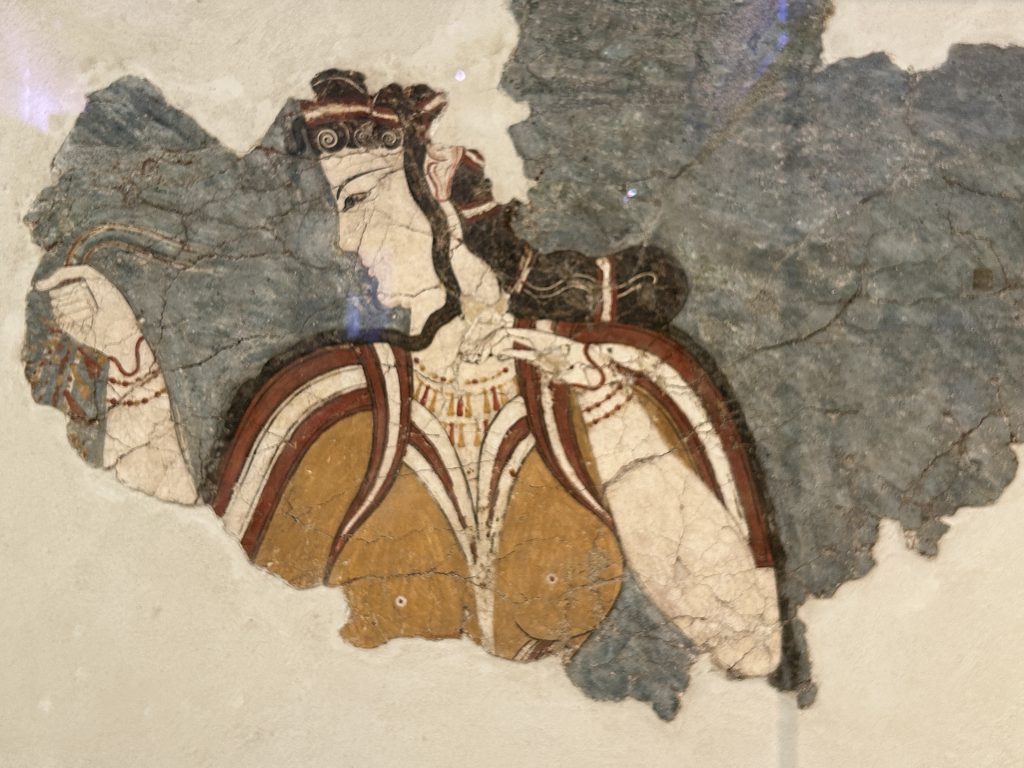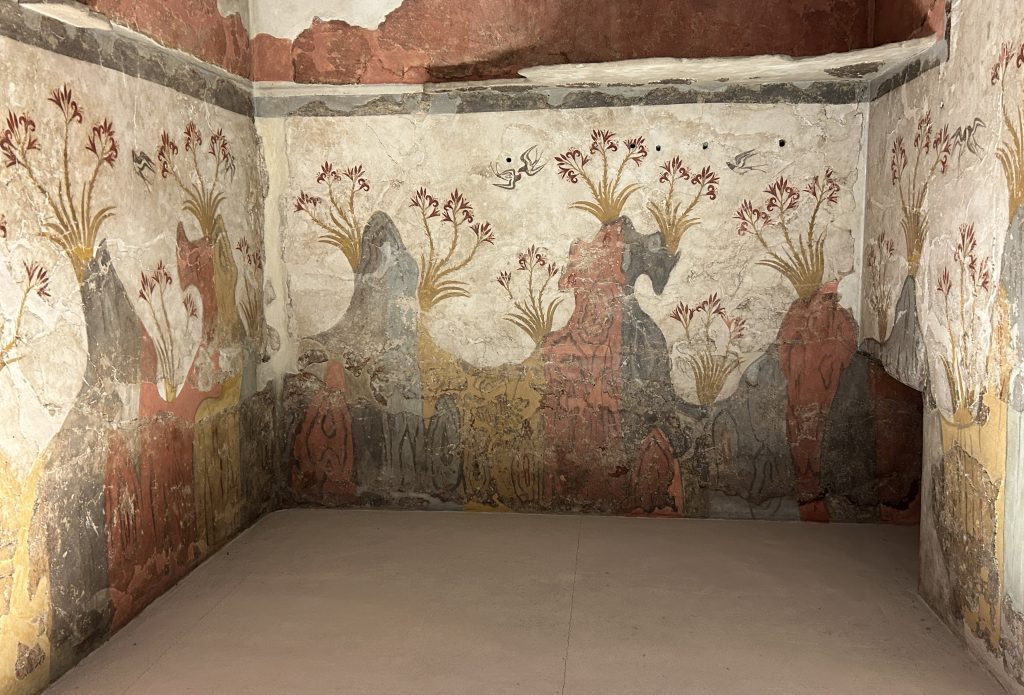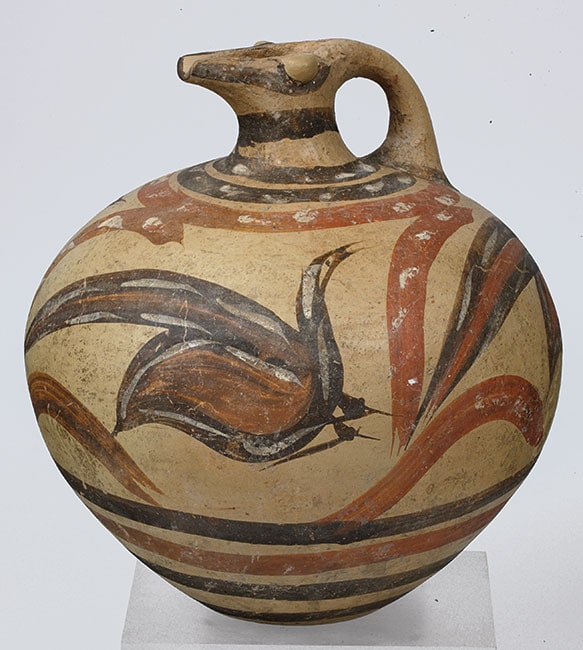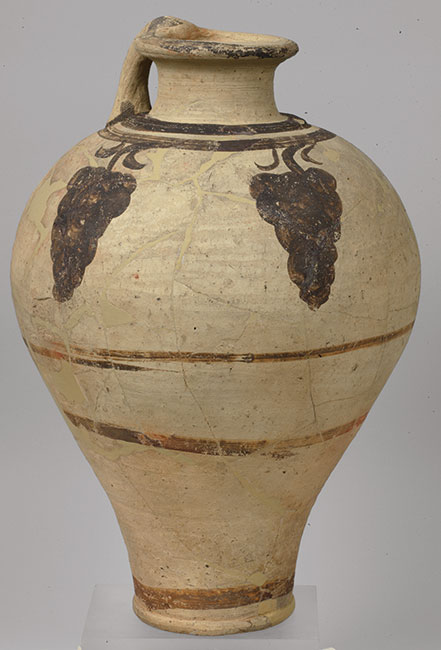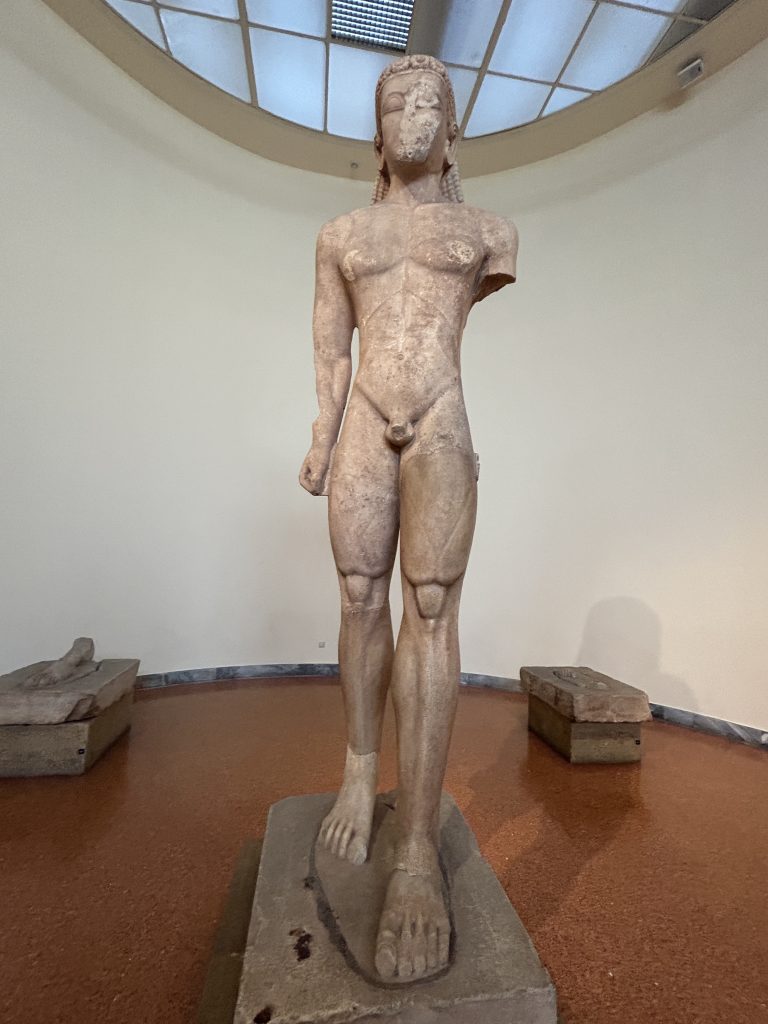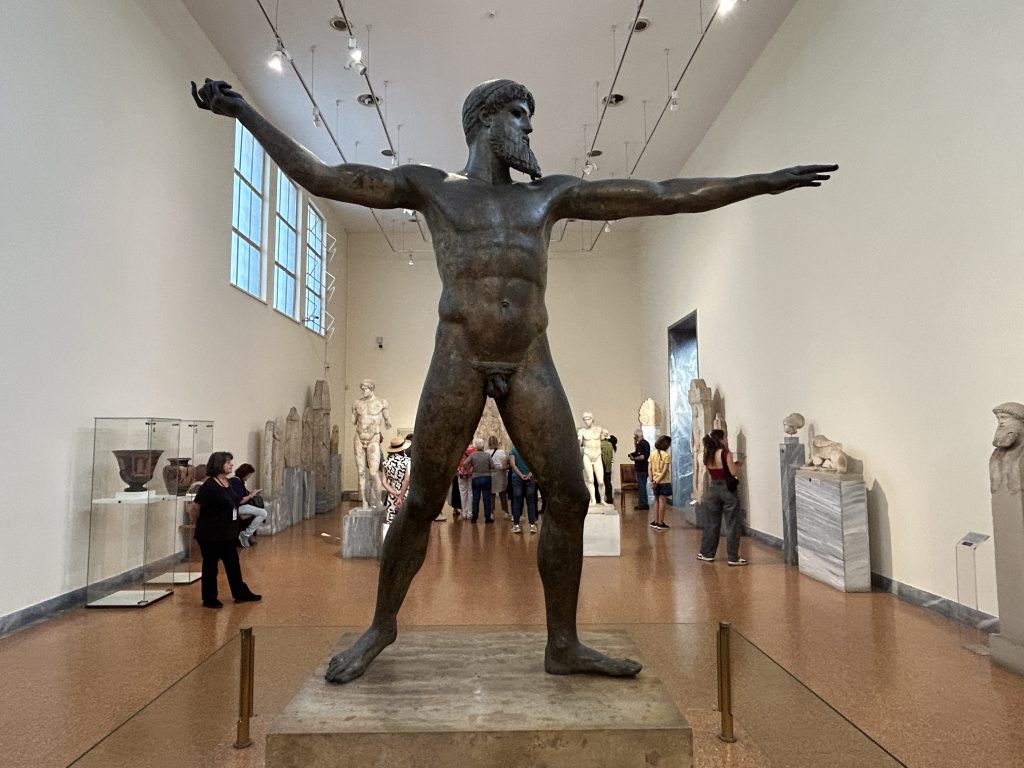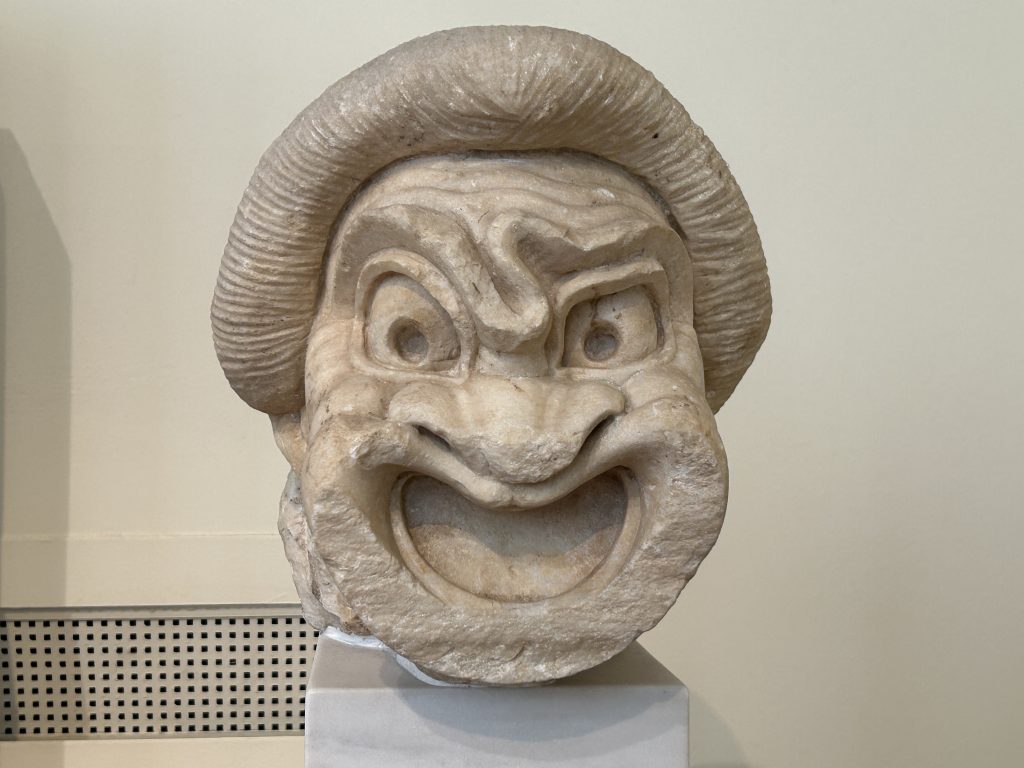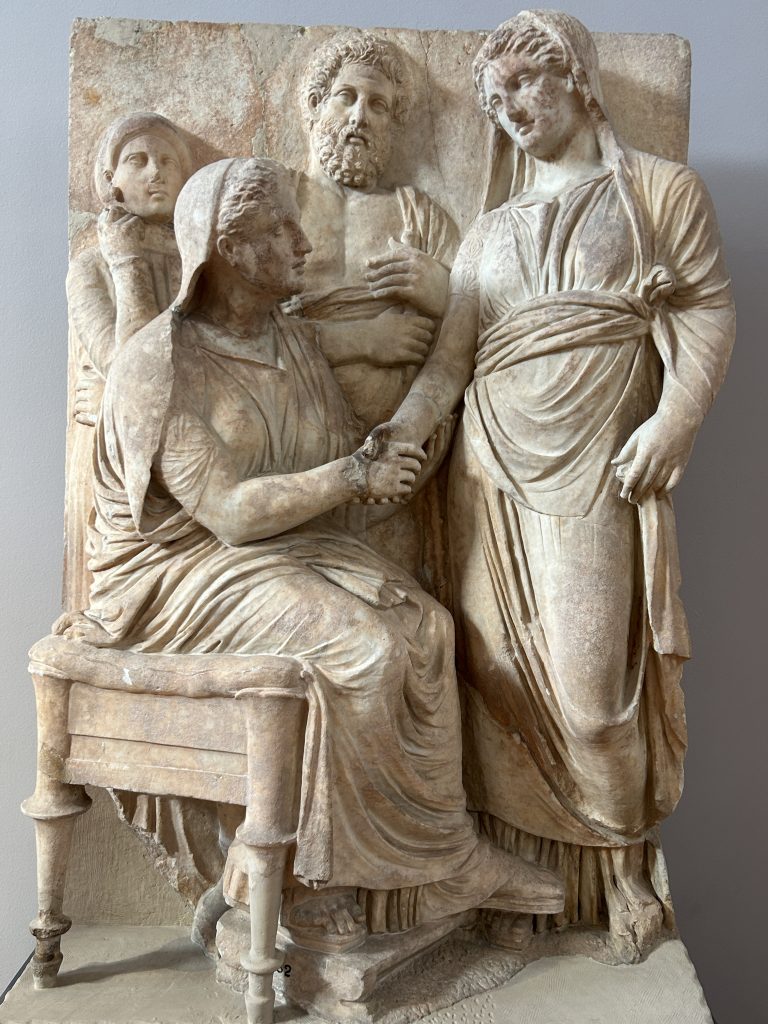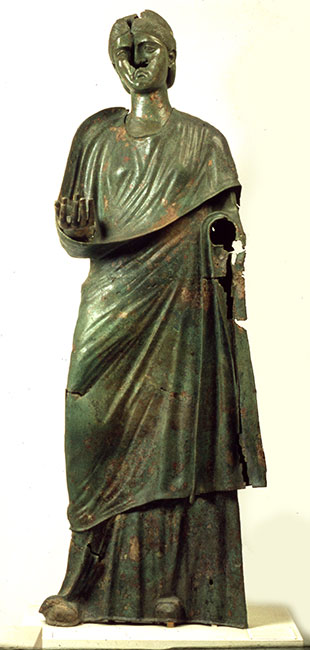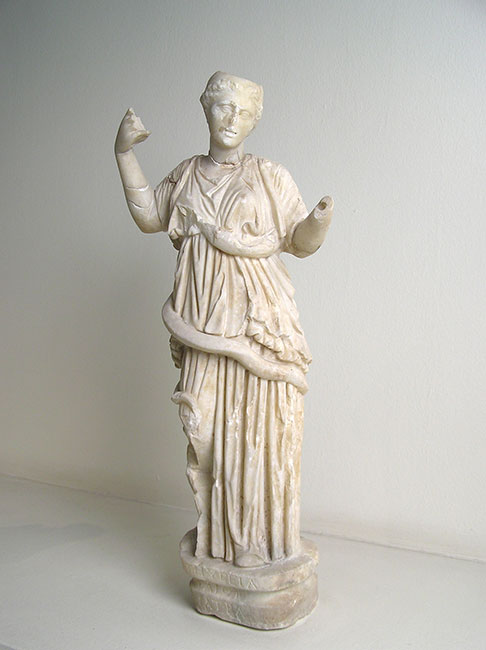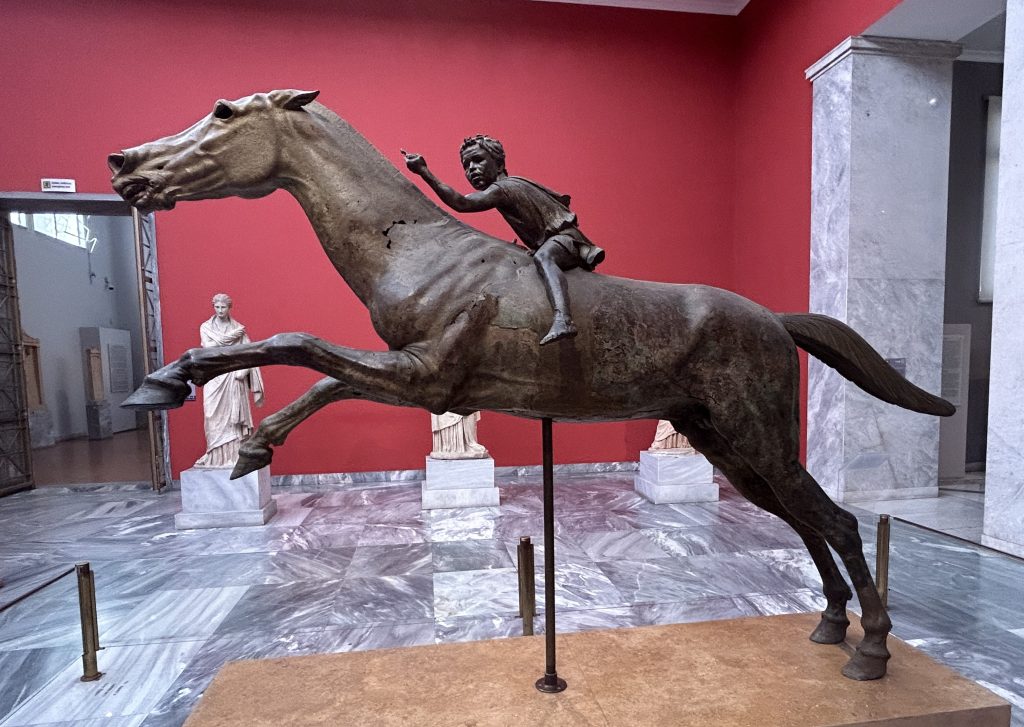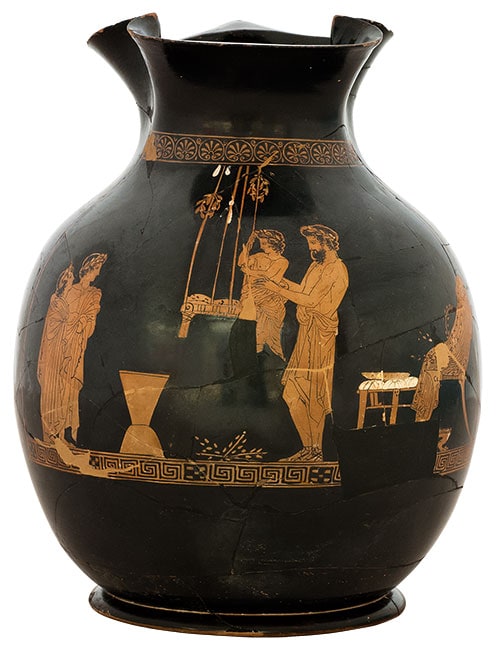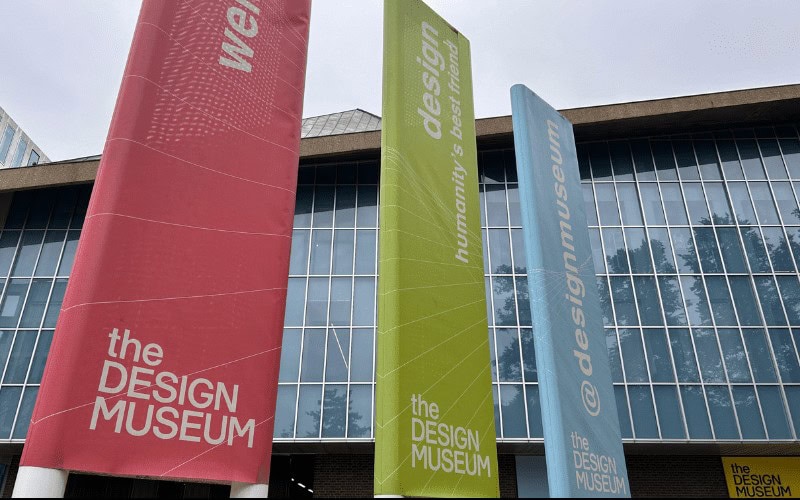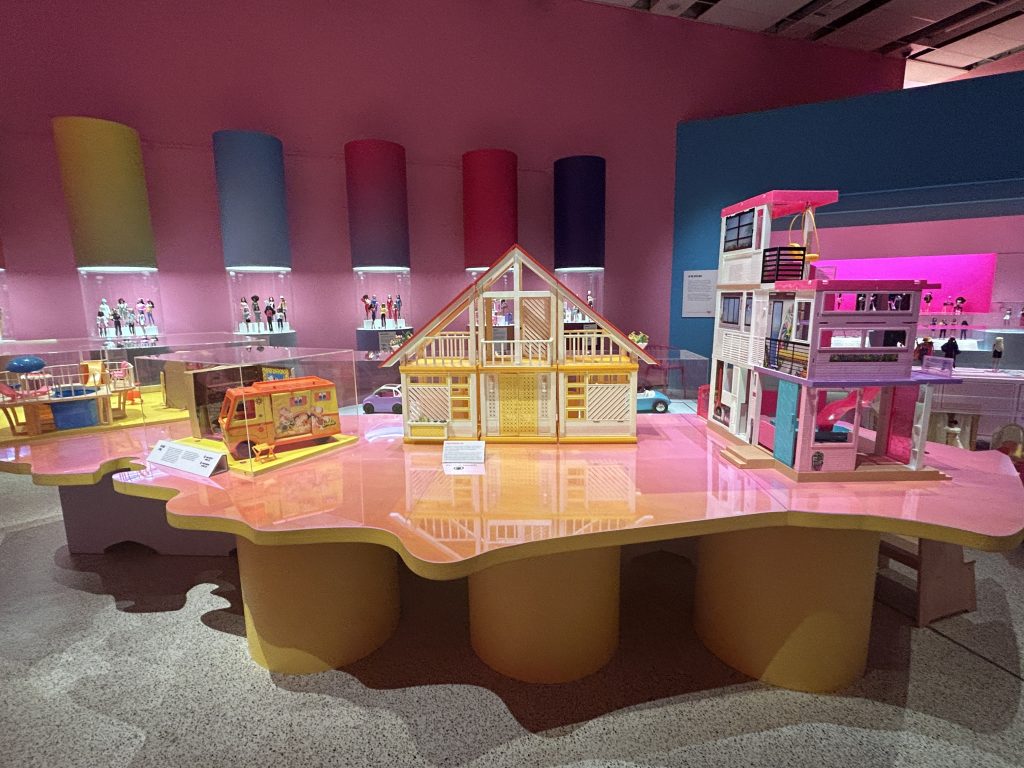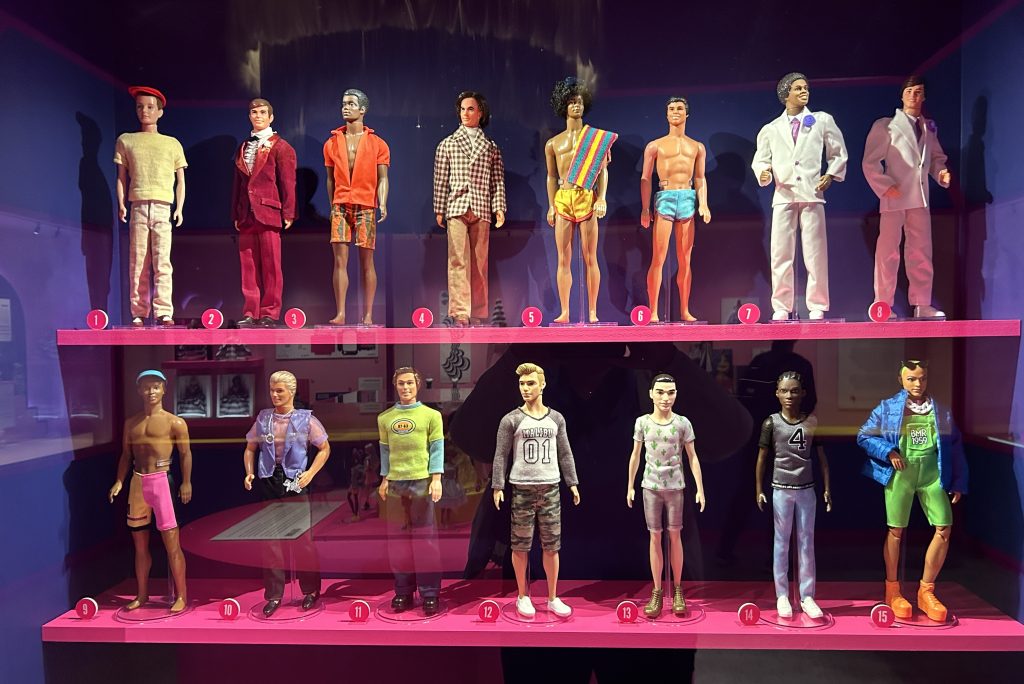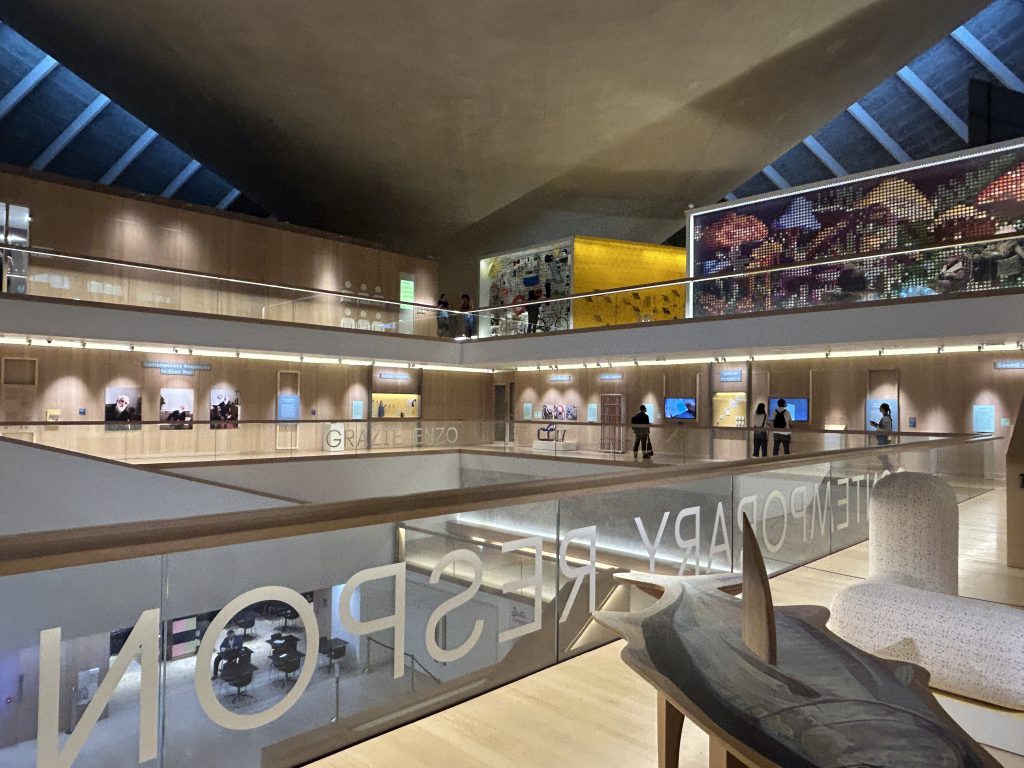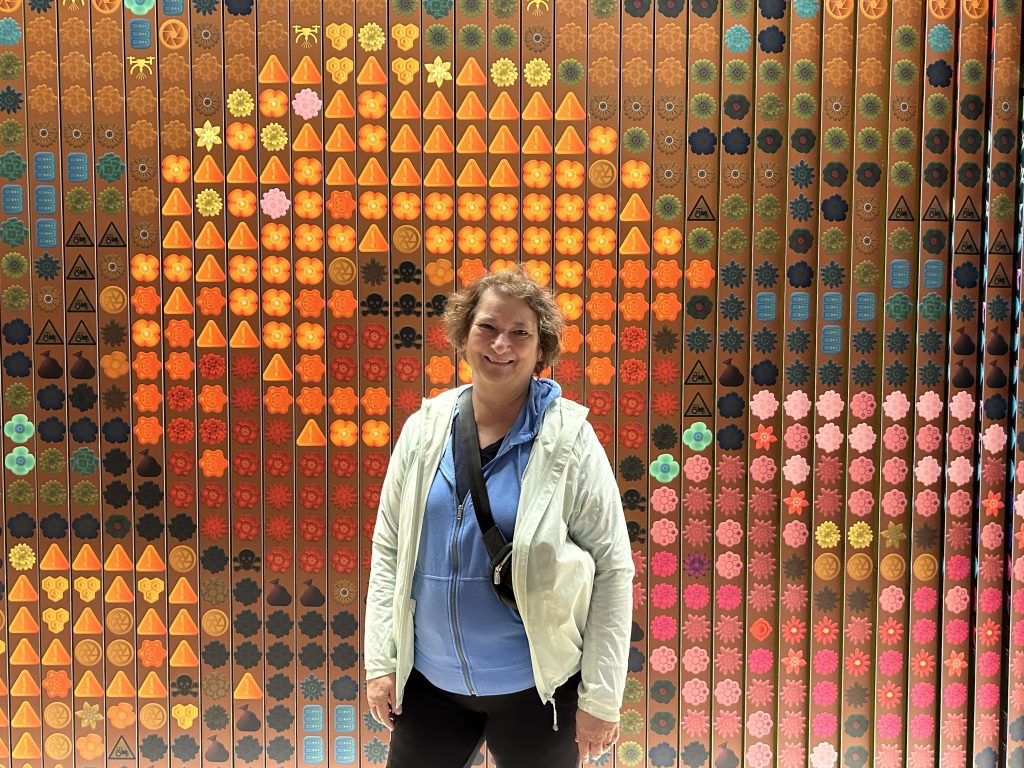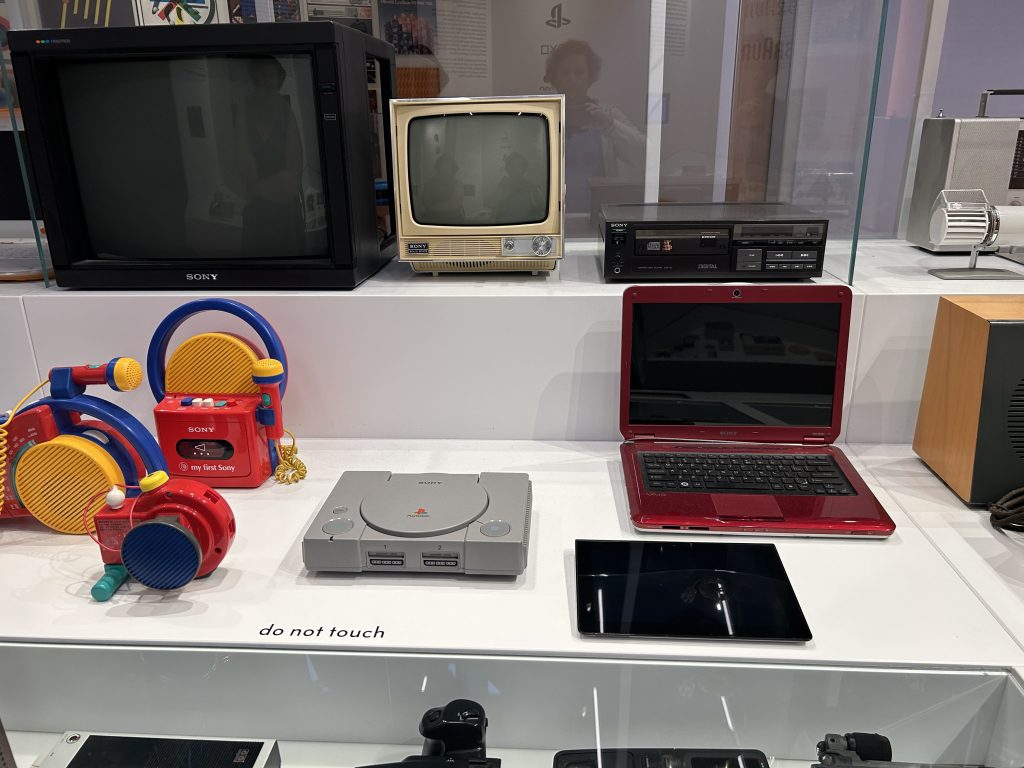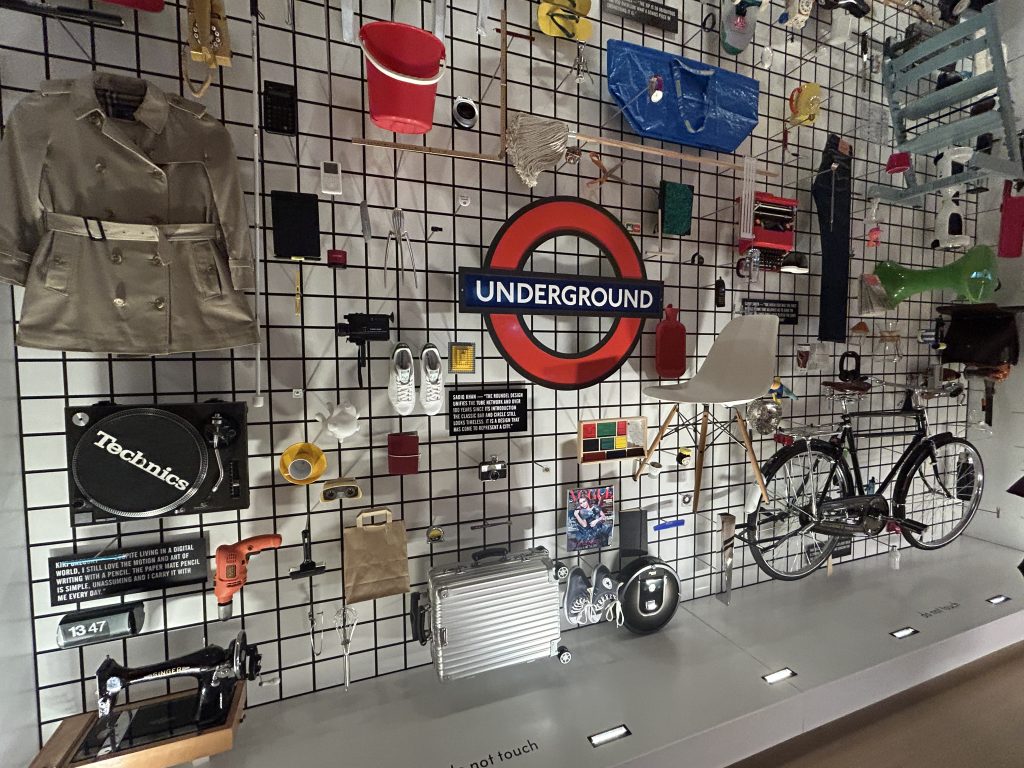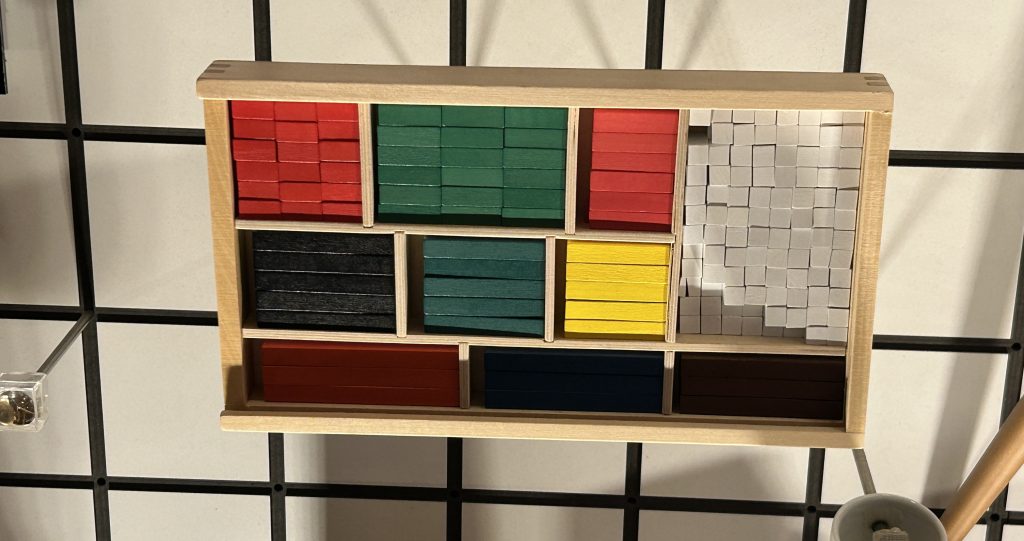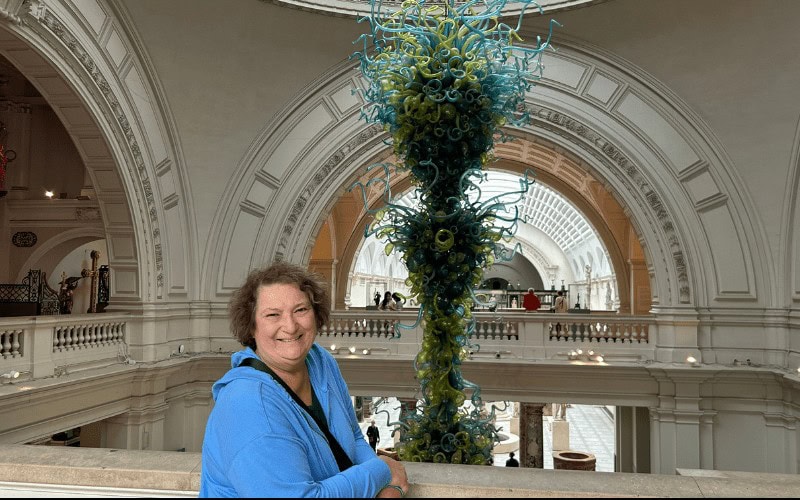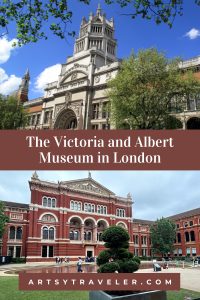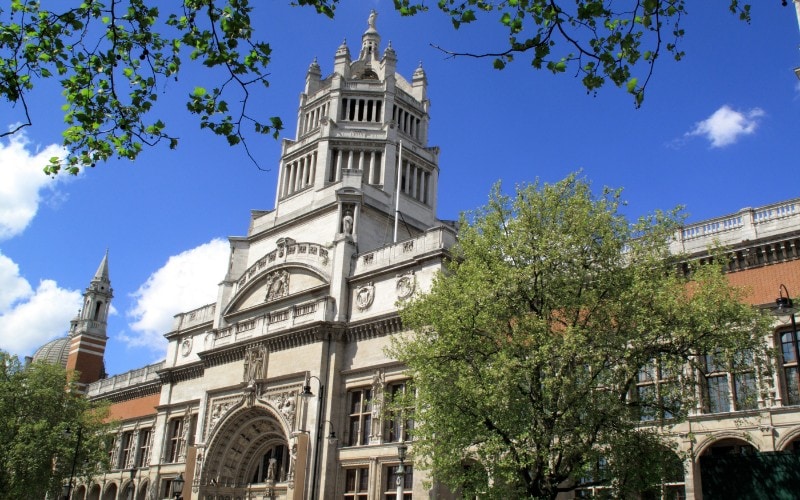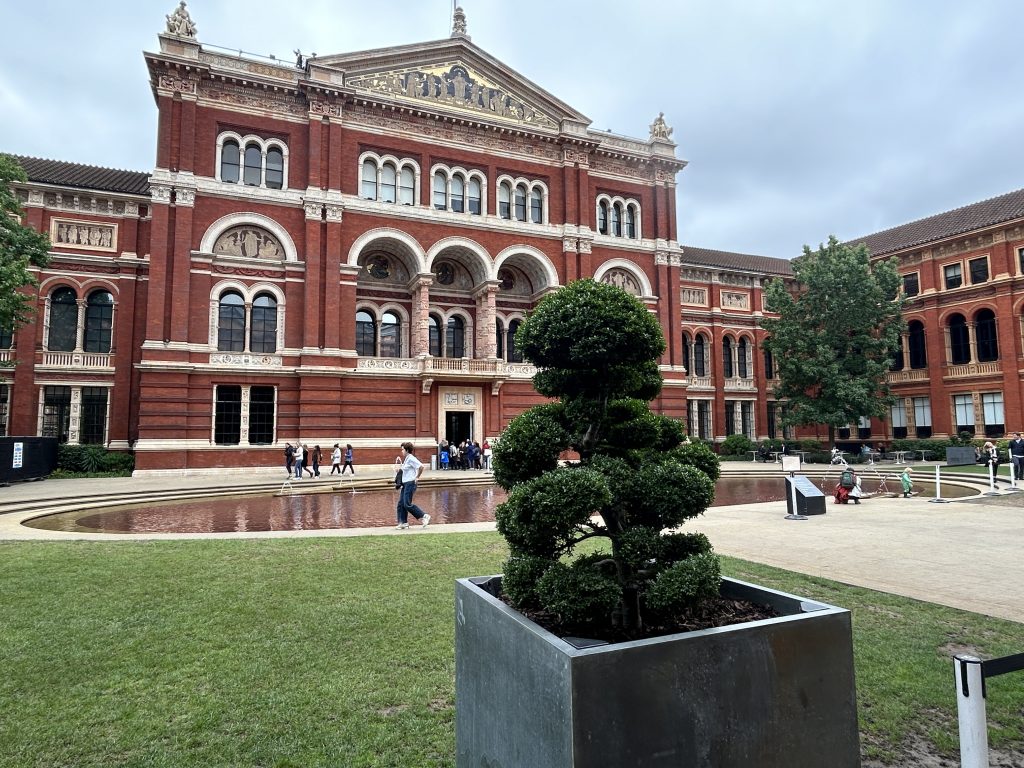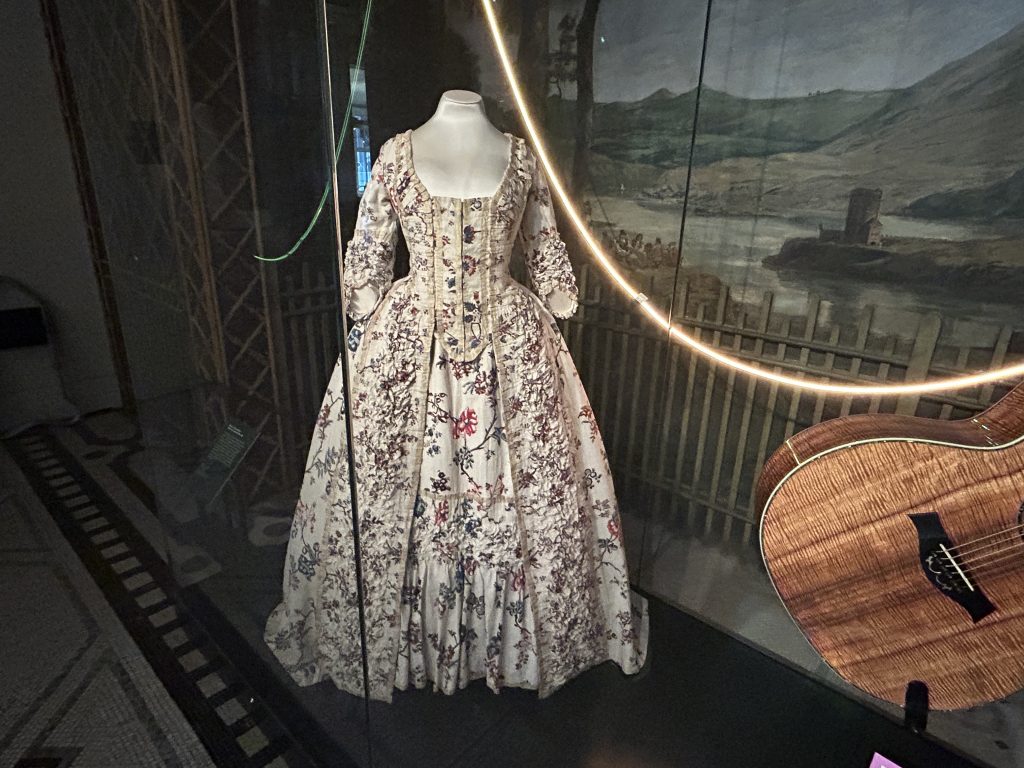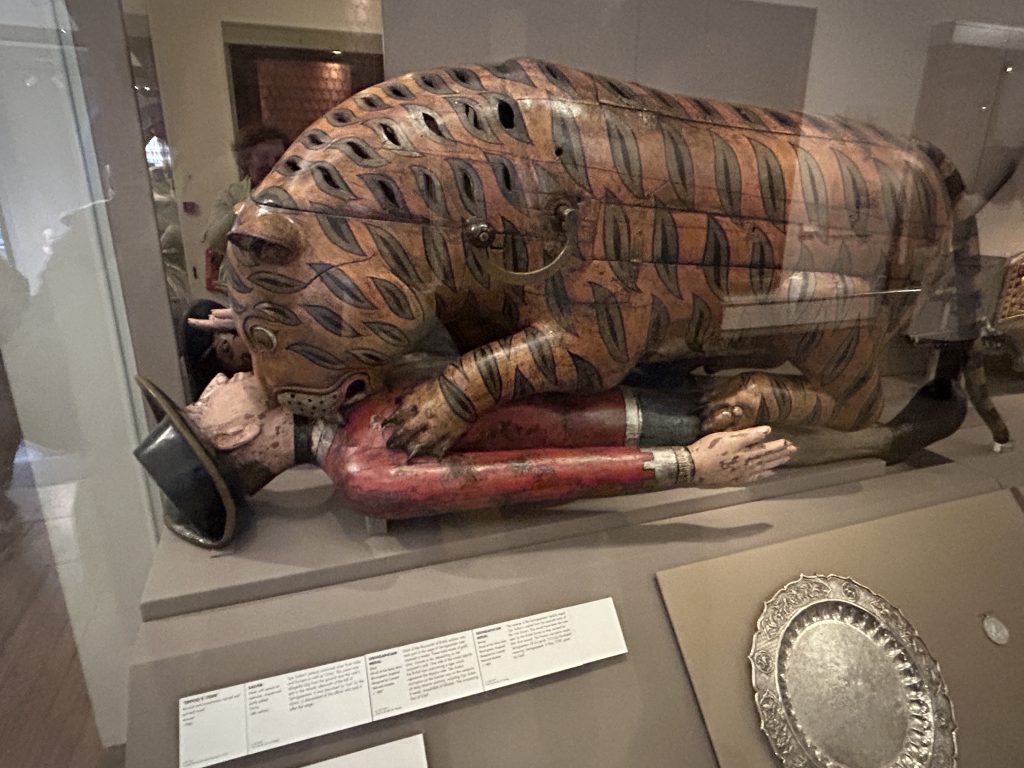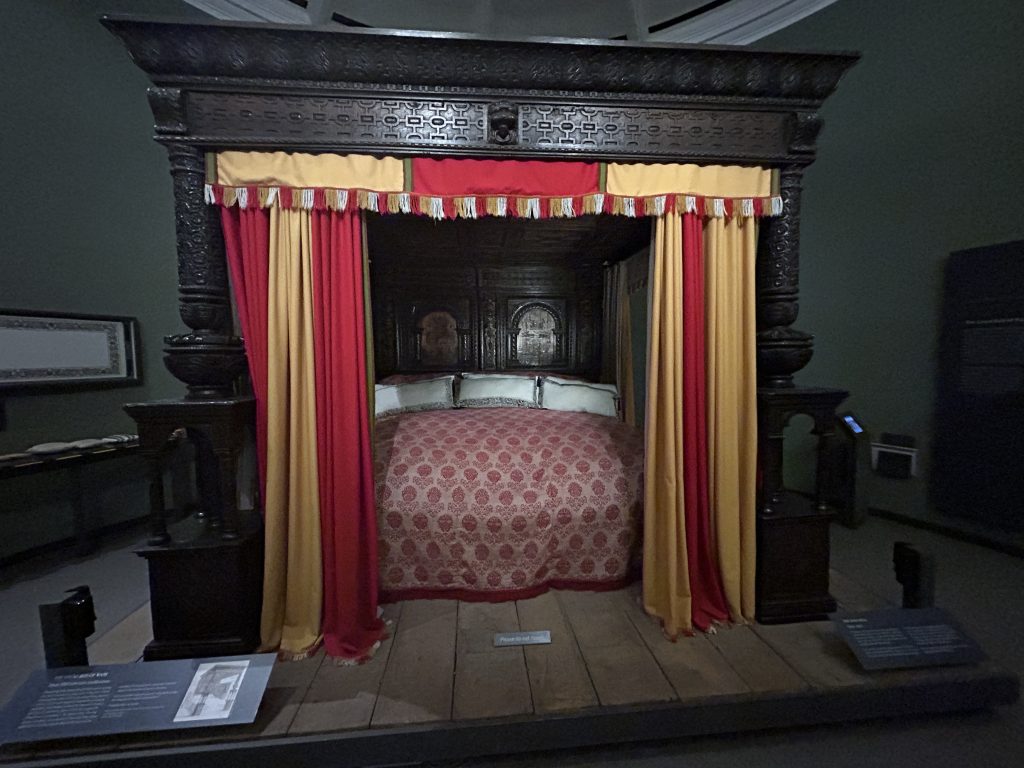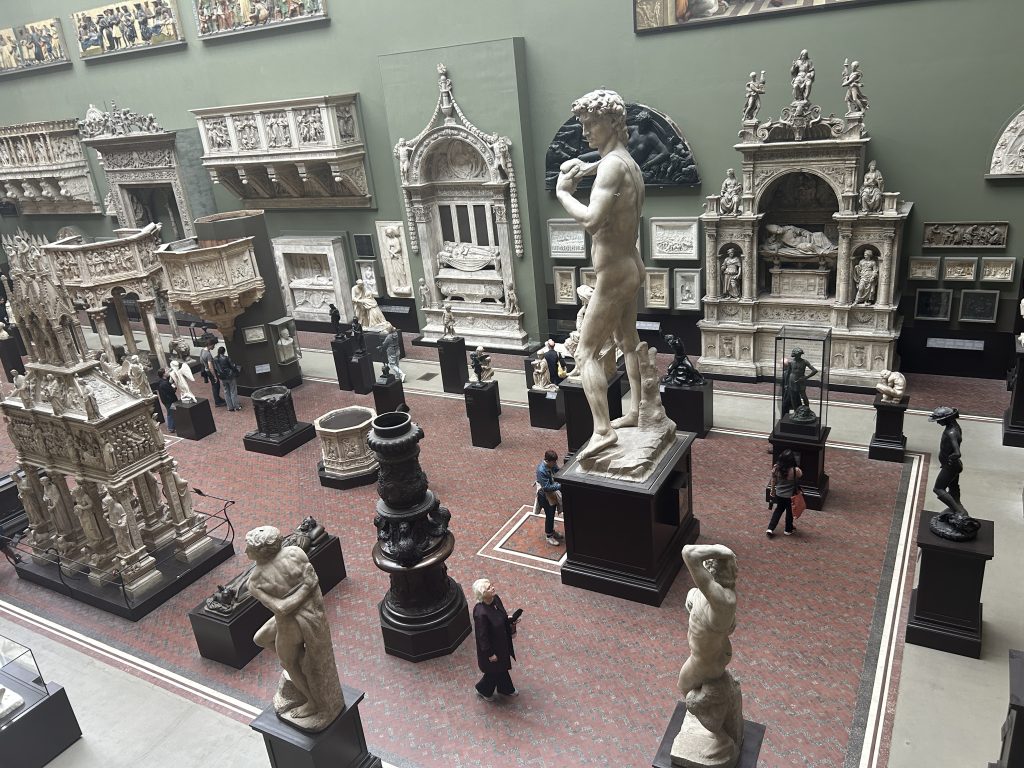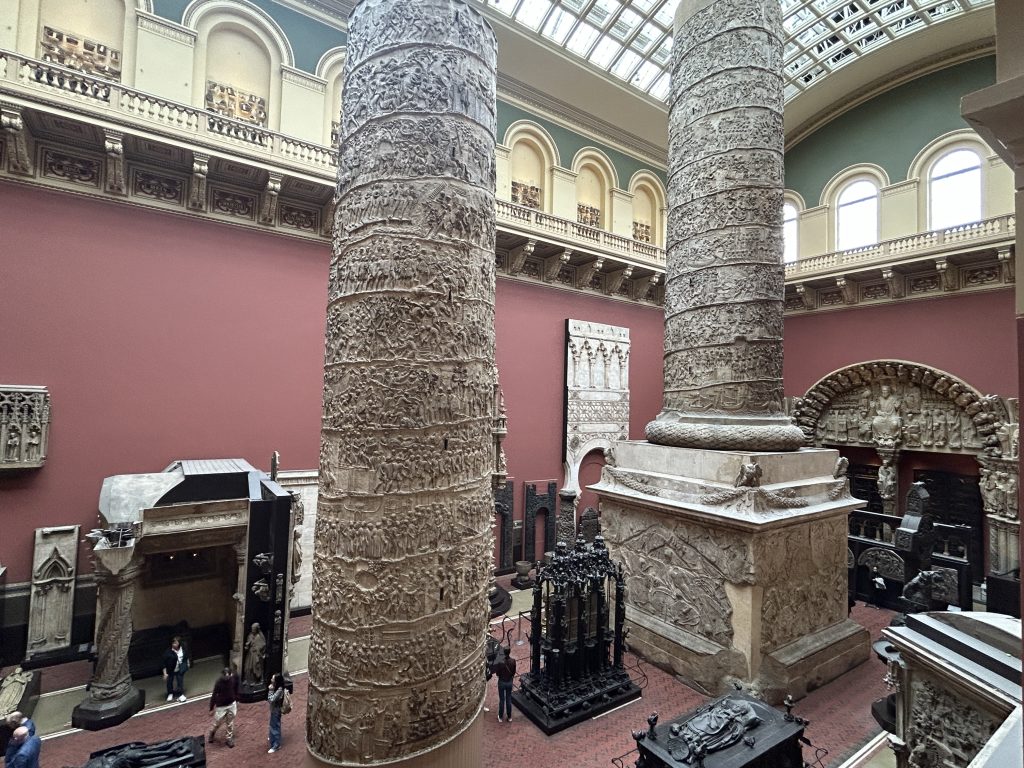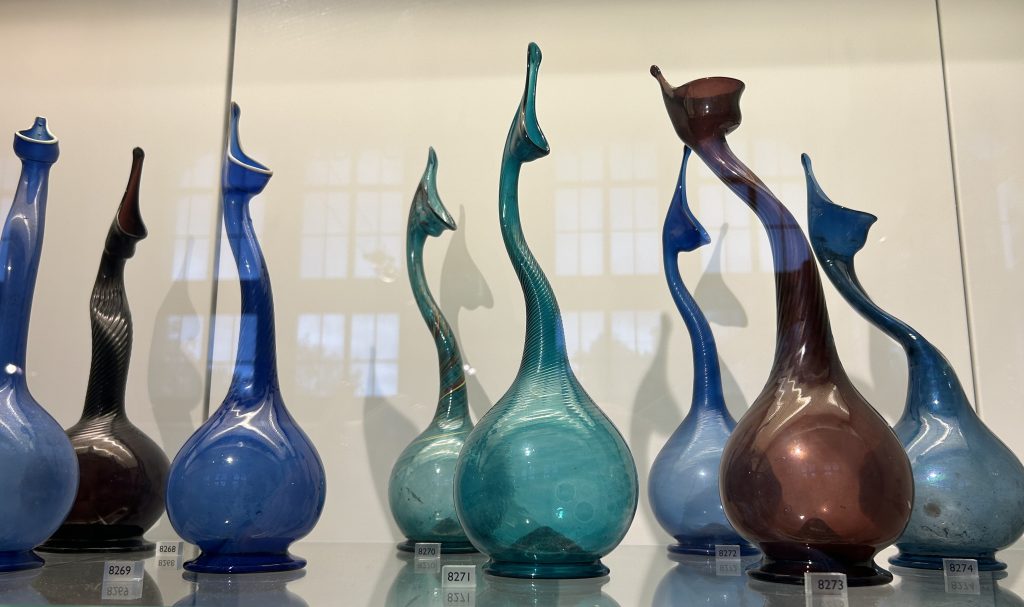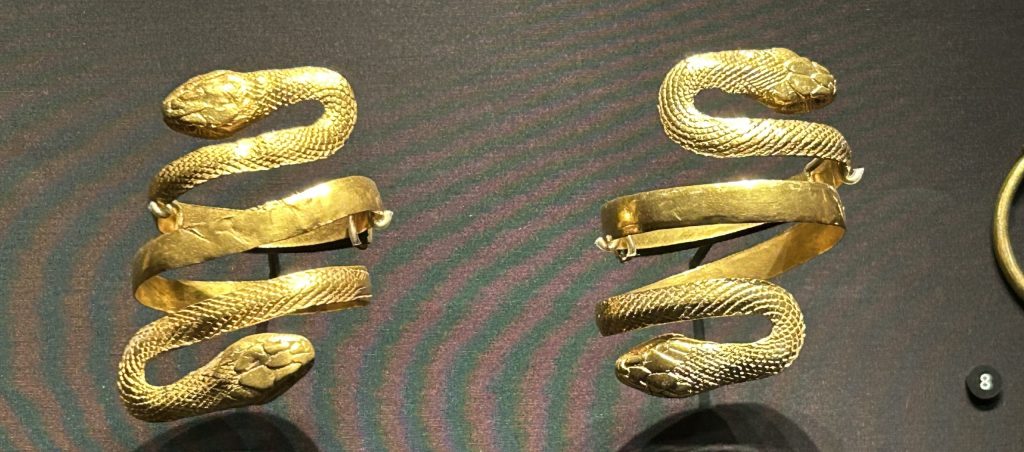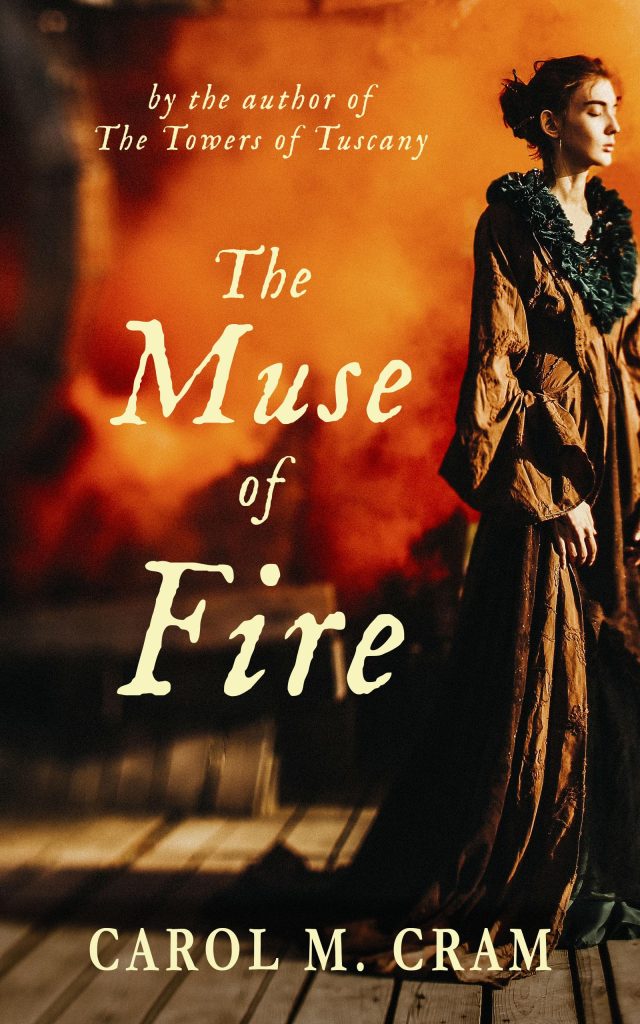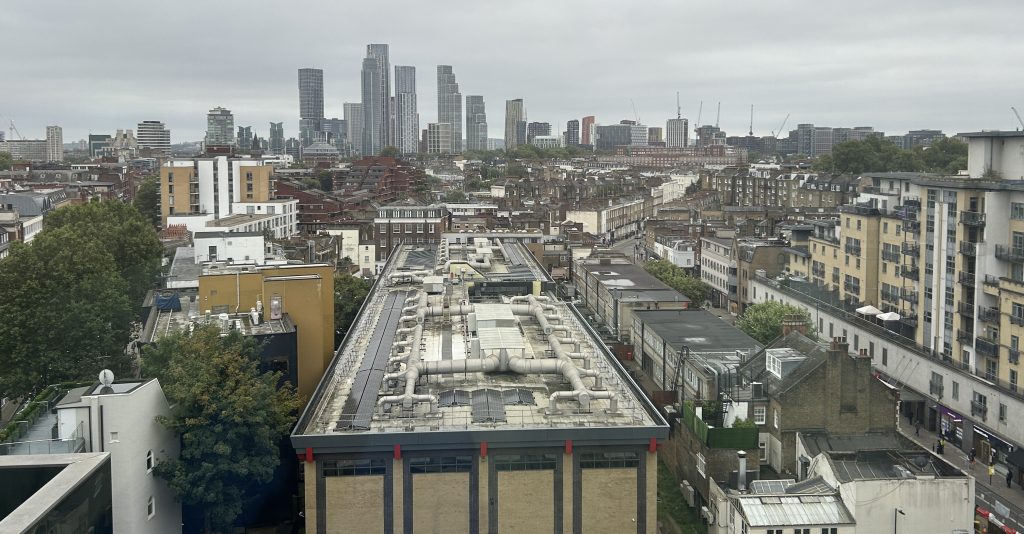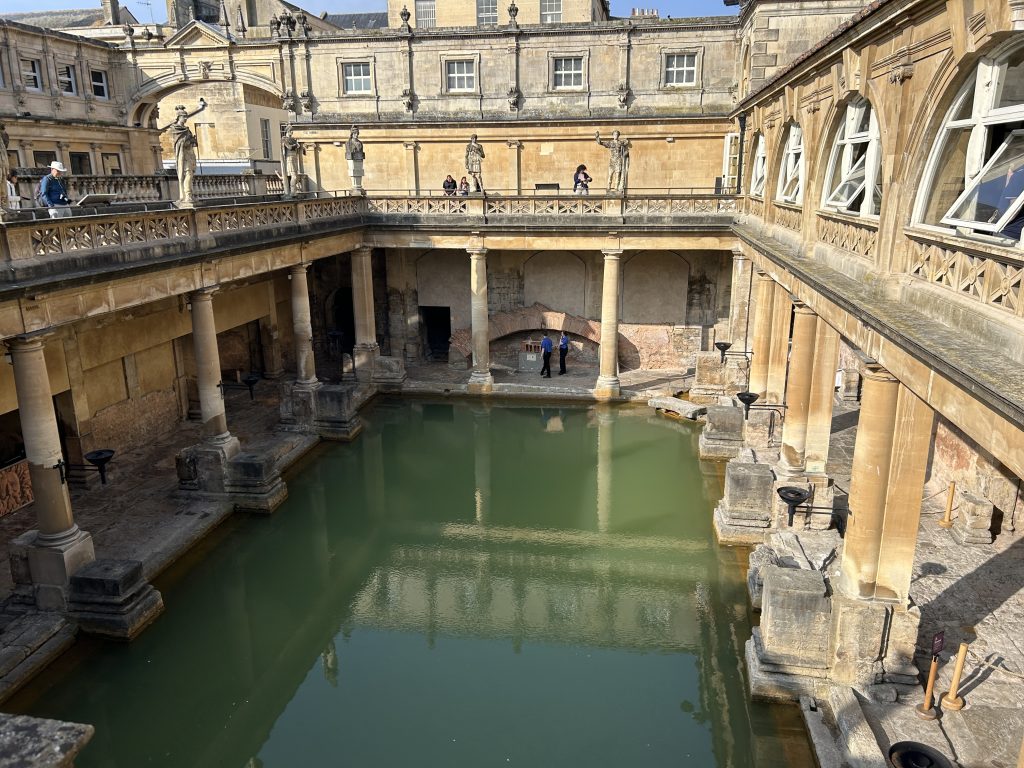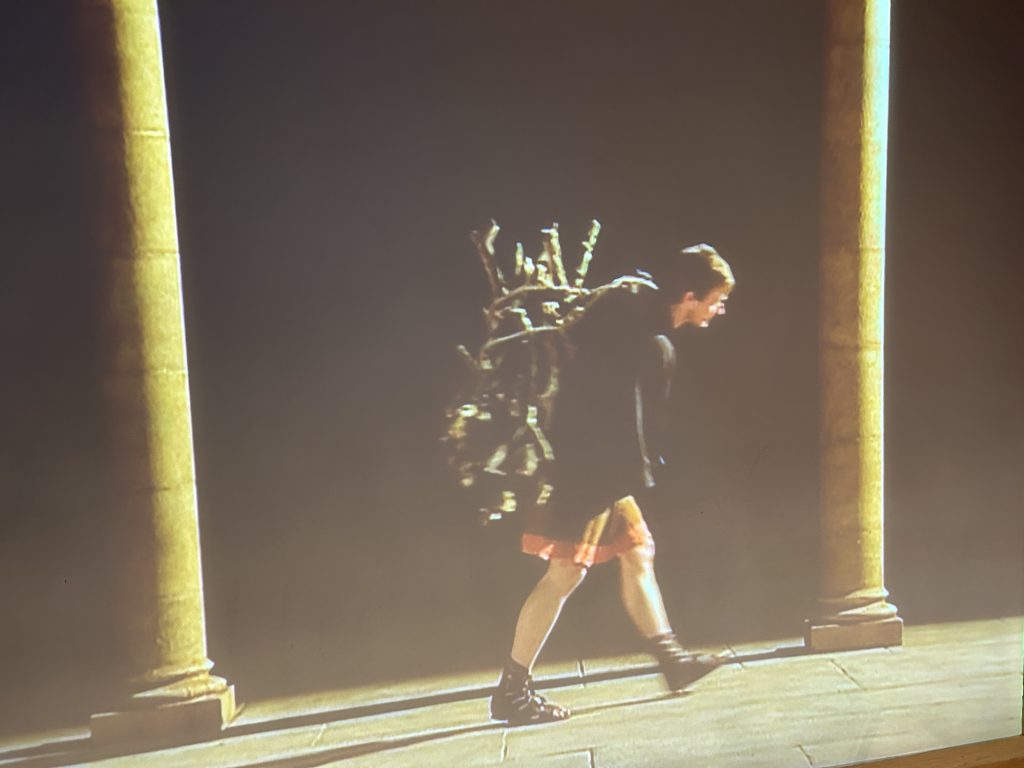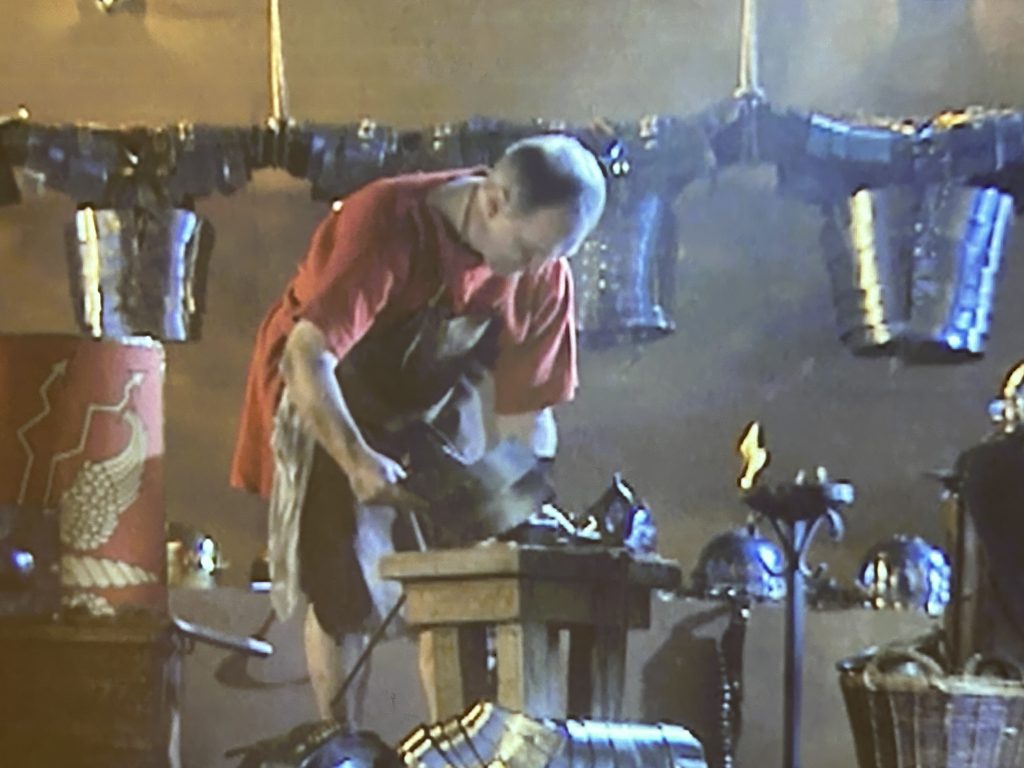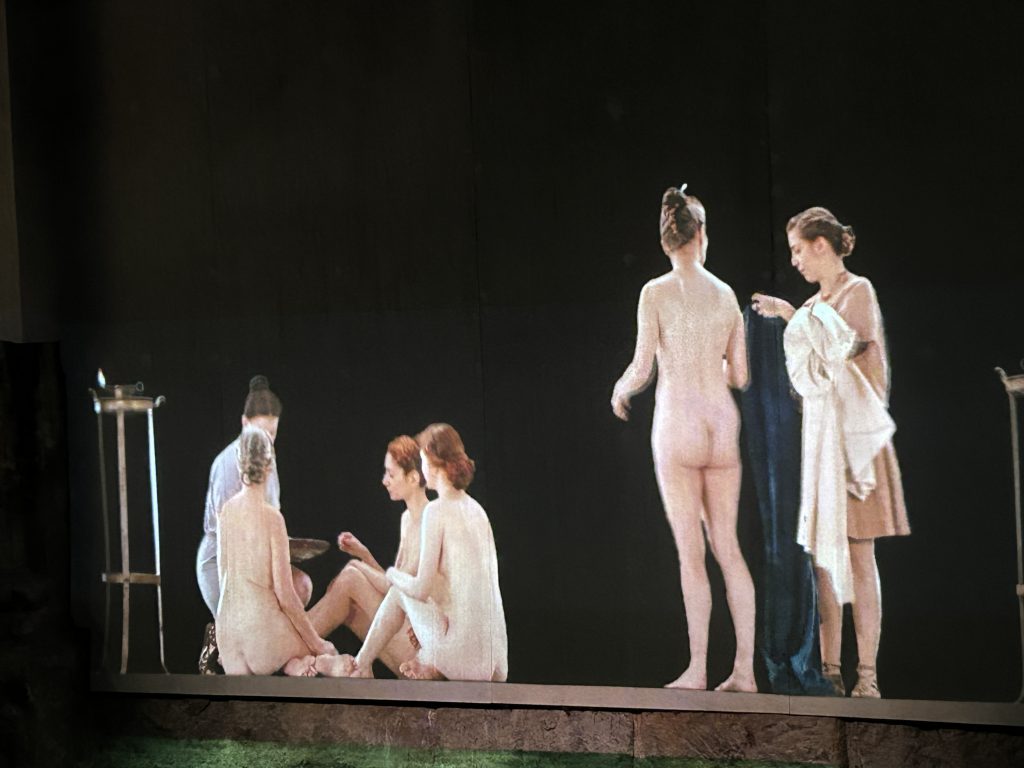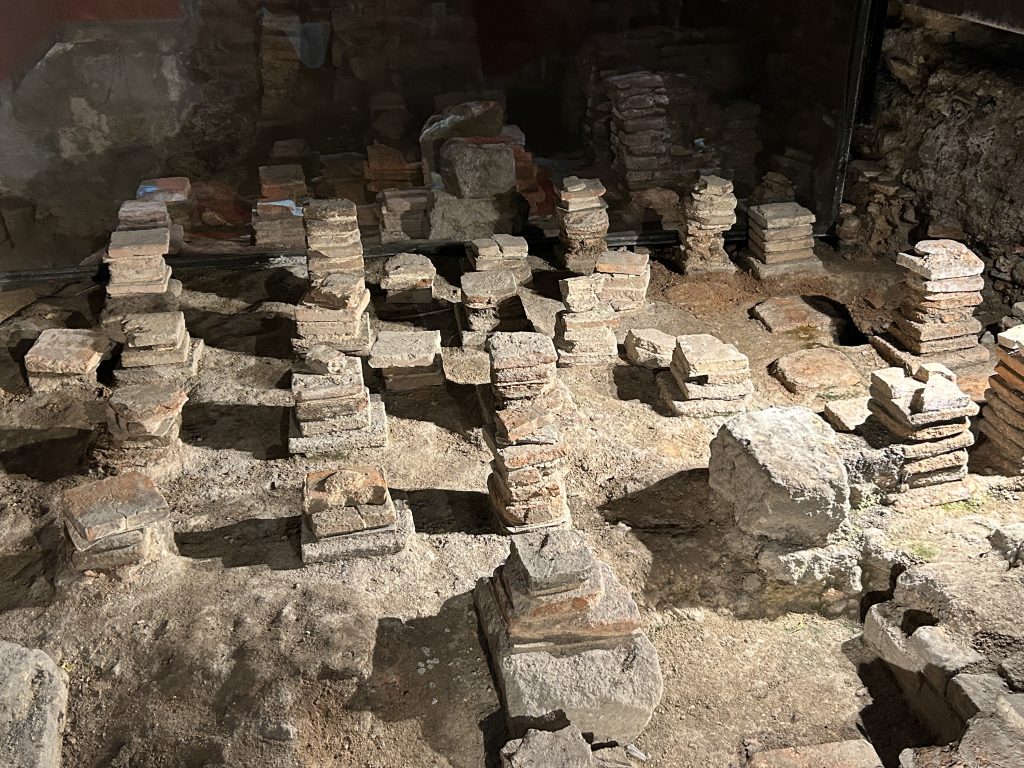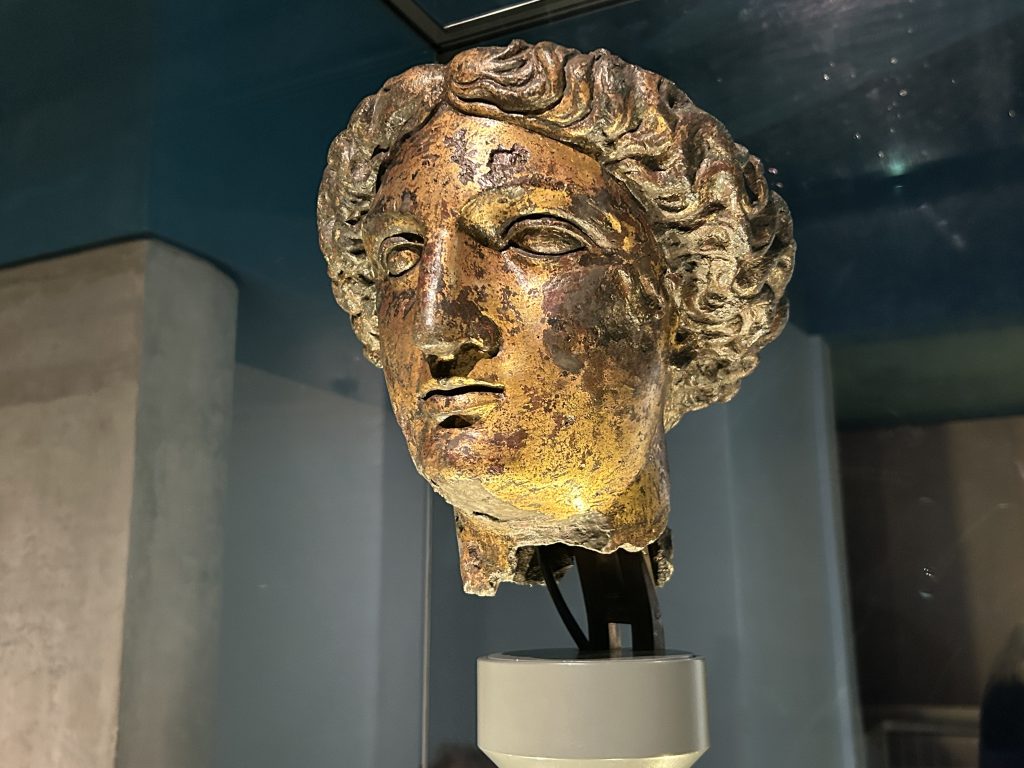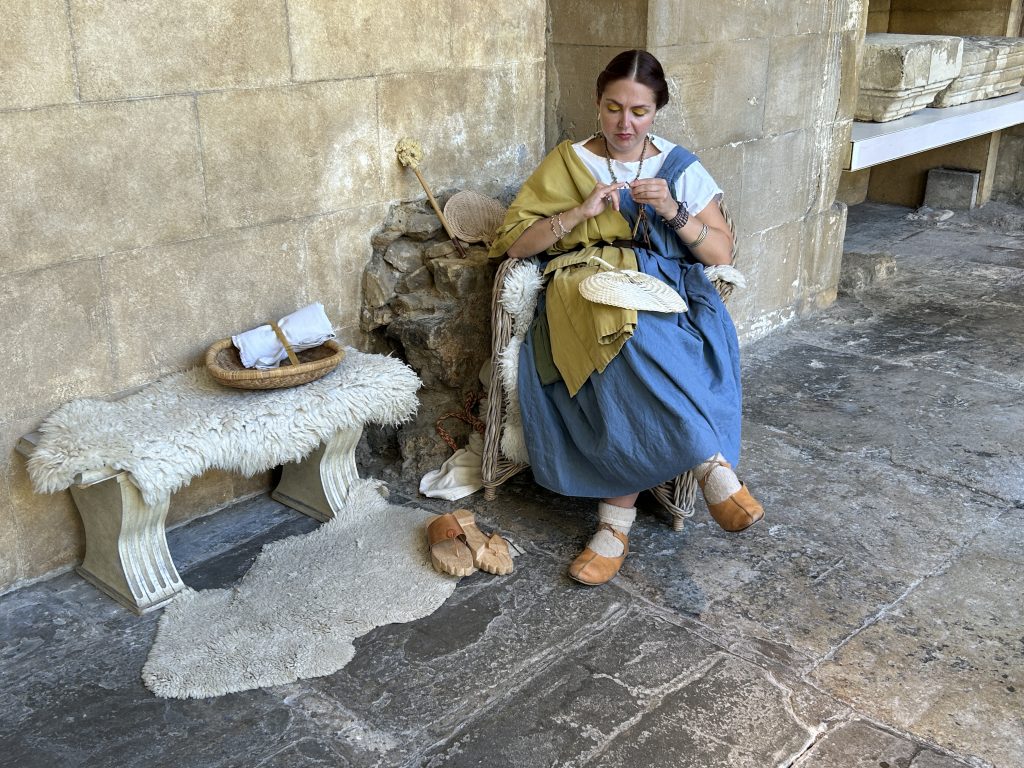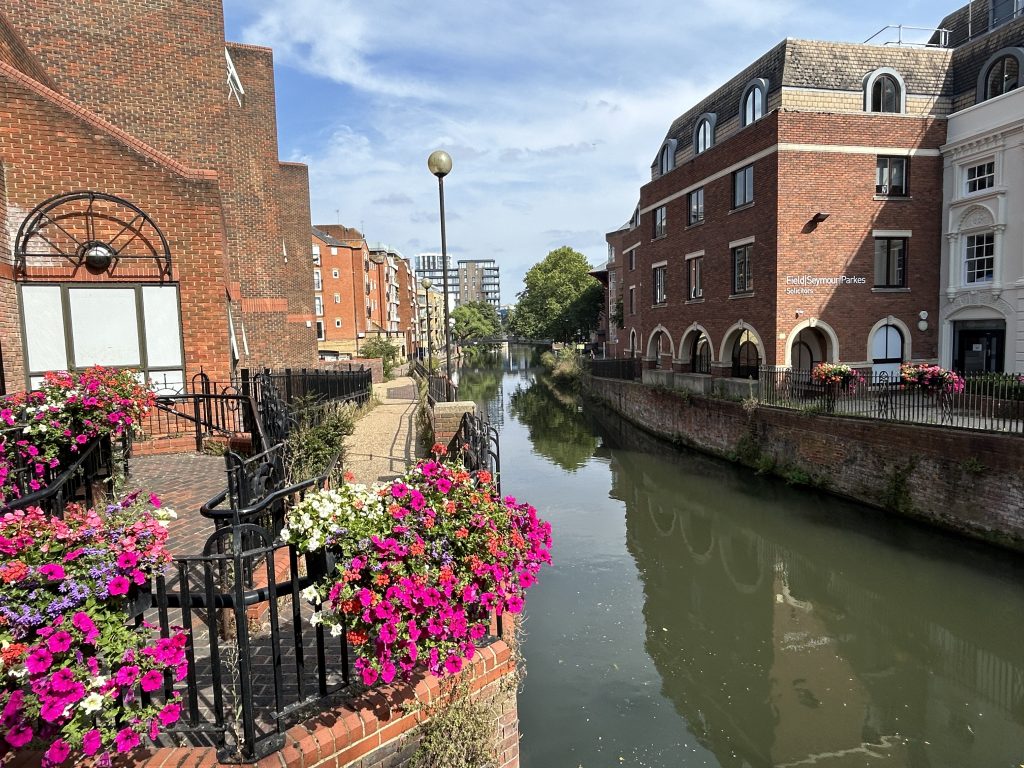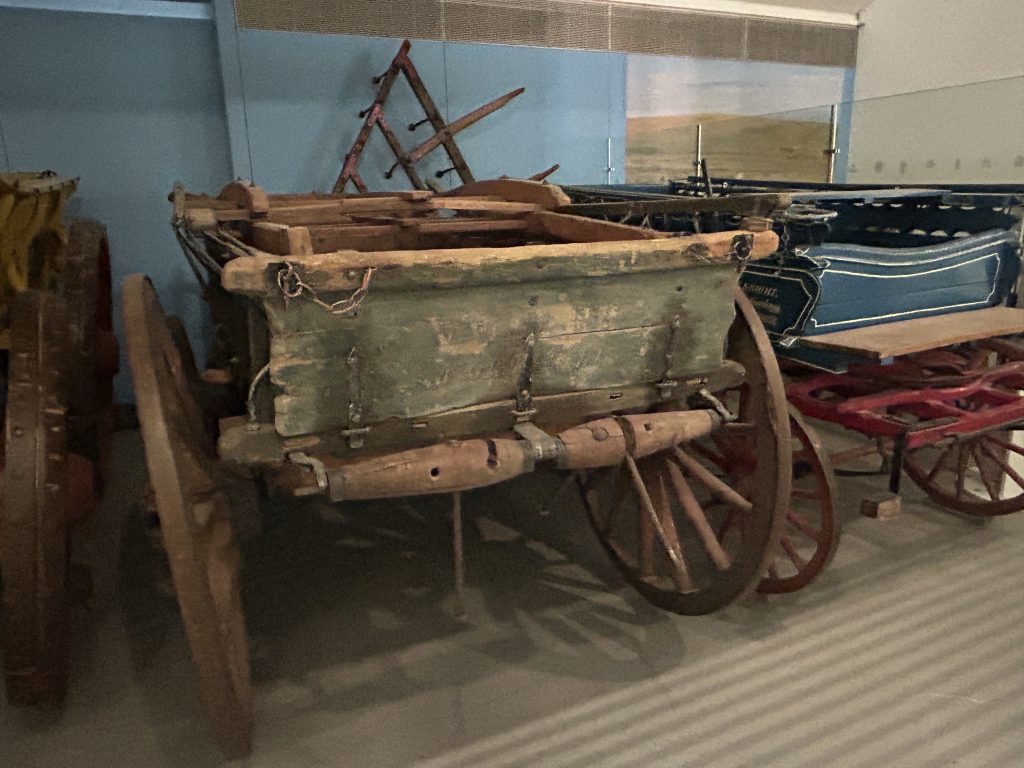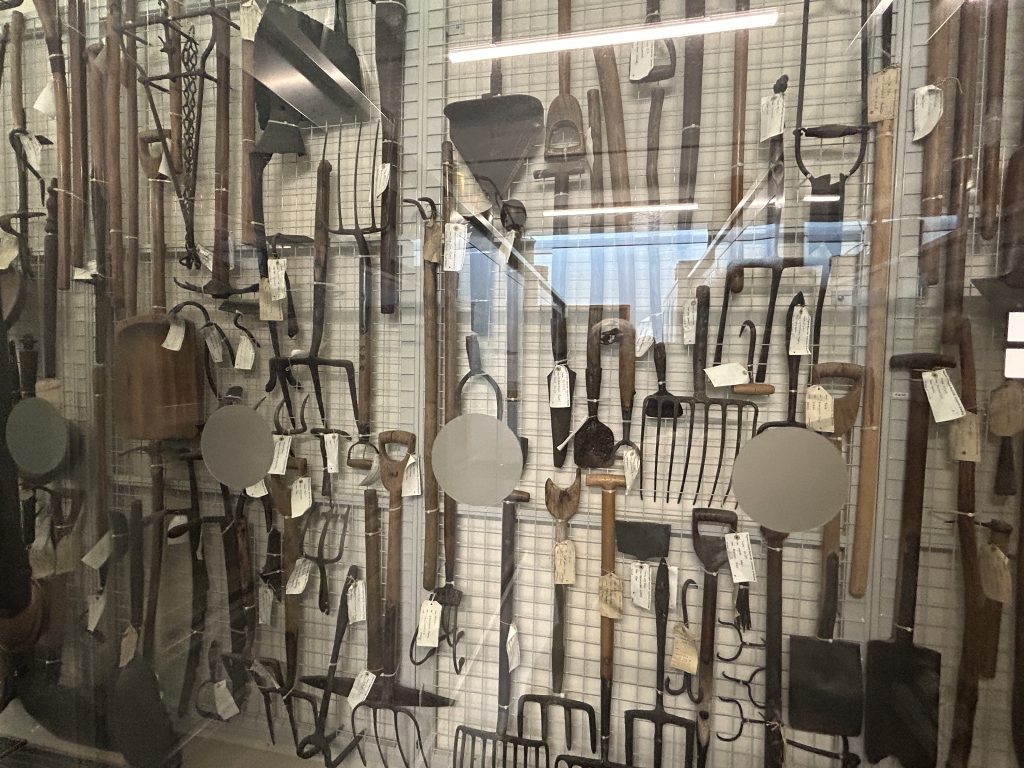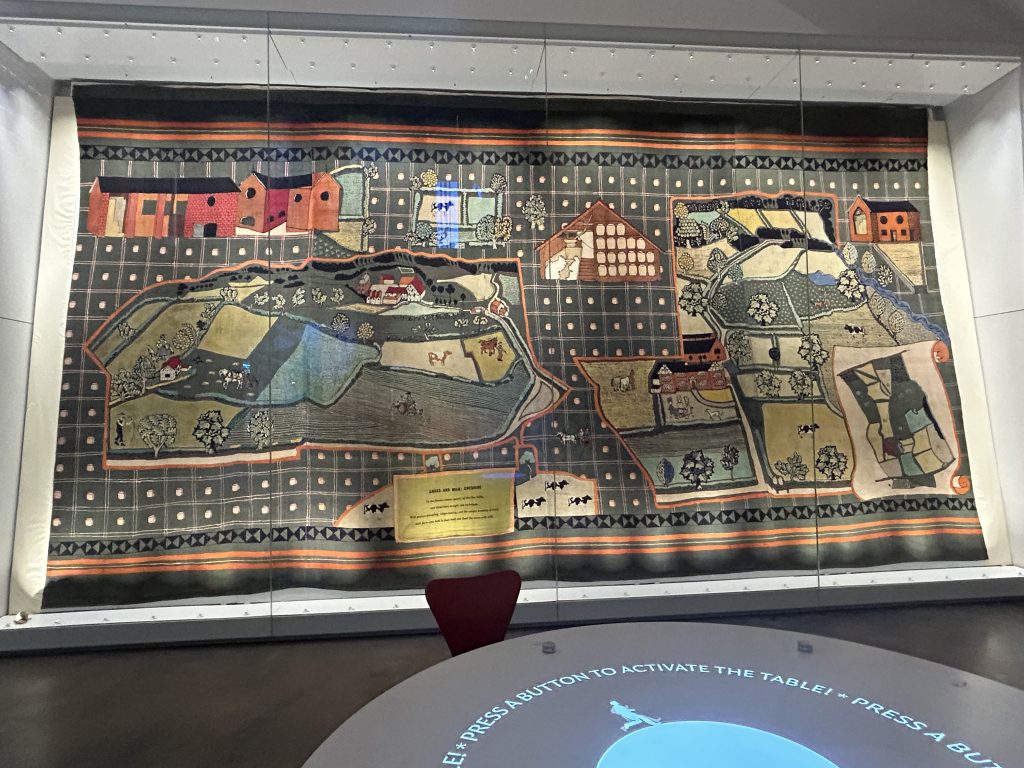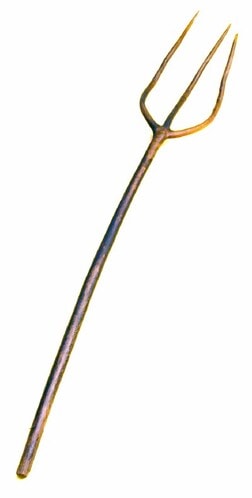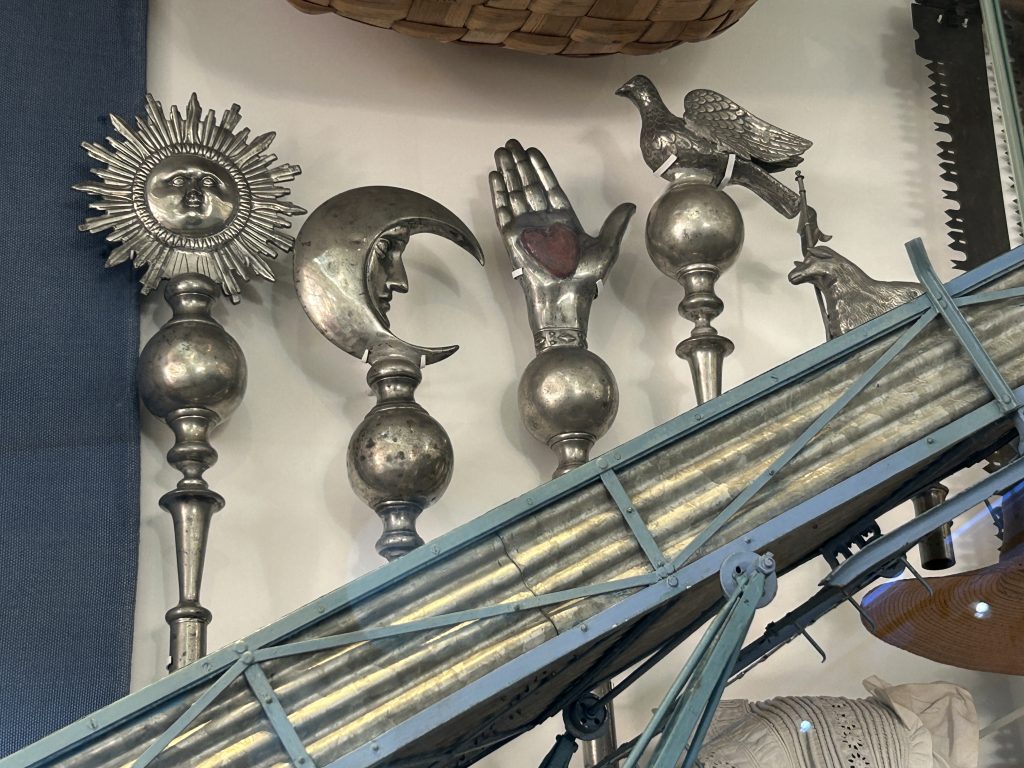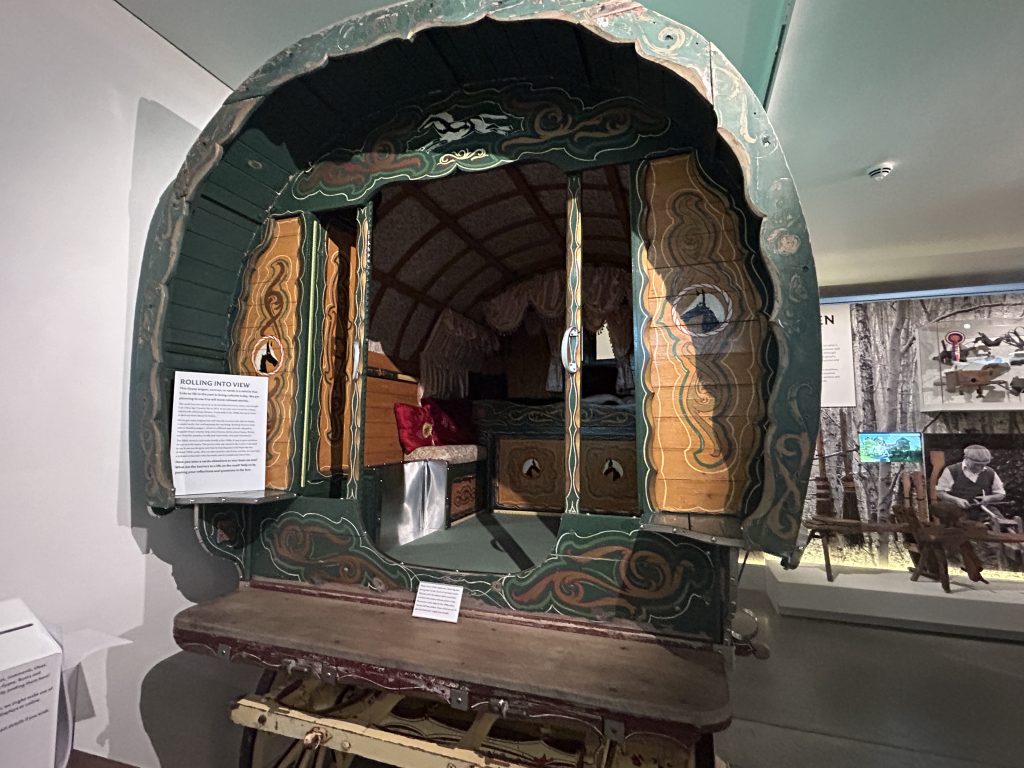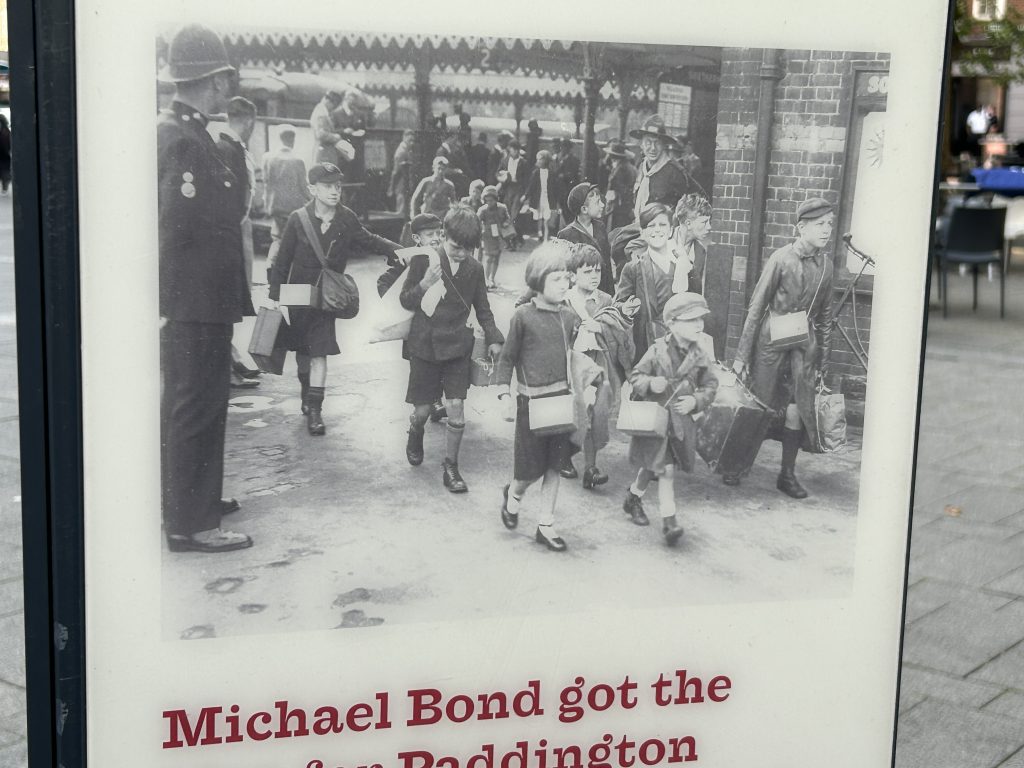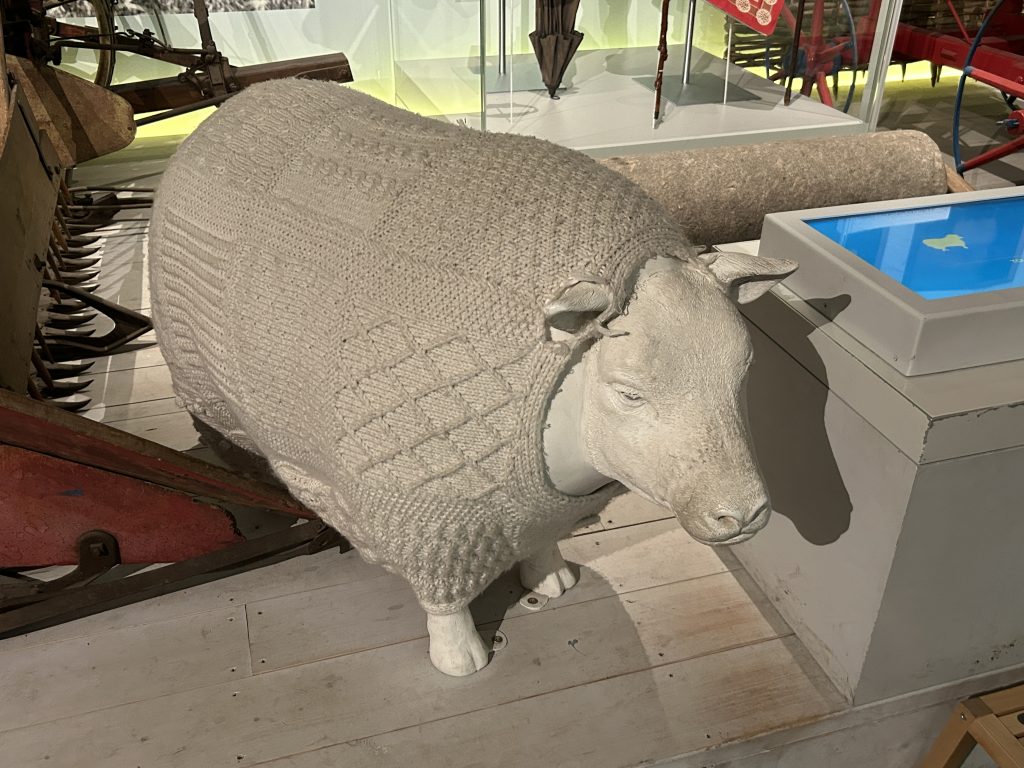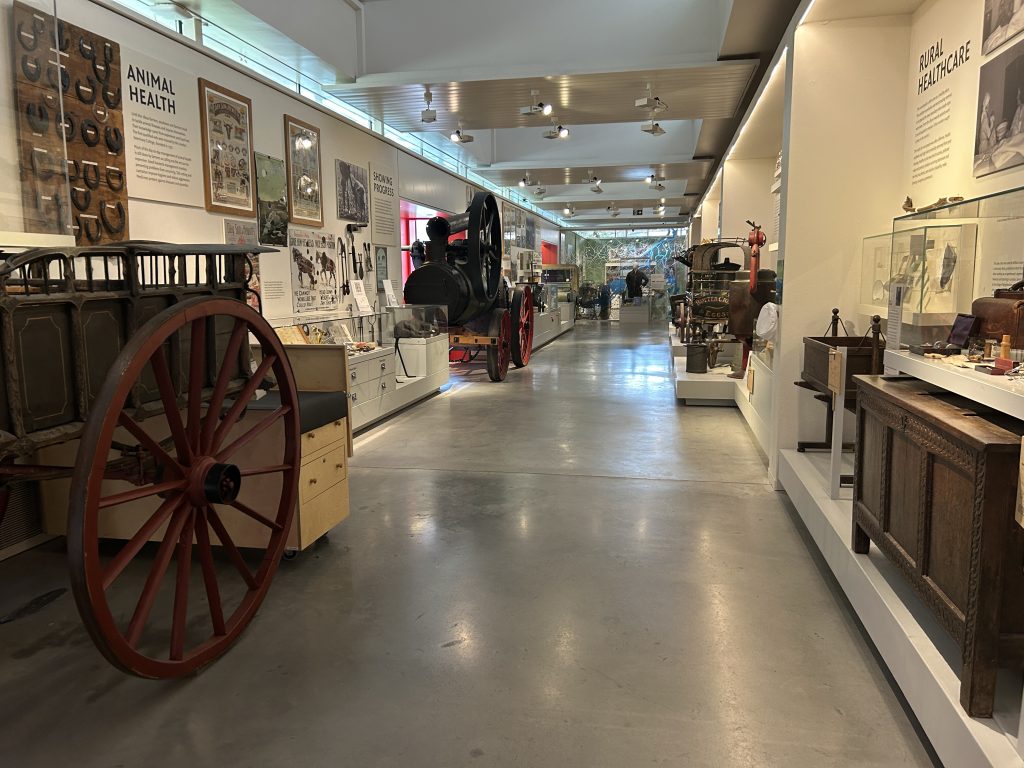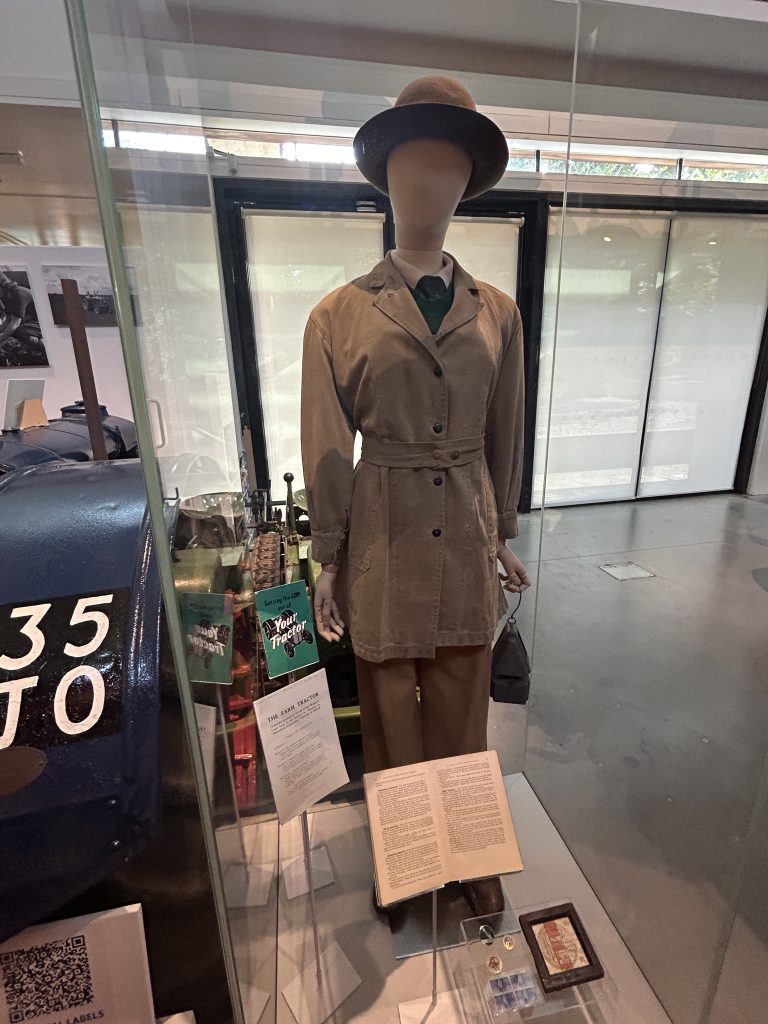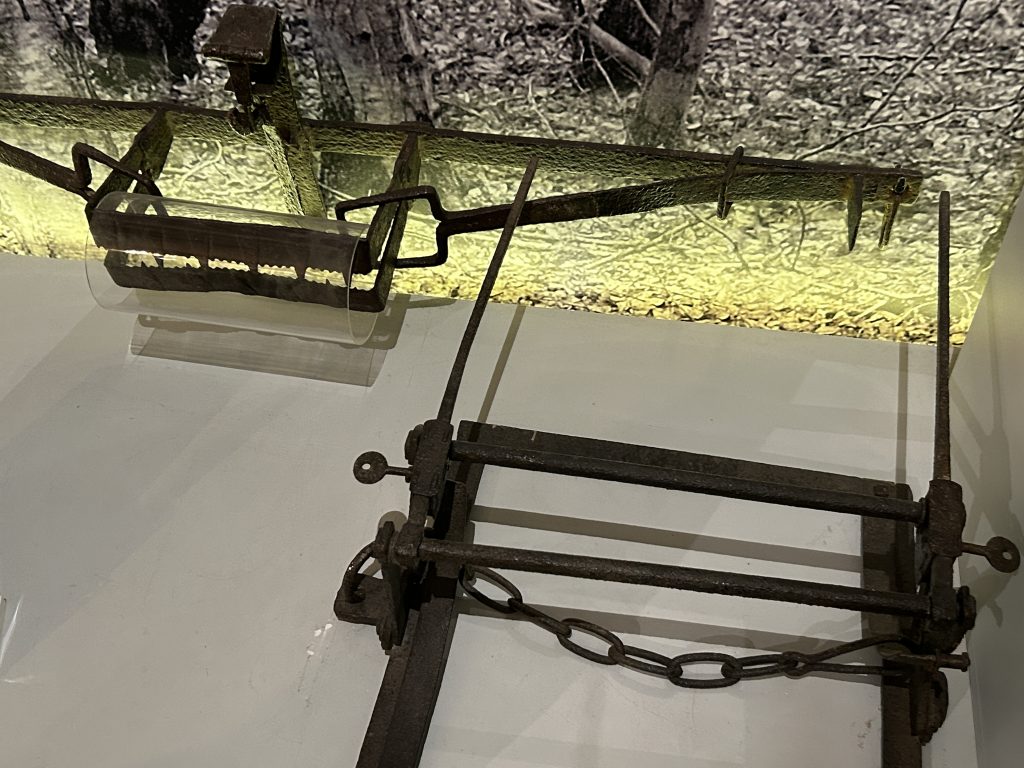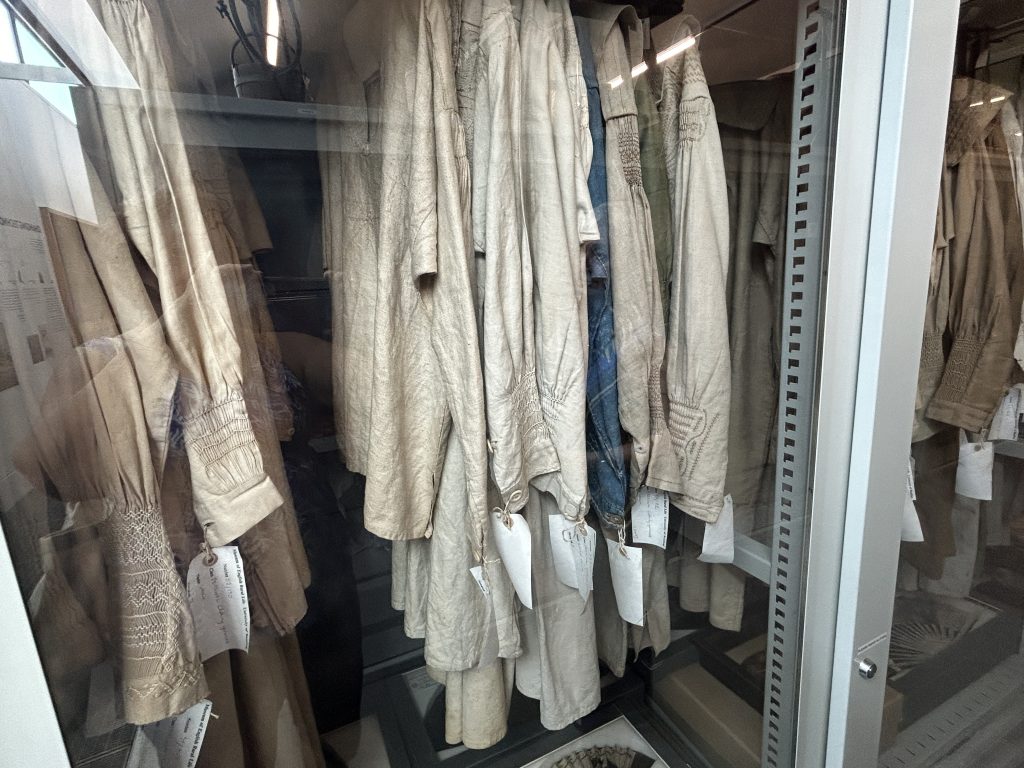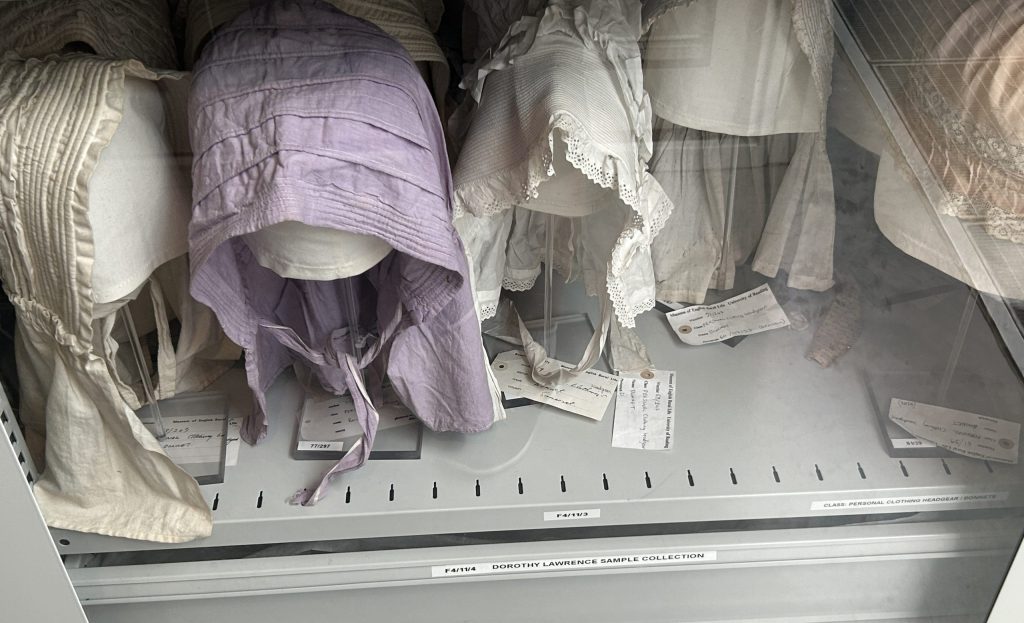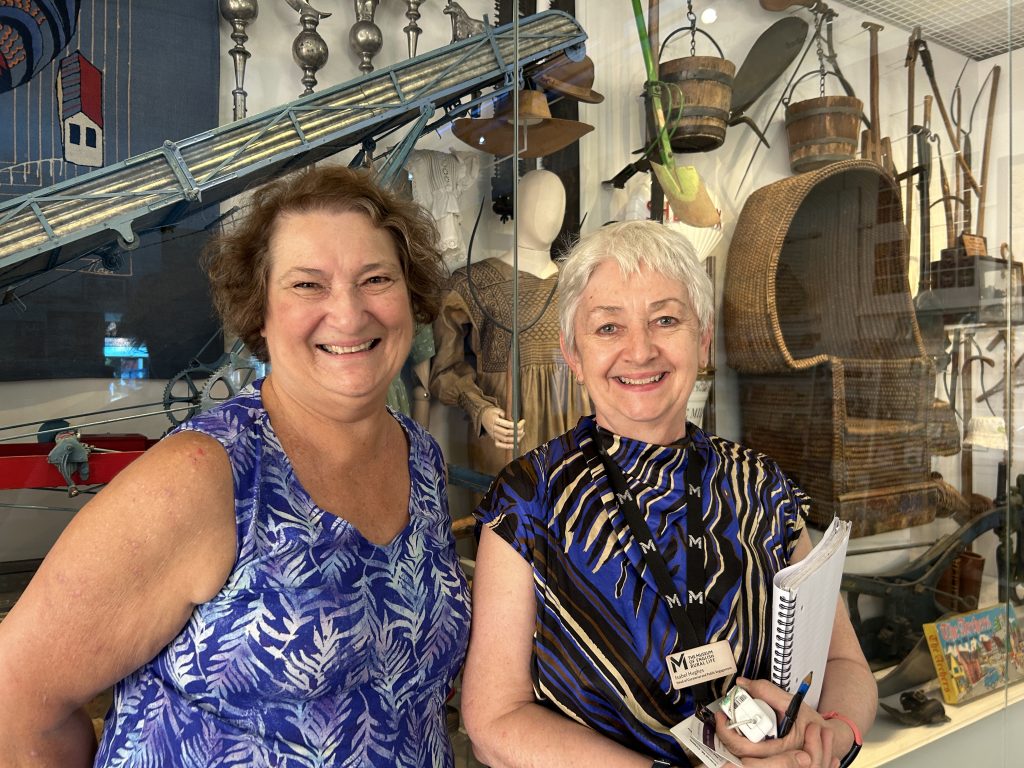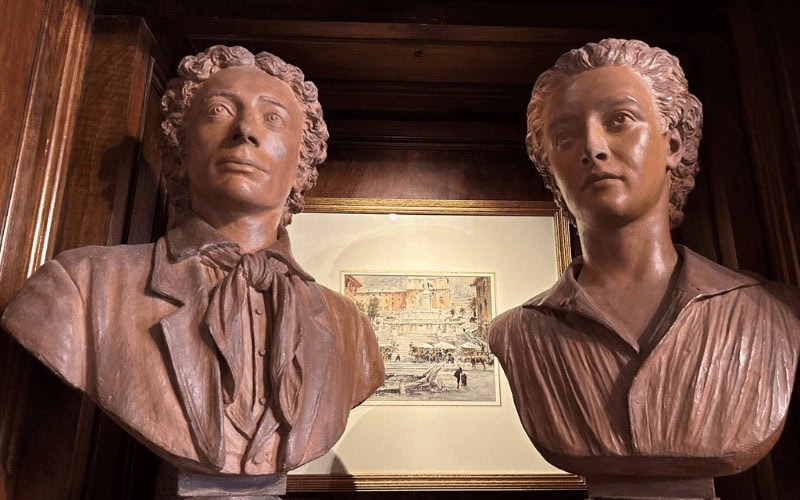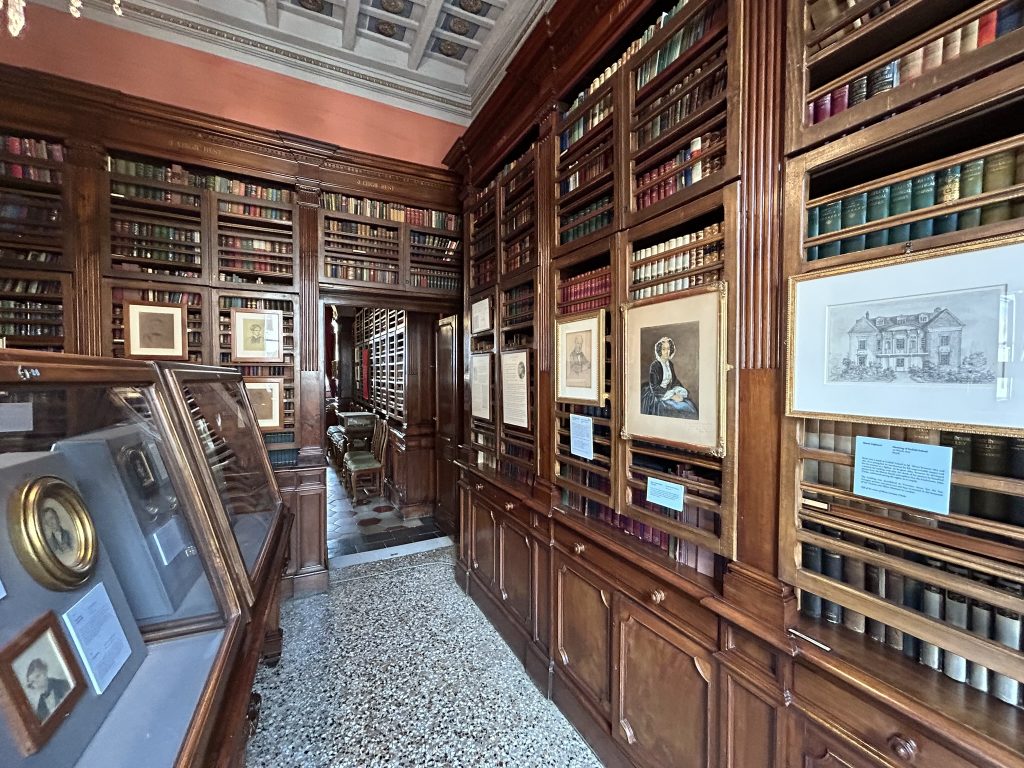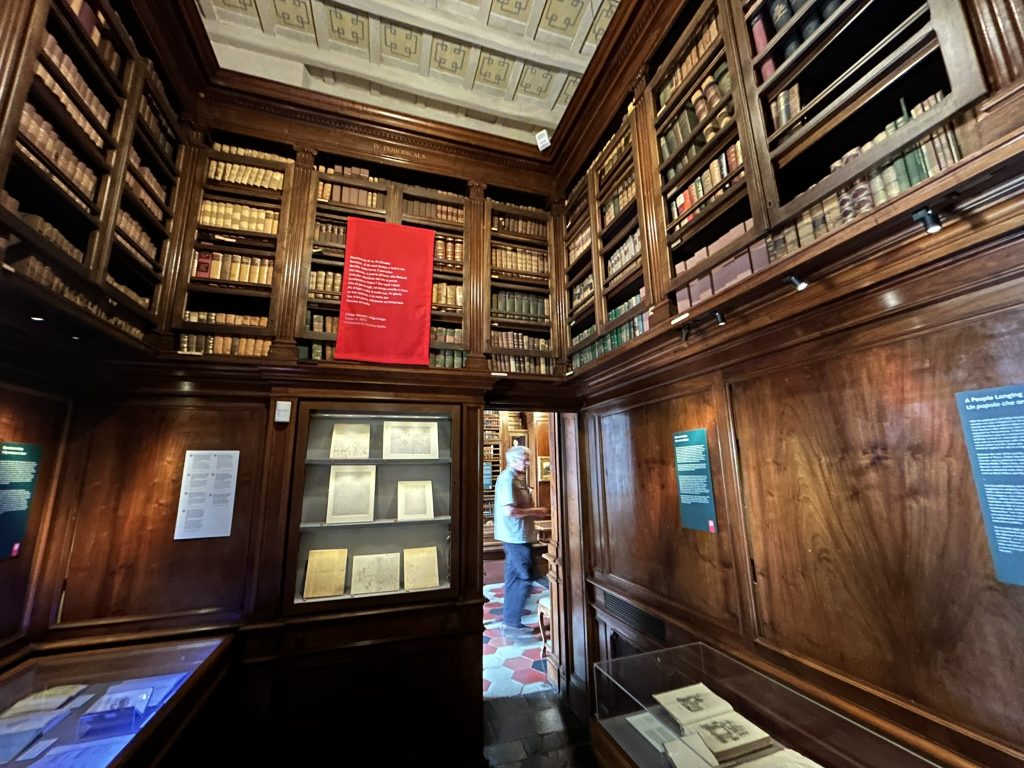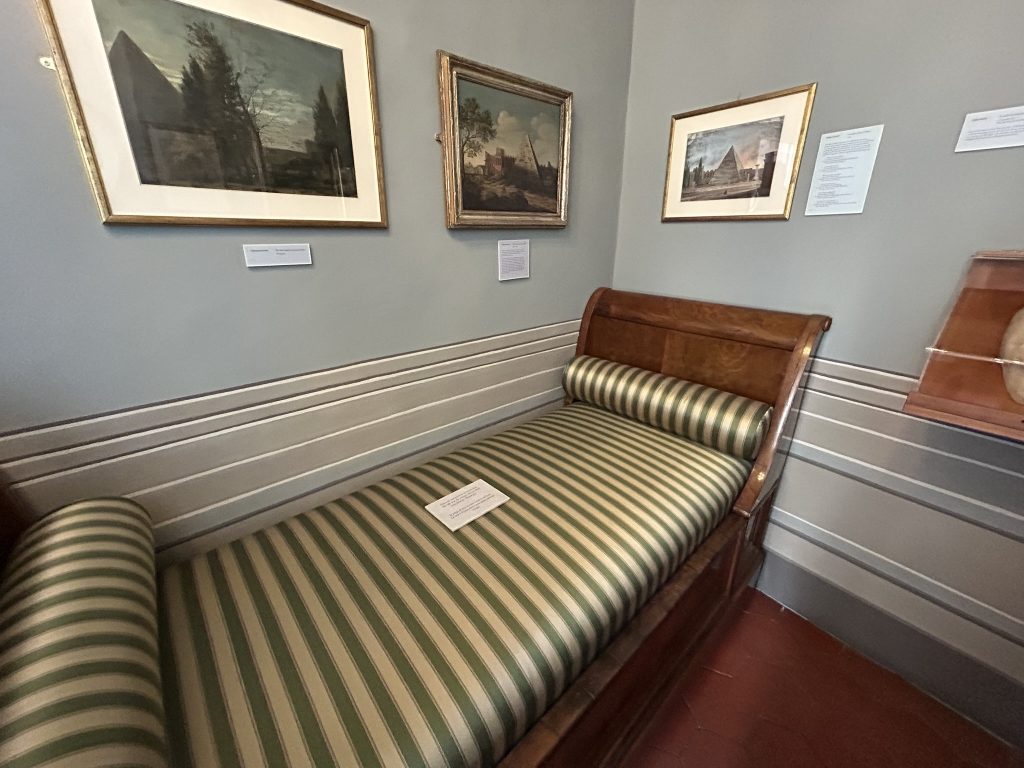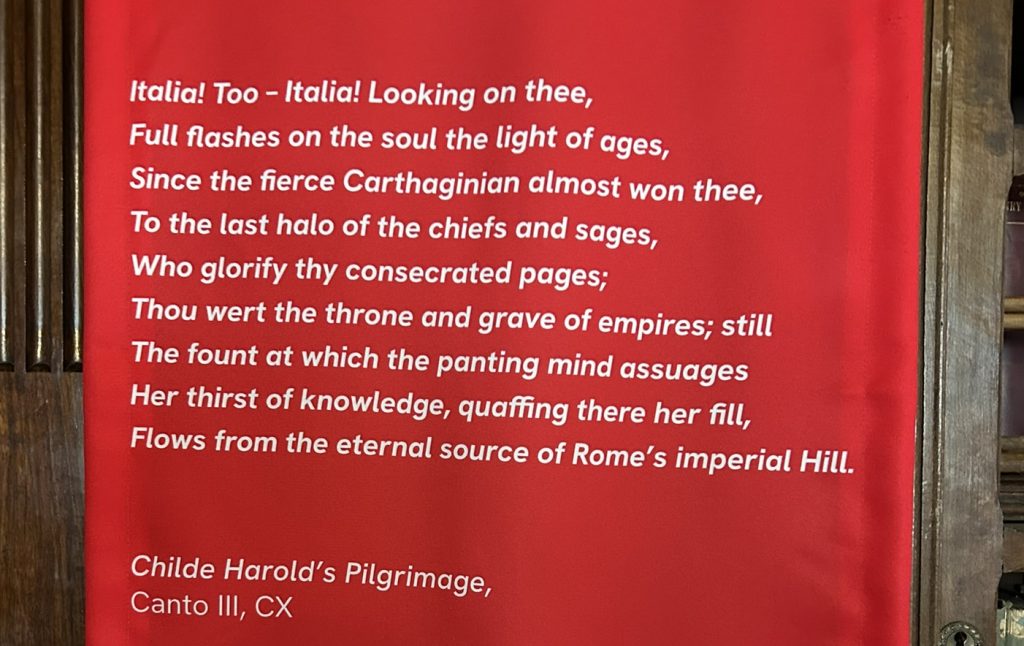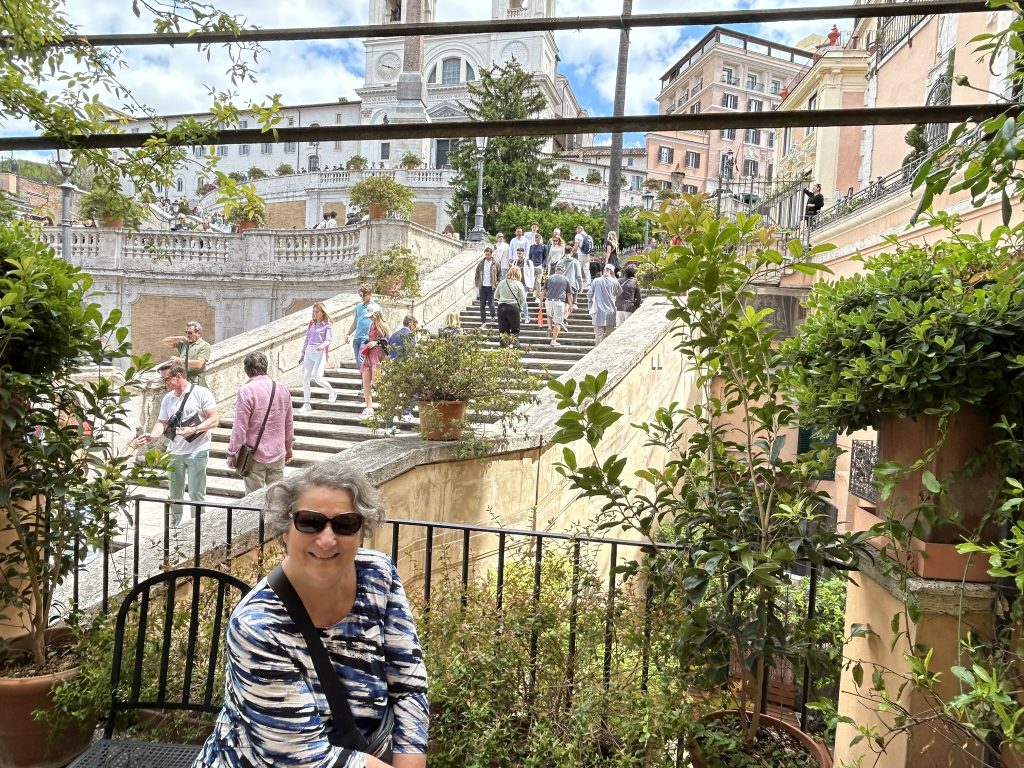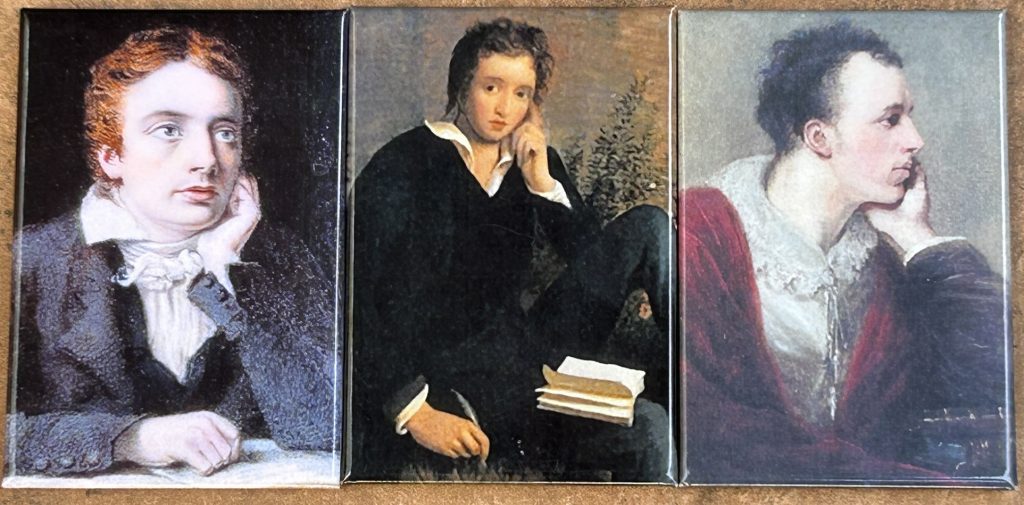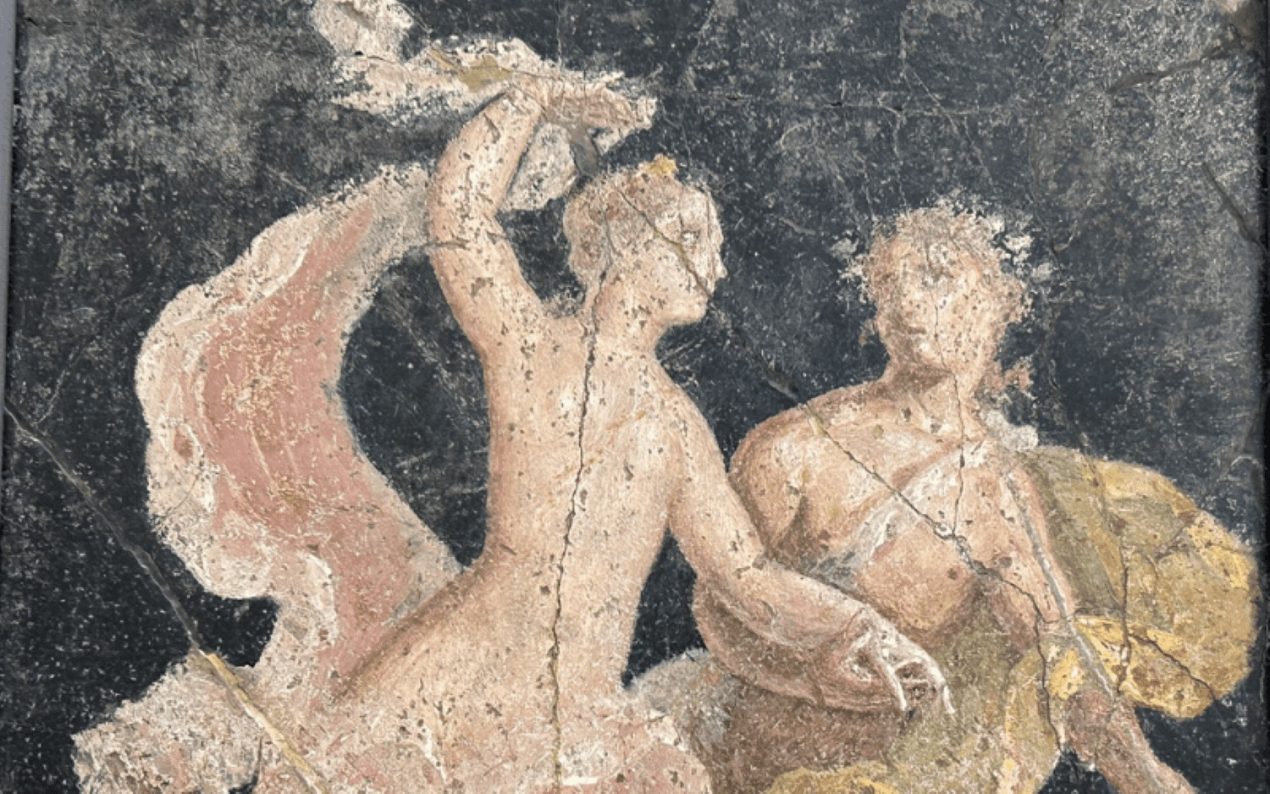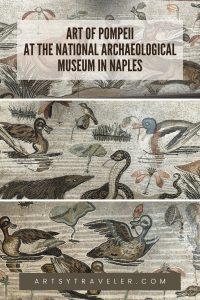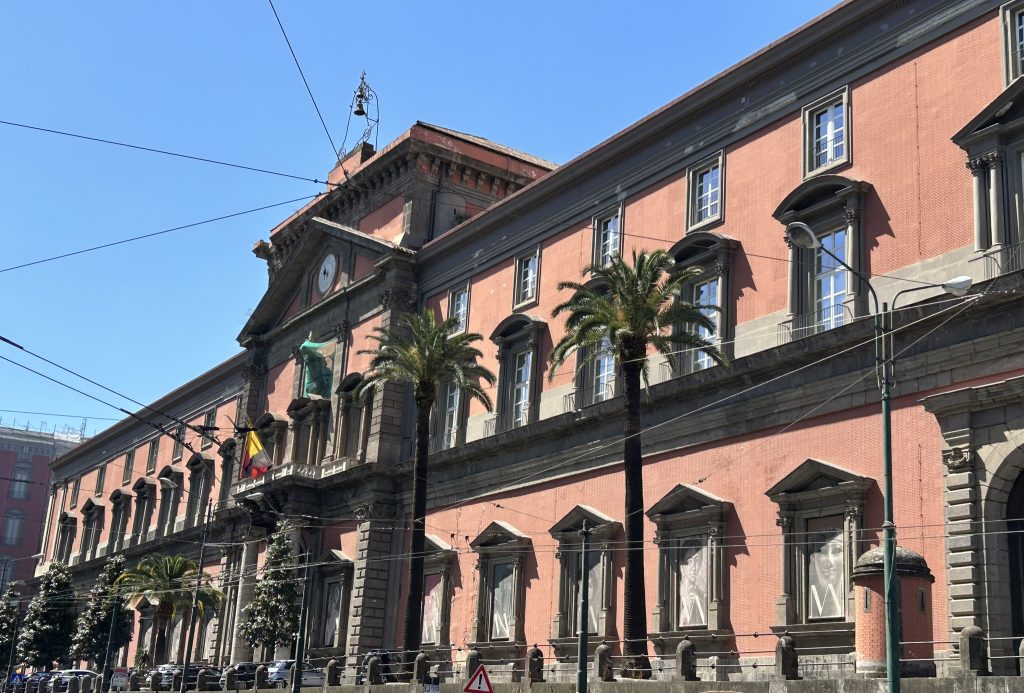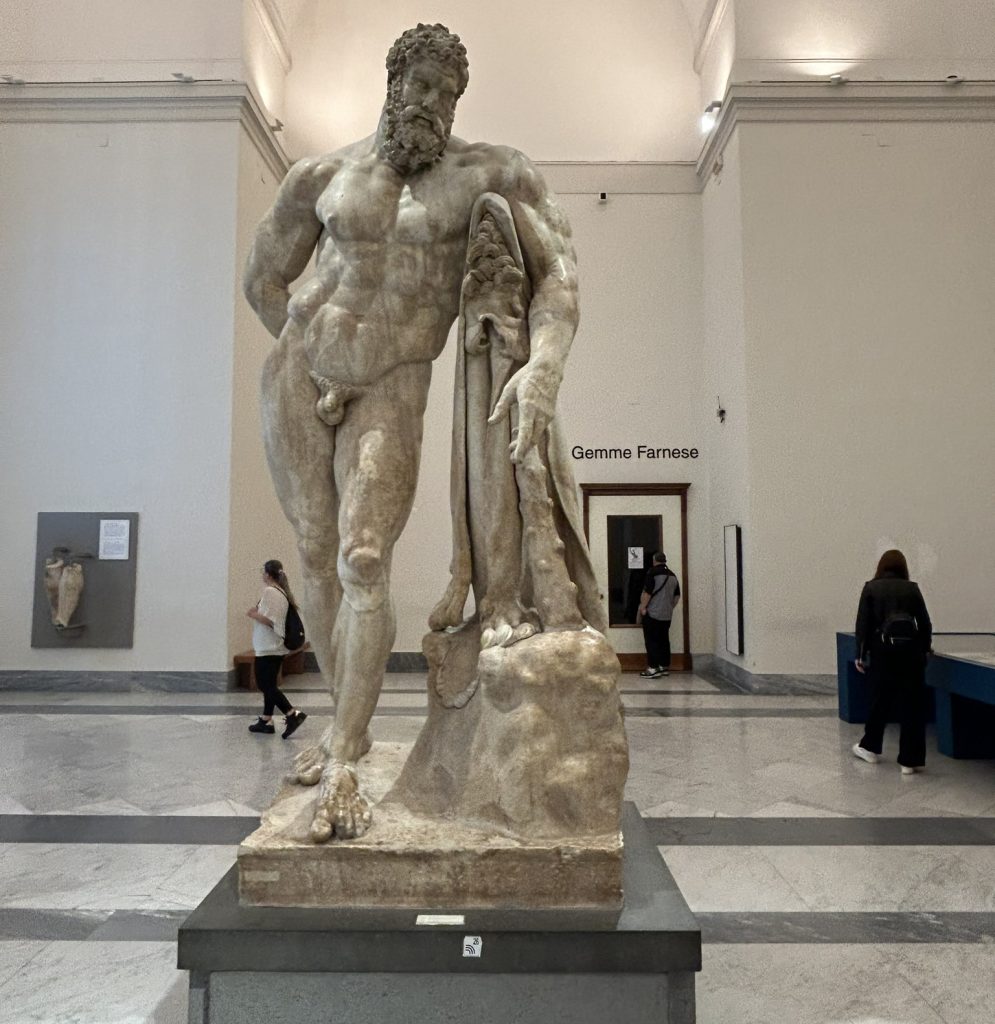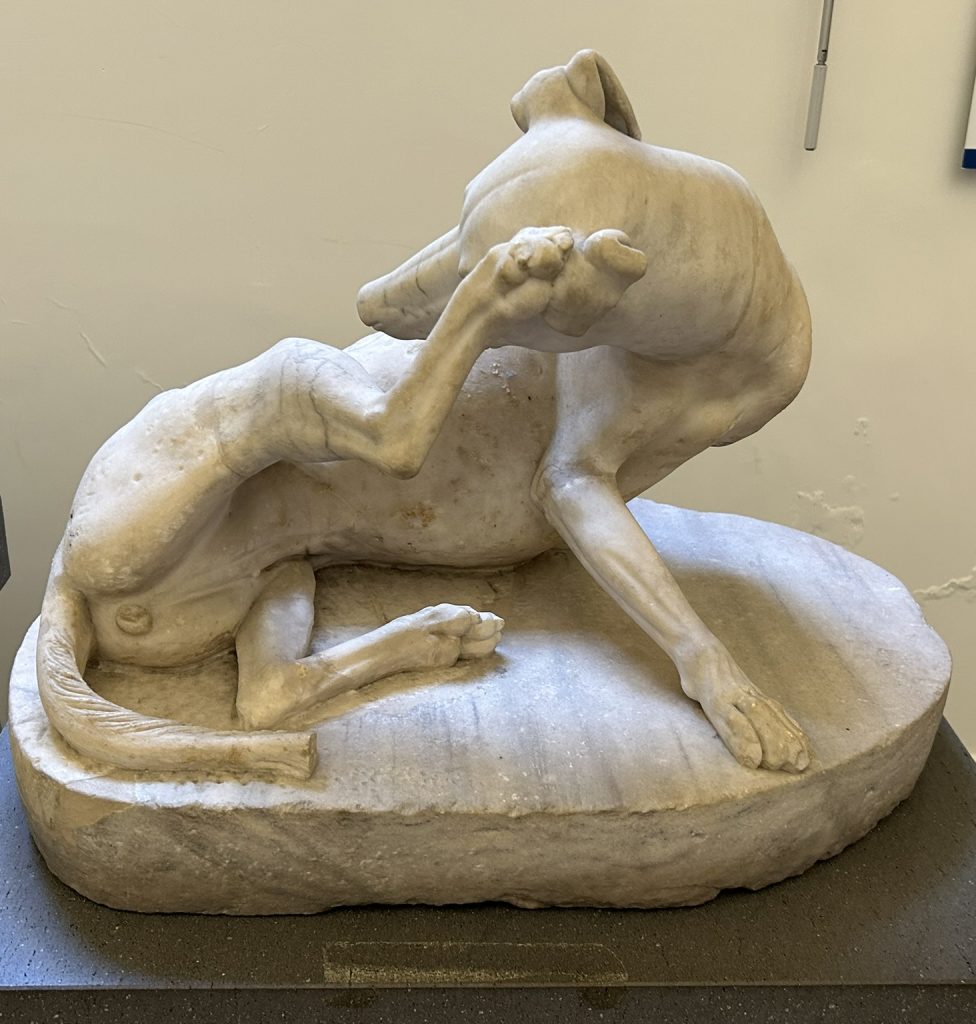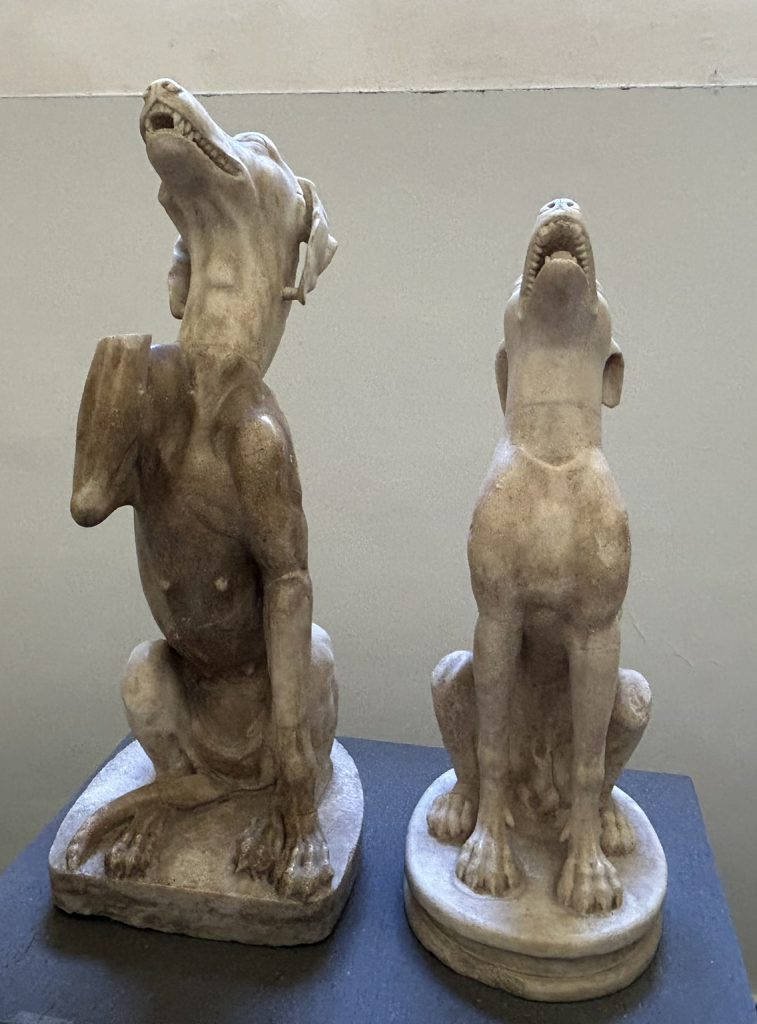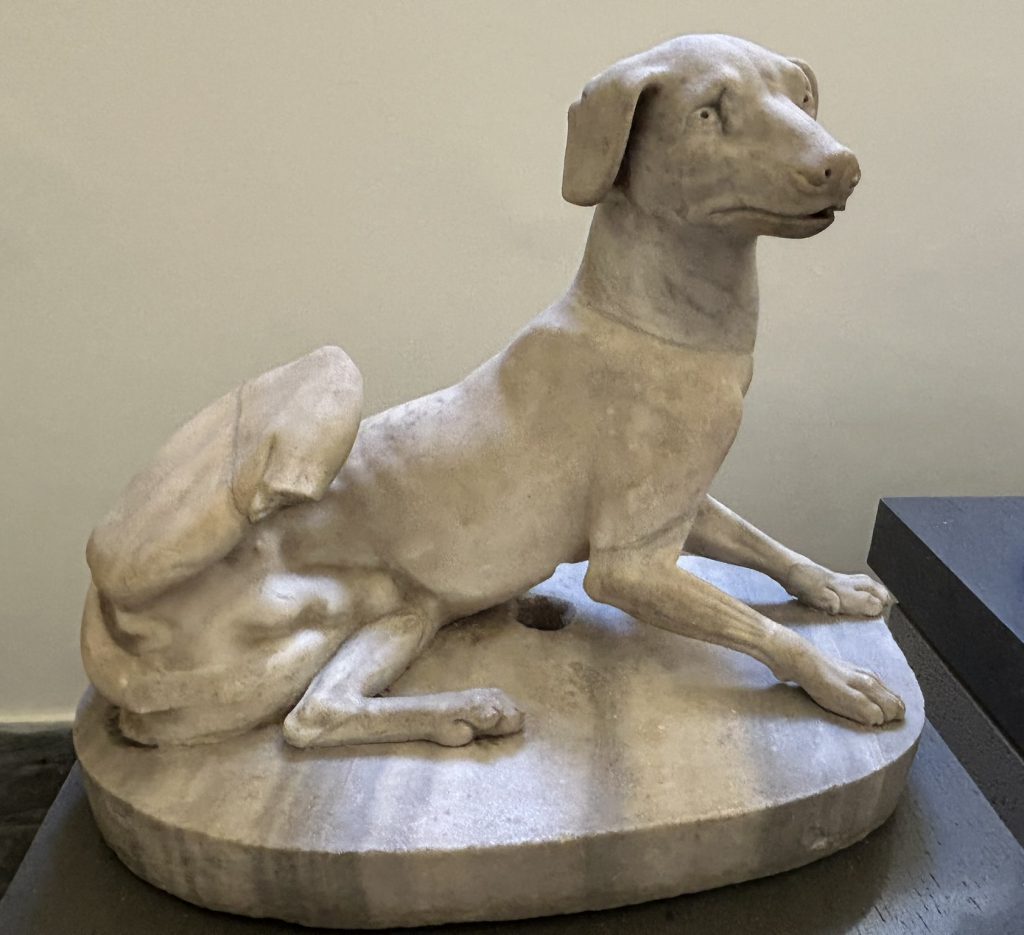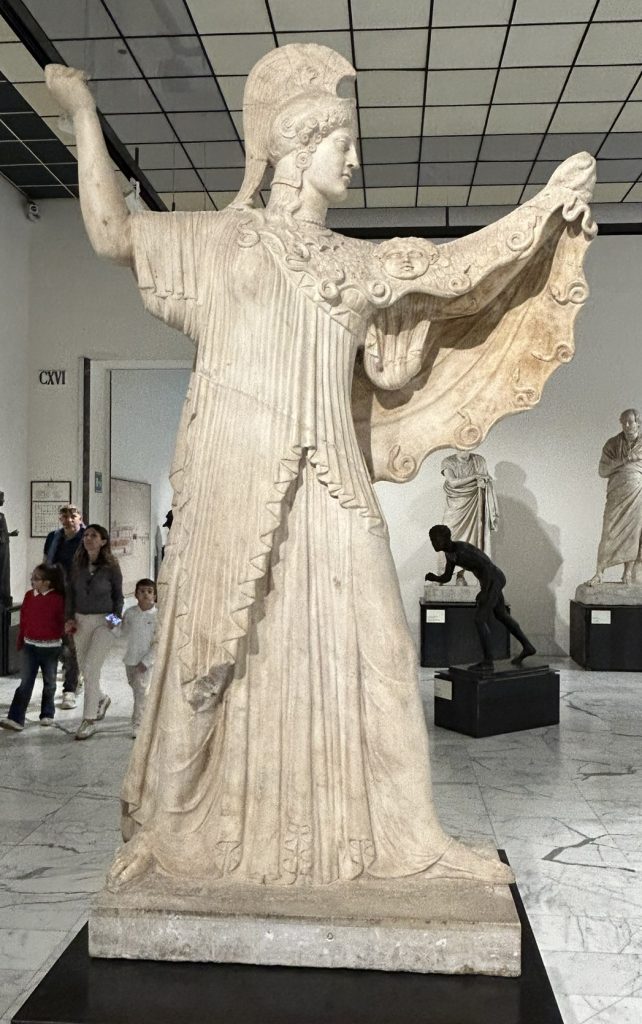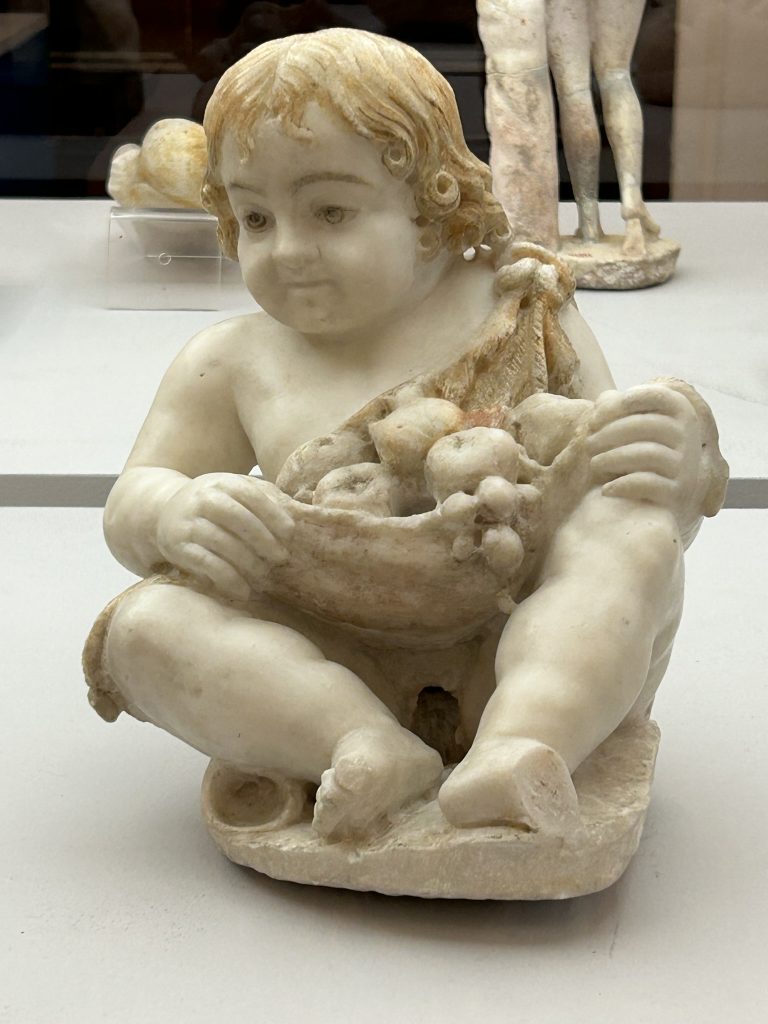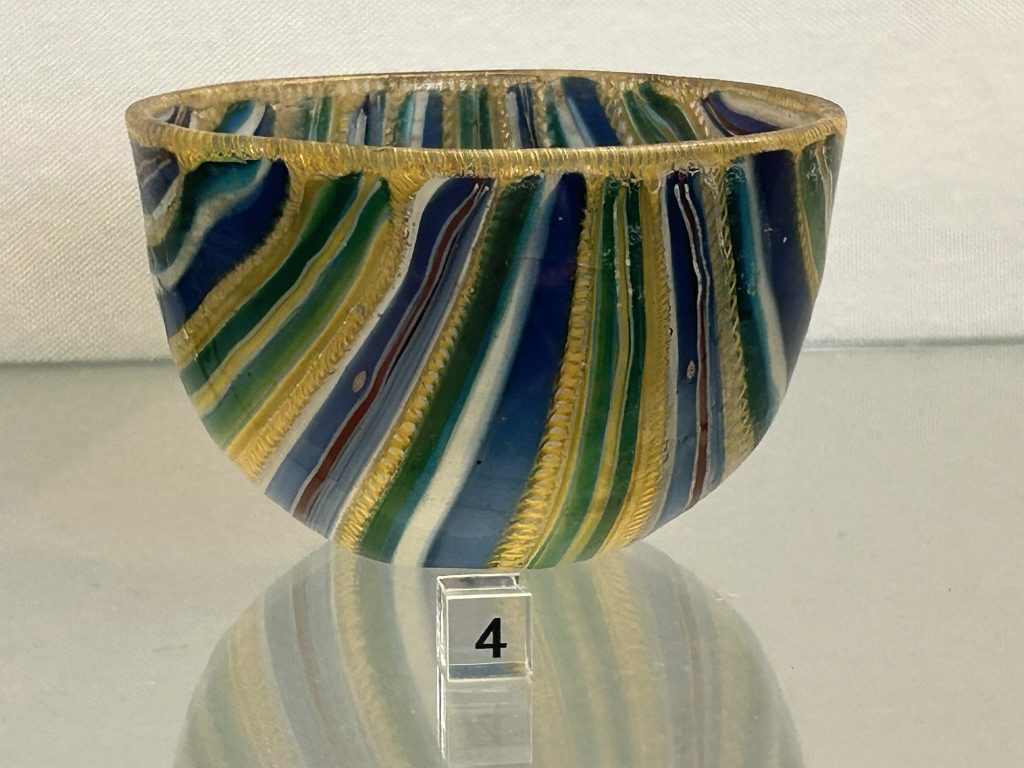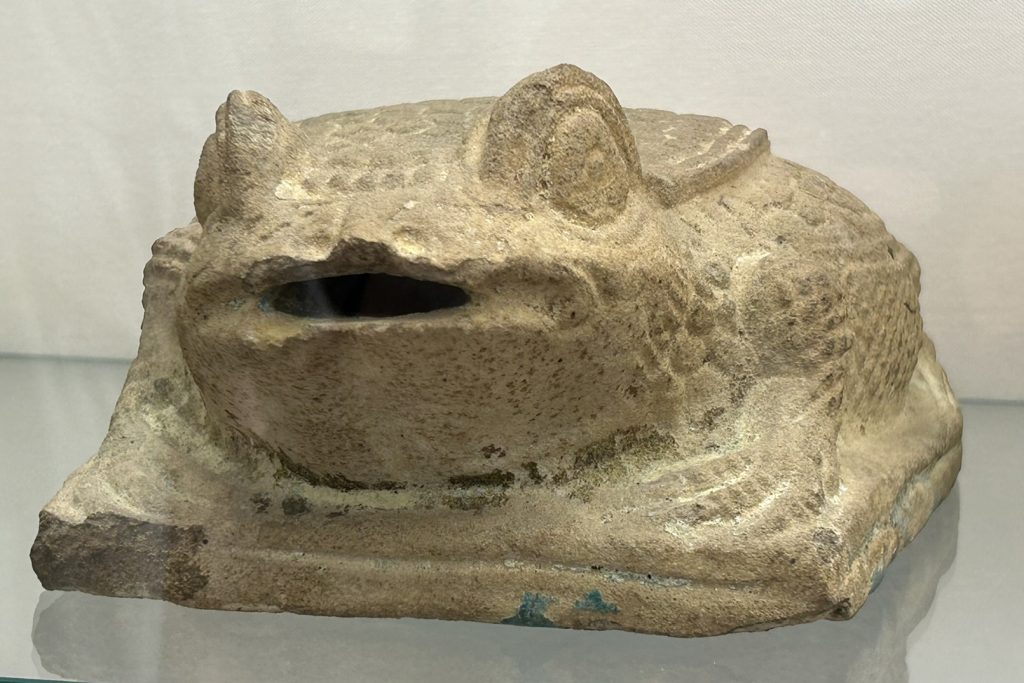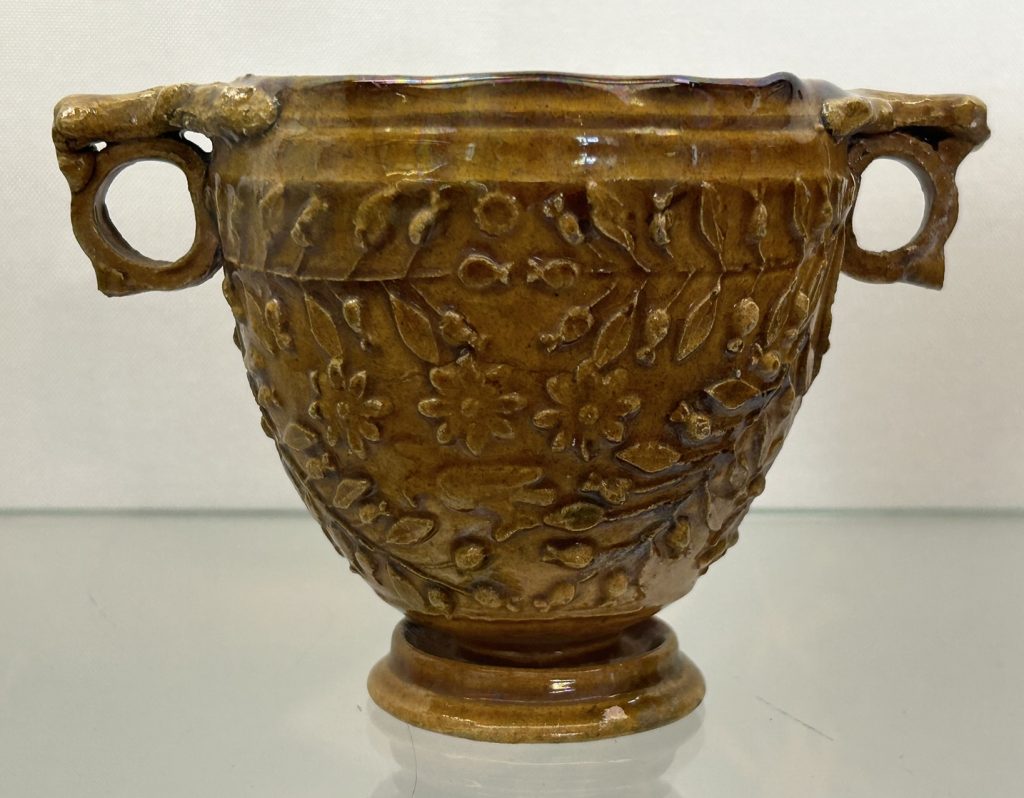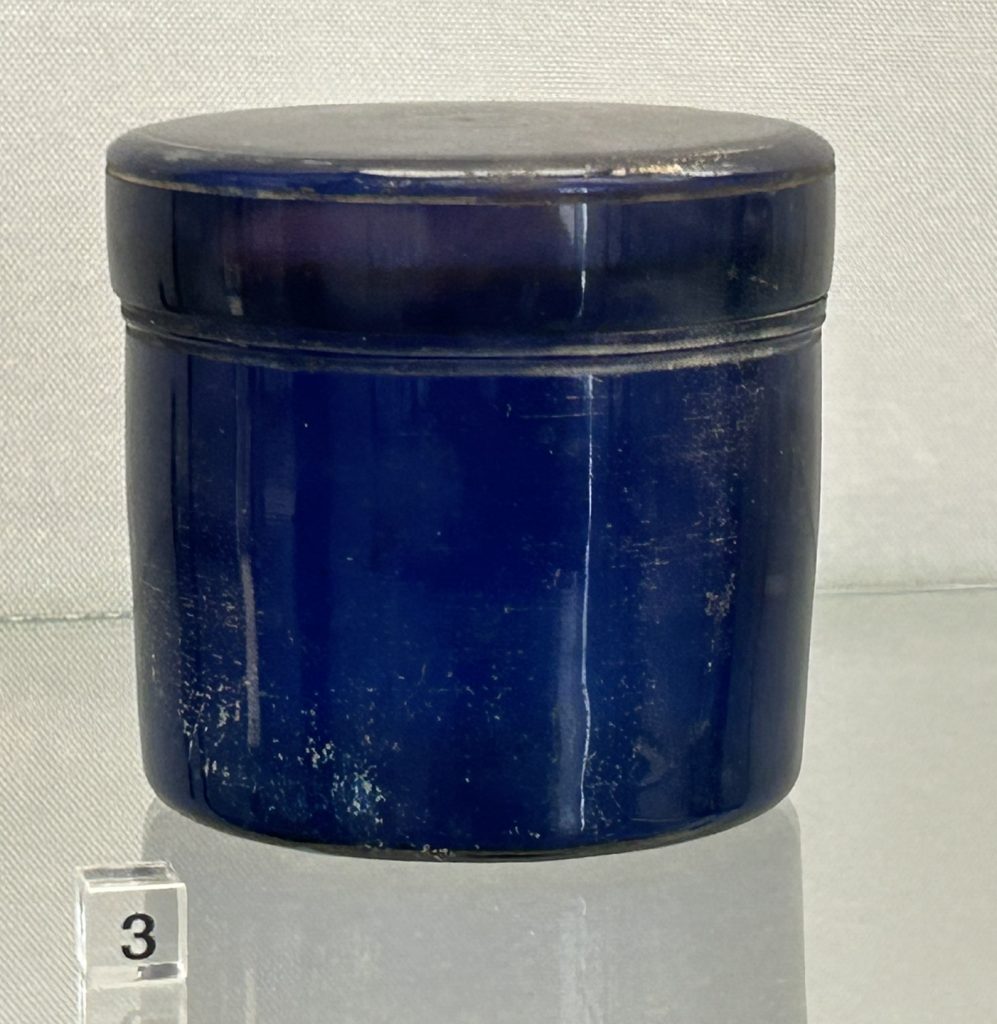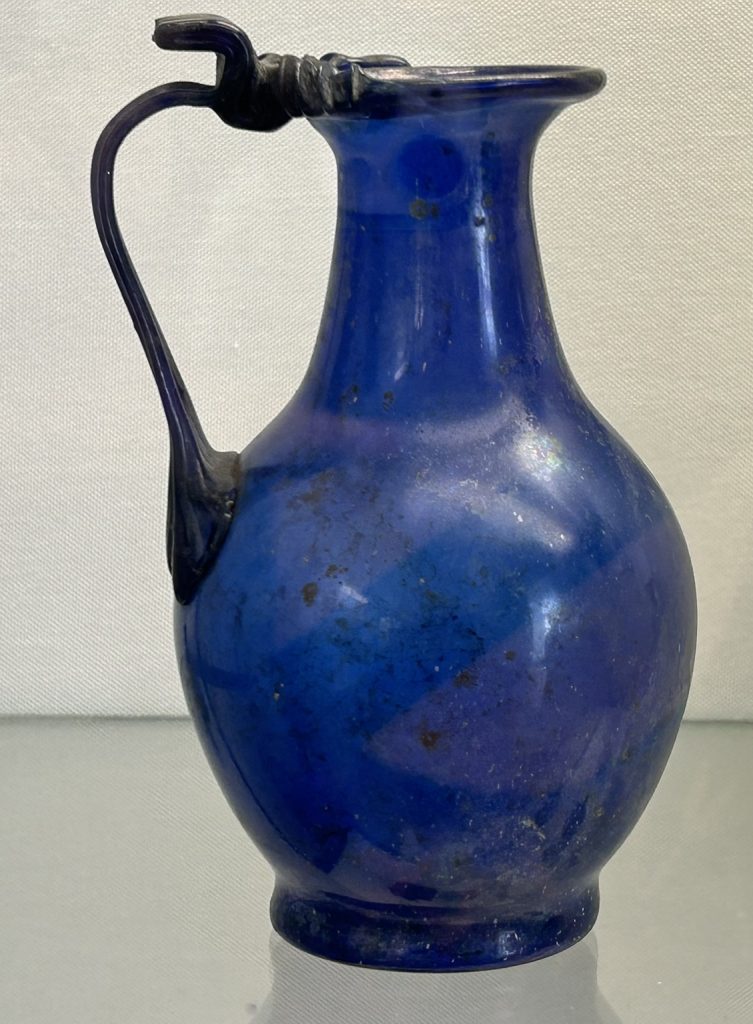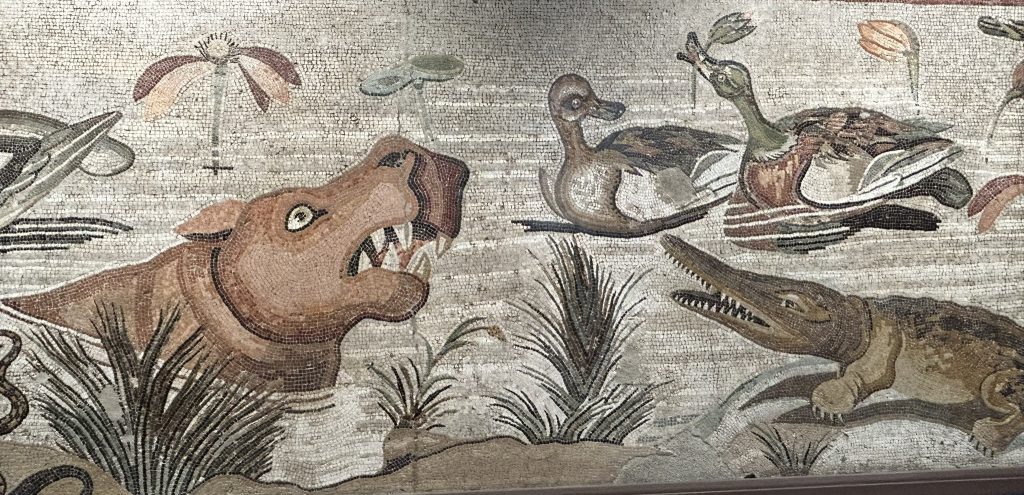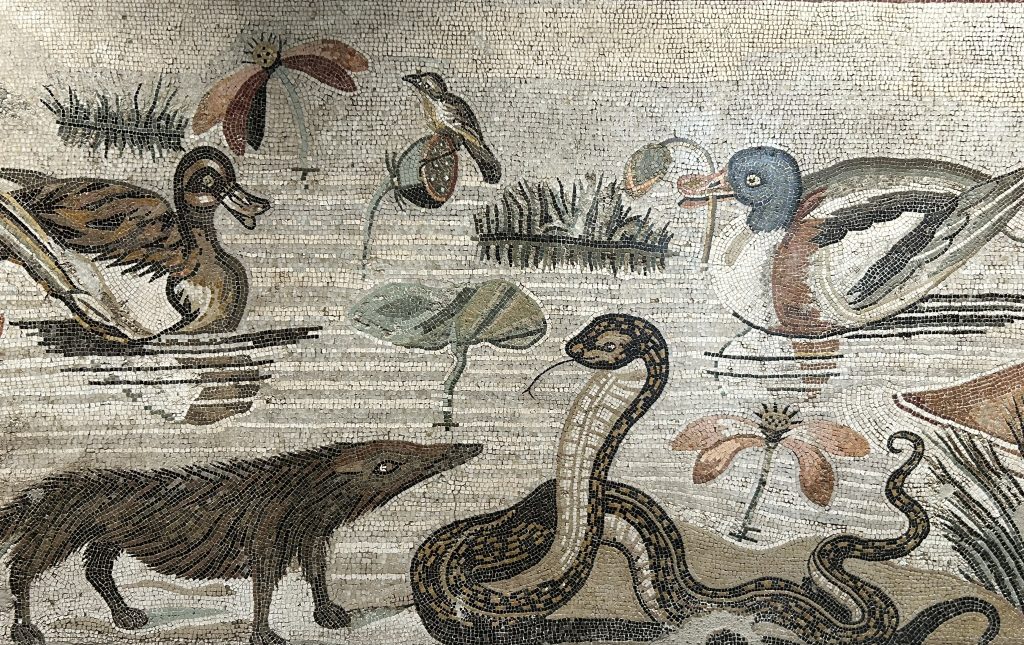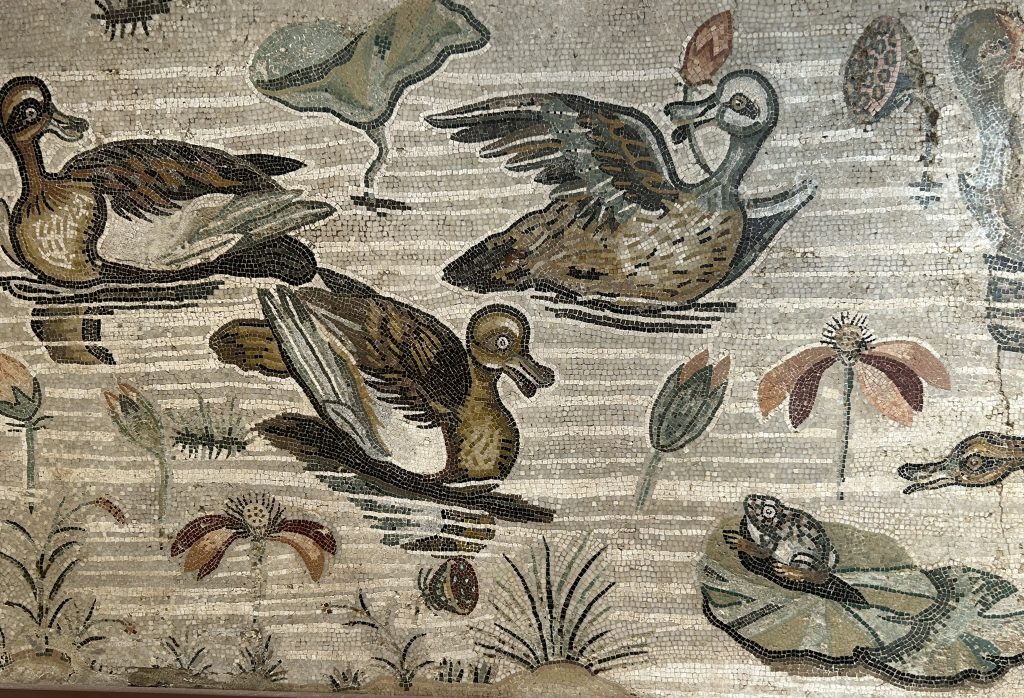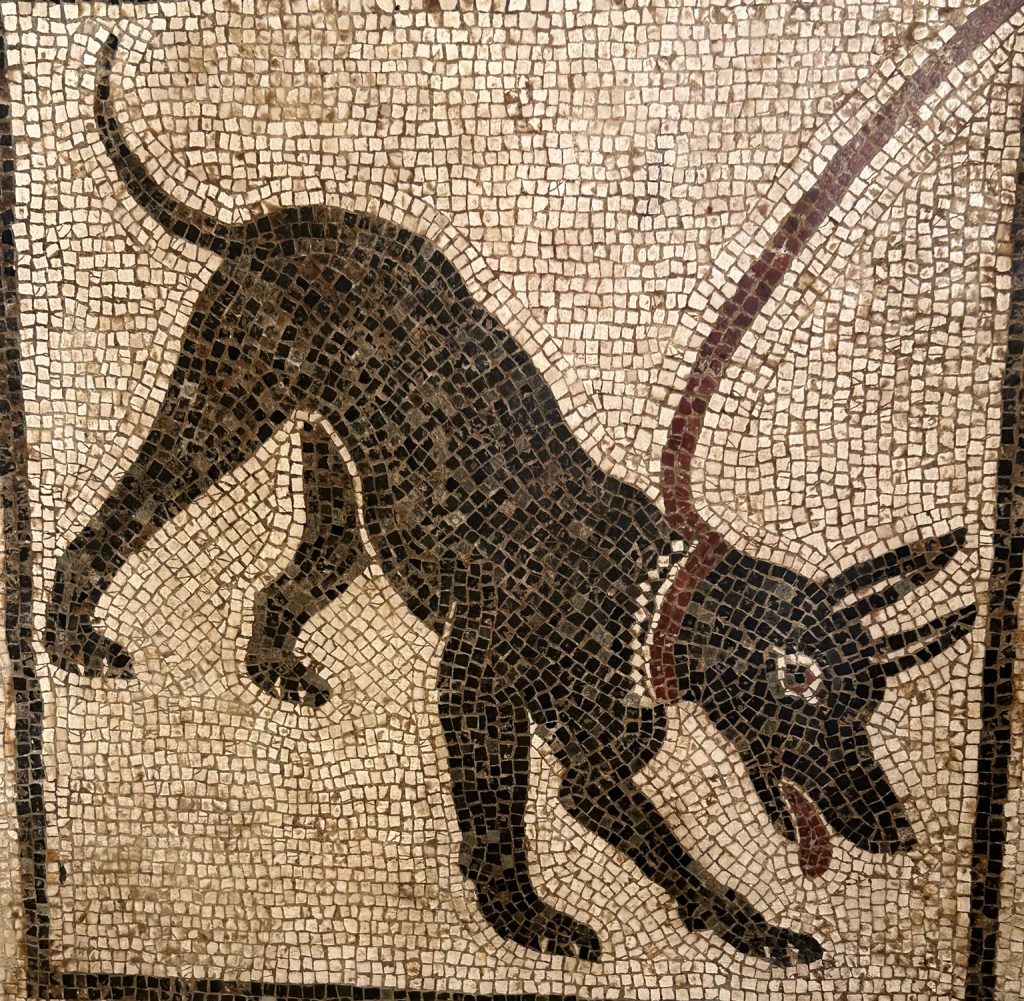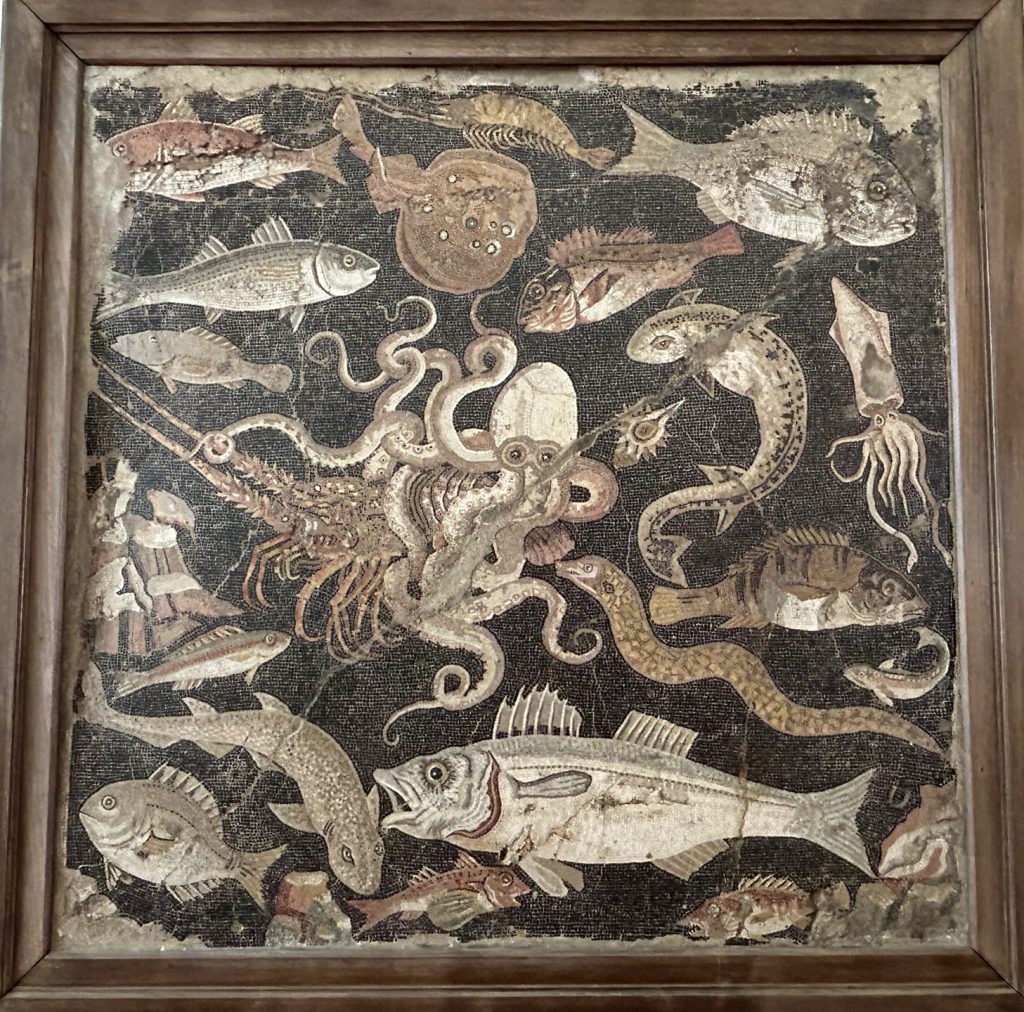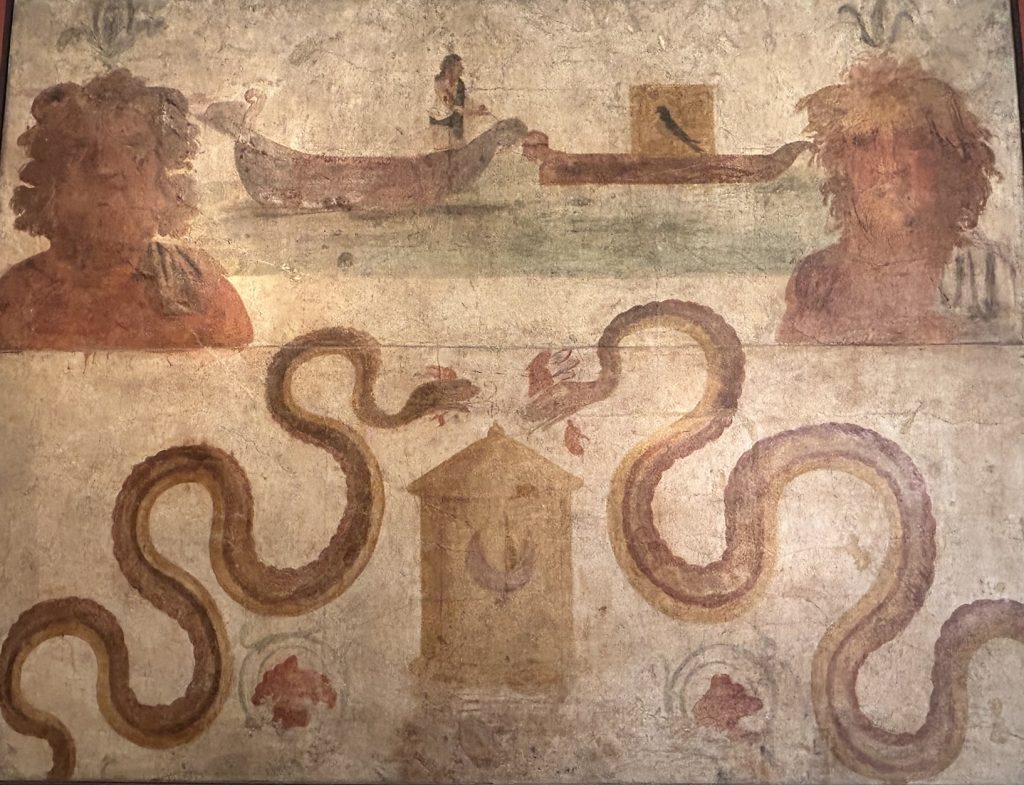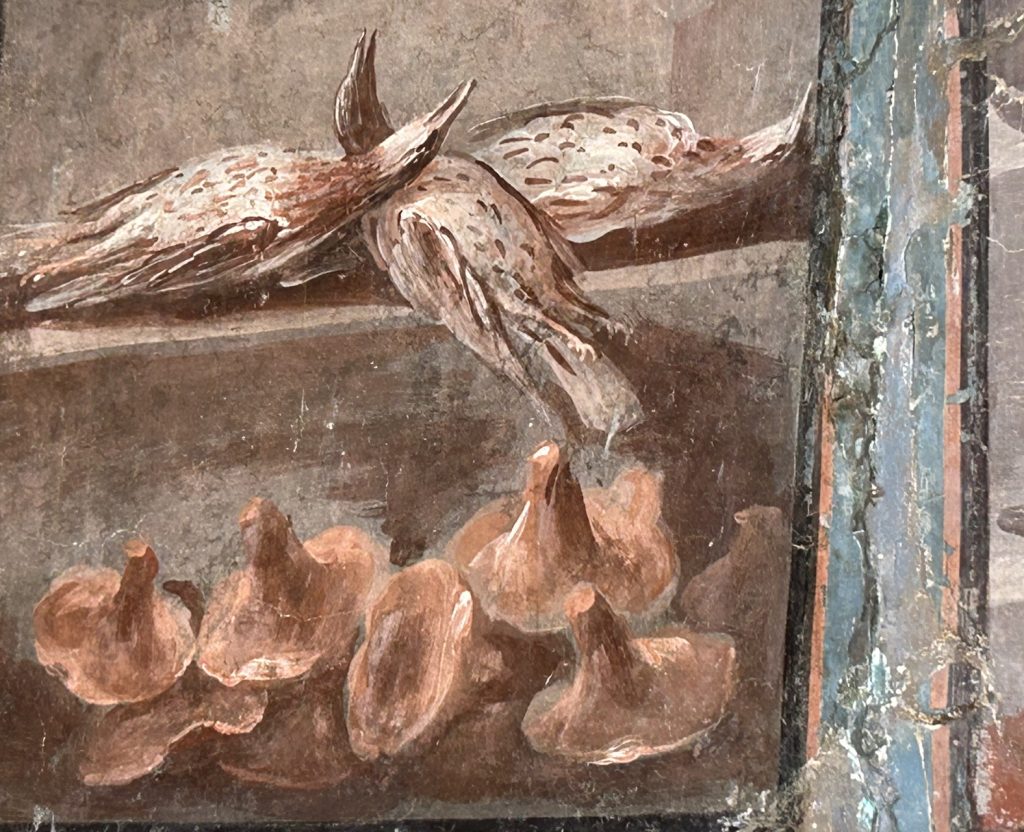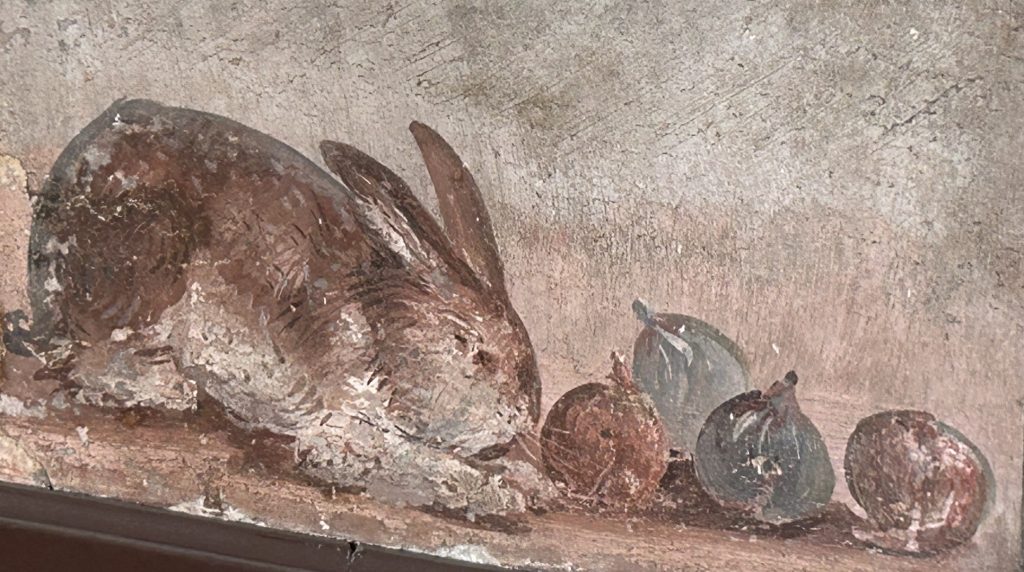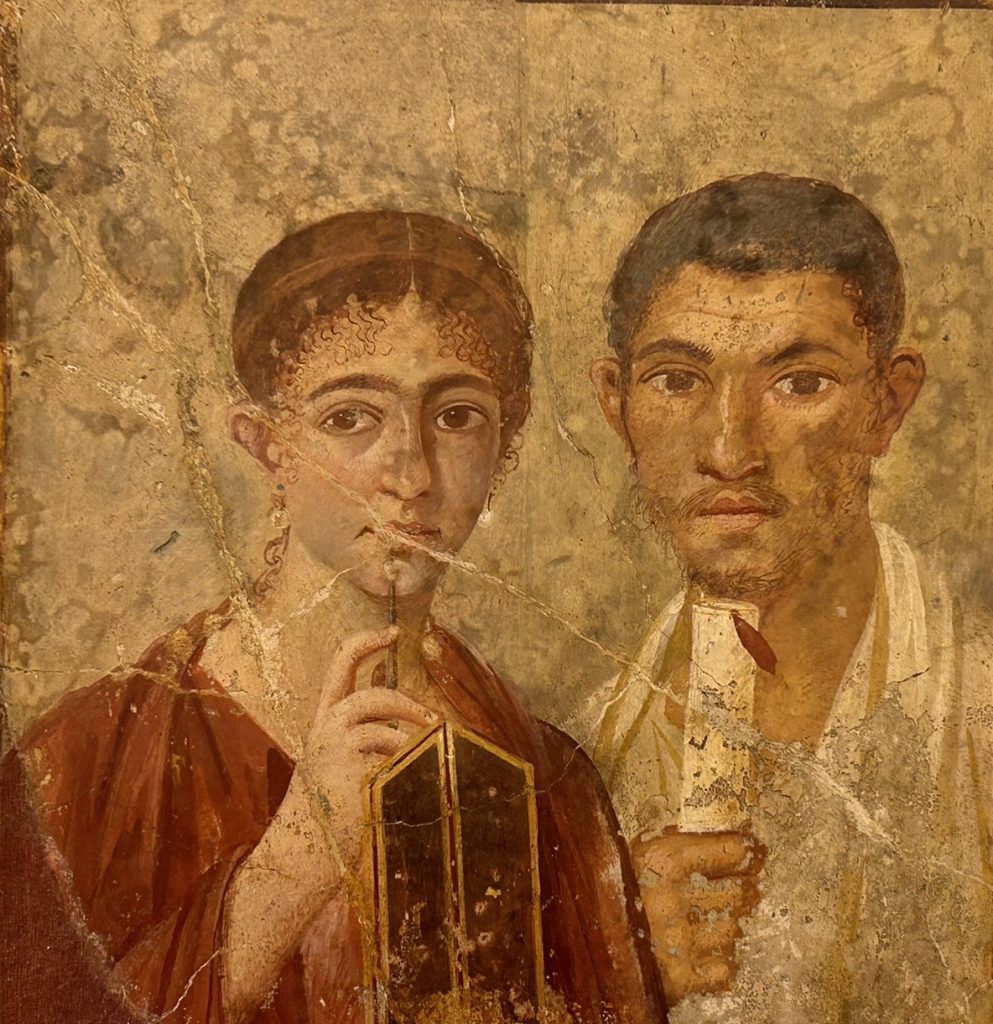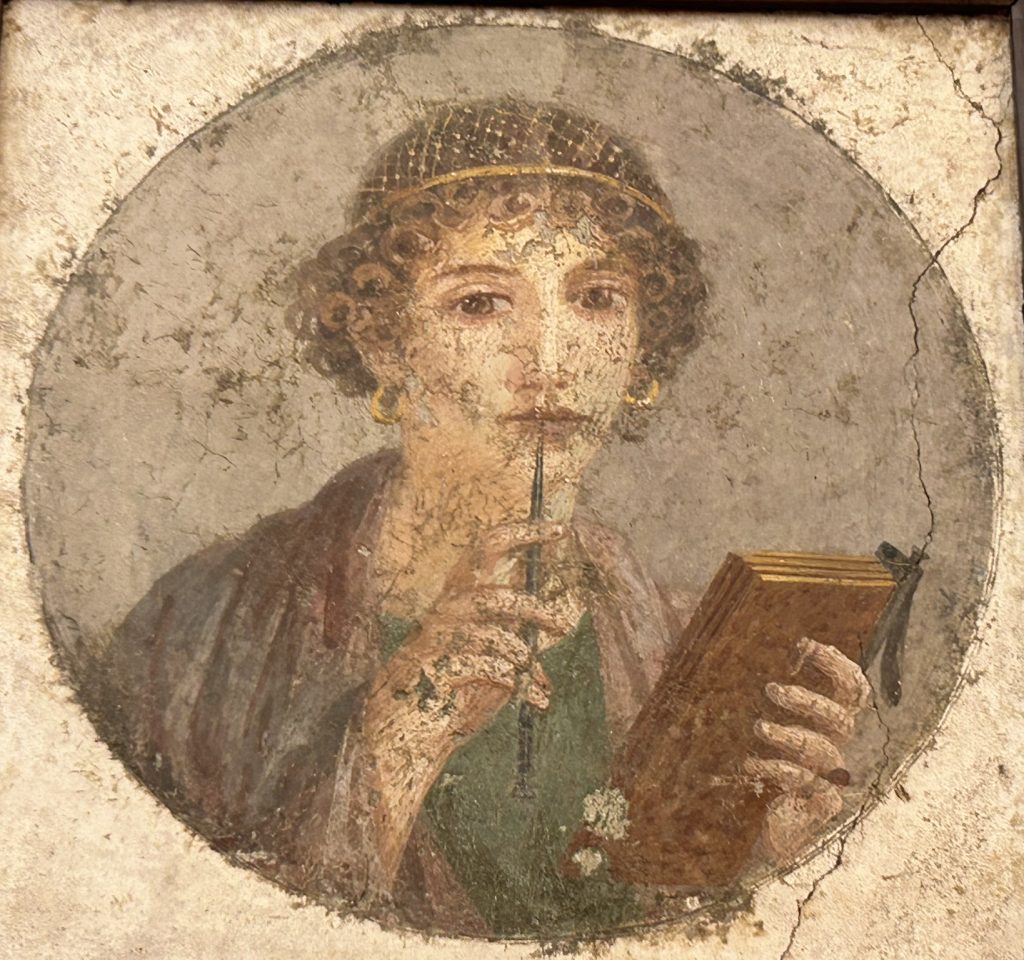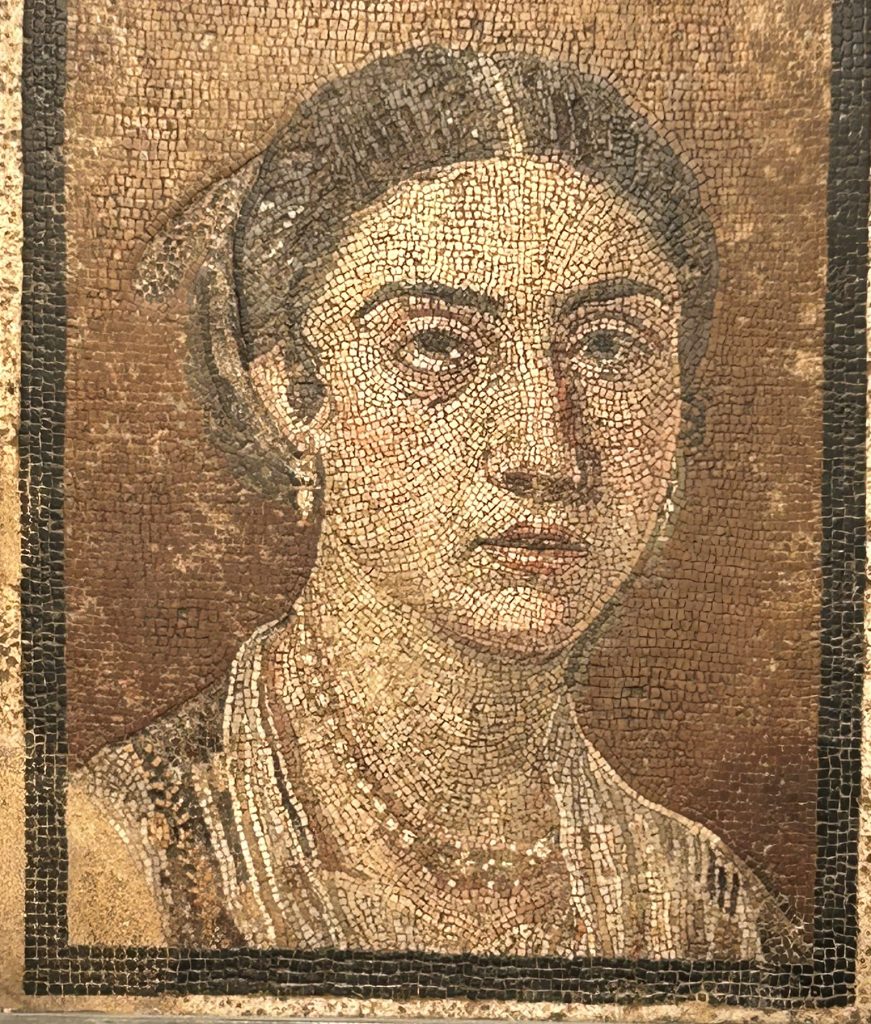Unique Museums in Europe to Put On Your List
One of the many joys of traveling is discovering new-to-you museums, particularly artsy ones!
While world class must-see museums such as the Louvre and the Rijksmuseum are awesome, they can also be very crowded and a tad overwhelming. You can’t see more than a fraction of the collection in any one visit.
A small, specialty museum is a different story. Usually, the museum won’t be crowded, and if there are attendants, you may be able to engage them in conversation about the collection. On a visit to the Keats-Shelley house in Rome last year, I had a great chat with the attendant about some of my favorite Romantic literary figures.
In this collaboration post, I bring together experiences submitted by 13 fellow travelers and bloggers, including myself in the first post about the Basque and Bayonne History Museum in Bayonne, France.
You’re sure to find a museum to put on your next itinerary! I know I already have.
Bayonne, France: Basque and Bayonne History Museum
By Carol M. Cram of ArtsyTraveler
The Basque people have long fascinated me, so I was delighted to discover the Basque and Bayonne History Museum in Bayonne, France.
Thoughtful exhibits chronicling the history of the Basque people in France span three floors and twenty rooms. Multiple aspects of Basque culture are featured, including its origins and language, funeral rites, rural life and architecture, domestic life and crafts, maritime and river activities, festivals and games, and regional history.
I particularly enjoyed the many old films of Basque people from over 100 years ago. One featured the haunting sounds of mountain people calling across valleys.
The collection is the richest in France solely devoted to social life in the Northern Basque Country. It’s housed in the Maison Dagourette, a 17th Century port residence. If you’re visiting Bayonne, I highly recommend taking the time to tour this museum and learn about one of Europe’s most intriguing and oldest cultures.
The Basque and Bayonne History museum is located at 37 quai des Corsaires in Bayonne in southwest France and is open year-round, from Tuesday to Sunday. Check the website for details.

Santorini, Greece: Santorini Wine Museum
By Mal of RentingACarInEurope101
As wine lovers, a visit to the Wine Museum was one of the best things we did during our Santorini trip. The museum is located 5 km from the island’s capital, Fira, and you can visit it independently or as part of a wine tour, which we did. The museum is set in a traditional cave house, which was once part of a family winery, which really adds to the unique experience!
The whole place is dedicated to showcasing the island’s rich wine making tradition, which dates back thousands of years.
The museum displays ancient wine making tools, artifacts, and exhibits that detail the process of making wine from antiquity to the present day.
The best part of our visit was the wine tasting itself. It took place in an elegant cellar. You can choose between five different packages that include also snacks such as home-made bread and cheese. The tickets start at €25 per person. Each wine you taste comes with a detailed explanation so you can learn about Santorini wine while tasting it.
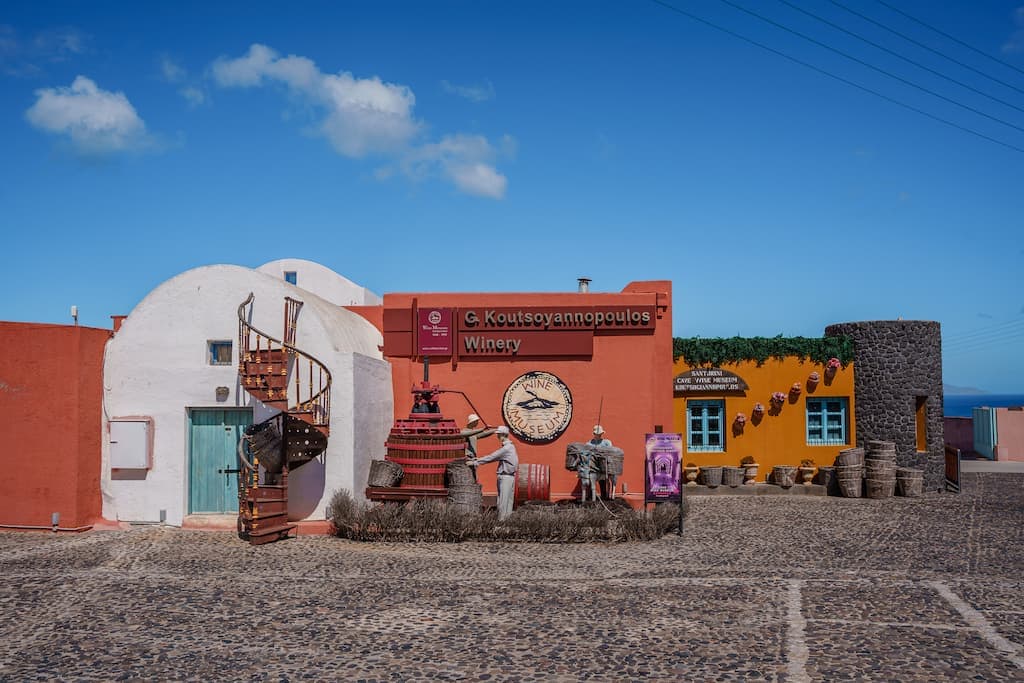
Glasgow, Scotland: The St Mungo Museum of Religious Life and Art
By Paulina from the UK Every Day
In Glasgow, St Mungo Museum of Religious Life and Art is situated in picturesque Cathedral Square, right next to the historic Glasgow Cathedral. This museum is conveniently included in the Glasgow Hop On Hop Off Bus Tour, with the stunning Glasgow Cathedral being the second stop on the route, making it an easy addition to your sightseeing itinerary.
The museum’s collection features an impressive array of artifacts, ranging from ancient Egyptian relics to contemporary pieces, providing visitors with a rich understanding of the universal human quest for spirituality.
Entry to St Mungo Museum is free, and it stands out as one of the few museums worldwide dedicated exclusively to this fascinating subject.
After you’ve taken the time to explore the museum’s intriguing exhibits, consider treating yourself to a meal at the nearby Italian eatery, Celentano’s. This charming restaurant is located in the historic part of Glasgow, just a stone’s throw away from both the Glasgow Cathedral and the St Mungo Museum.
If you’re looking for a longer stay, you can also book a room at Celentano’s, allowing you to fully immerse yourself in the rich culture and history of Glasgow.
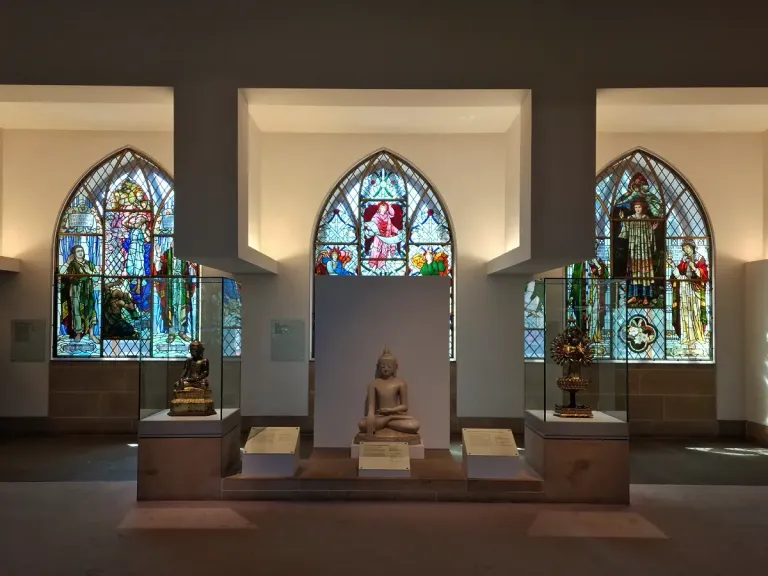
Warsaw, Poland: Neon Museum
By Juan from Planet of Adventures
If you’re looking for a fascinating places to visit in Poland, look no further than the Neon Museum in Warsaw.
Named one of the best museums to visit in Europe by The Guardian, Warsaw’s Neon Museum boasts hundreds of neon signs that tell the story of Poland post WWII. What at first just seem to be functional objects are in reality pieces of art by themselves. The atmosphere of darkness and light in the museum creates an experience like no other.
This is not only an unusual museum but it’s one that made such an impact on me that ever since I visited it I keep spotting neon signs wherever I travel in the world!
The museum opens daily from 12:00 to 18:00 and is closed on Tuesdays. The entry ticket is about €4. To visit it, you can walk about 40 minutes from the Old Town or take the 26 tram from the Royal Castle.
The area around the Neon Museum has several trendy cafes as nearby there’s also a University campus and the Soho Art Center.
I recommend you in one of the many traditional apartments in the old town of Warsaw for a more authentic experience.
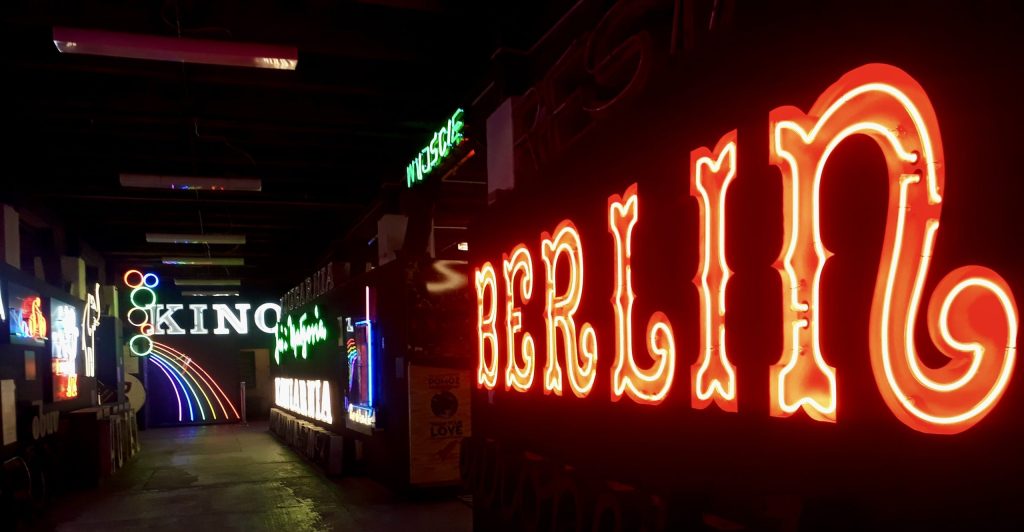
Amsterdam, The Netherlands: KattenKabinet (Cat Cabinet)
By Kristy of Tassie Devil Abroad
Amsterdam is a great destination for cat lovers, with many resident cats, a cat café, a floating cat shelter, and the KattenKabinet; a museum entirely dedicated to art featuring cats.
Taking up four rooms on the second floor of a beautiful canal house (plus the garden), the KattenKabinet is crammed full of cat paintings, sketches, advertisements, sculptures and more. Some of the most unique items on display include an original costume from the musical Cats, a pinball machine made of Lucky Cat figures and a mummified cat from around 200 BC. There are even original pieces by Picasso and Rembrandt.
While the museum is small, the items on display are unique and quirky. The gift shop is also well worth checking out.
See more photos here, including some shots of the real-life resident cats who often wander around the museum as well. Just be warned – don’t try to pet the black and white cat as he doesn’t appreciate it!
The KattenKabinet is located at Herengracht 497, a short walk from Rembrandtplein. Tickets cost €12.50 for adults, but there is a discount for those using the I Amsterdam City Card, as well as discounts for seniors and students.
To keep the cat theme going you could stay at nearby Hotel Estherea (it’s close enough to walk to the KattenKabinet from the hotel), a stunning hotel in a 17th-century canal house which is also home to three resident cats who like to hang out in the common areas.
For dining near the KattenKabinet, I recommend checking out Lion Noir, which is one street over. No real cats here, unfortunately, but they do serve delicious contemporary French cuisine in a beautiful space and hey, lions are cats too!
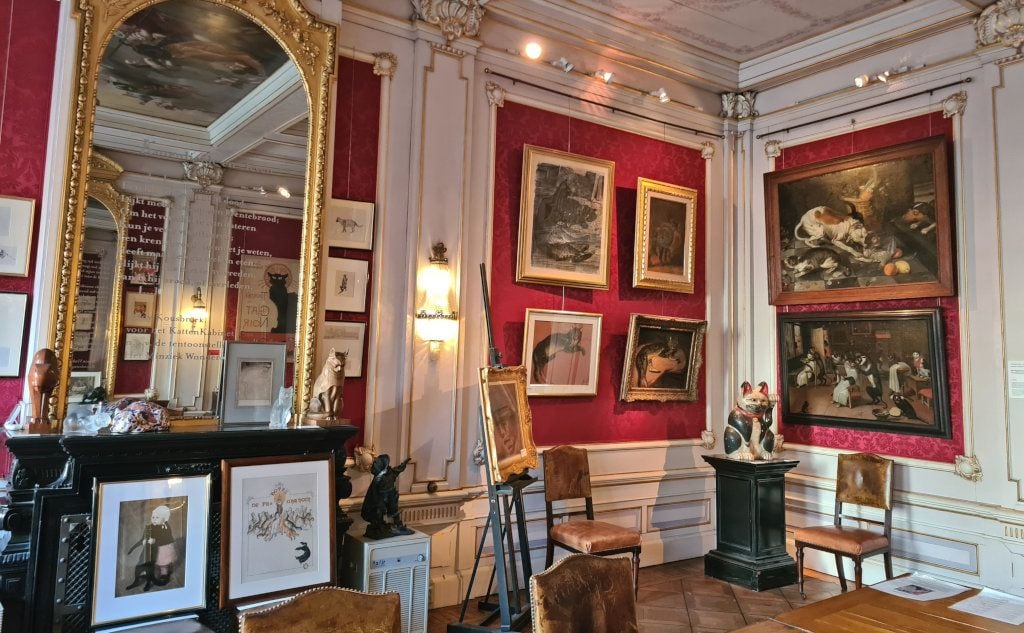
Lisbon, Portugal: The National Tile Museum (Museu Nacional do Azulejo)
By De Wet & Jin of Museum of Wander
The National Tile Museum (Museu Nacional do Azulejo) in Lisbon is dedicated to showcasing the art of traditional Portuguese tilework, known as azulejos.
Housed in the former Convent of Madre de Deus, the museum guides visitors through the history of Portuguese tiles, from the 15th century to contemporary designs. The exhibits feature stunning displays of decorative tiles in various shapes, sizes, and styles, including religious scenes, historical narratives, and intricate geometric patterns.
One of the standout pieces is a large, panoramic tile panel depicting Lisbon before the 1755 earthquake. This classic blue and white Grand Panorama of Lisbon measures nearly 23 meters and portrays the city along a 14-kilometer stretch of coastline.
The museum also hosts temporary exhibitions, workshops, and a café in a beautiful cloistered courtyard. Anyone with an interest in Portugal’s cultural history will enjoy visiting this museum. Creative souls will want to prioritize the museum on their Lisbon itinerary, as they will find plenty of inspiration for future projects.
The Tile Museum is located at Rua Me, Deus 4 in the Xabregas district. The hours are Tuesday to Sunday, 10:00 AM – 6:00 PM (closed on Mondays) and the entry fee is €5 (free with Lisboa Card). Check their website for more information.
Recommended Hotel: Duques Villa Luxury Guesthouse, located just a few hundred meters from the museum.
Recommended Restaurant: Soul Kitchen & Bar, known for its beautiful tapas-style dishes that include creative interpretations of Angolan and Cabo Verdean cuisine.
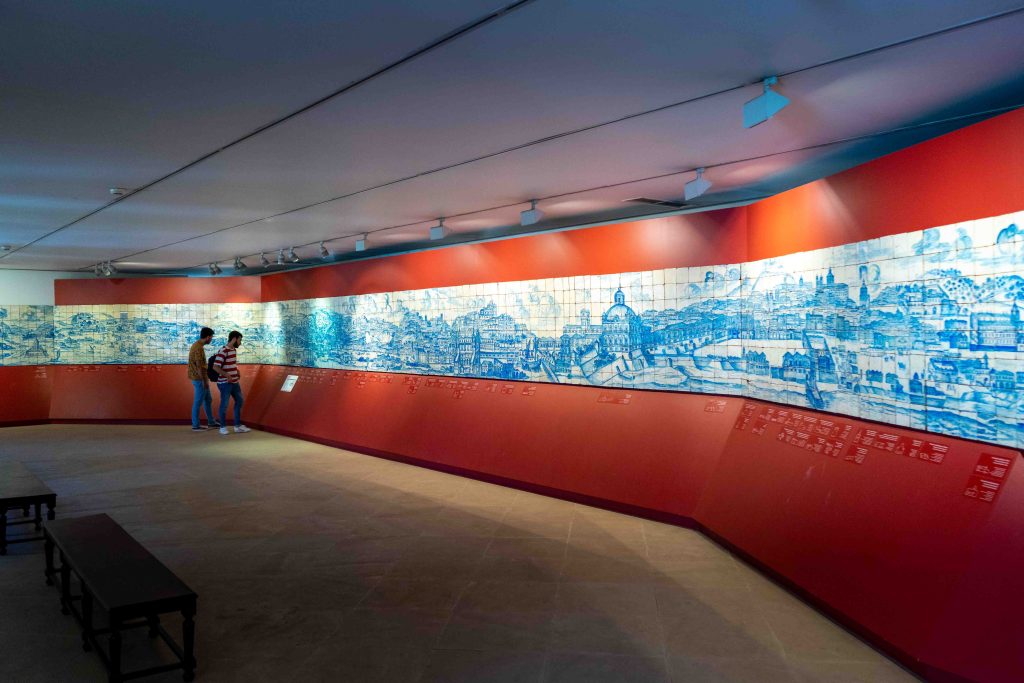
The Hague, Netherlands: Escher in the Palace
By Daniela of Exploring the Netherlands
Escher in the Palace is perhaps one of the most unique art museums in the Netherlands. Housed in a former royal palace in The Hague, it exhibits an extensive collection of M.C. Escher’s masterpieces. So, basically you are visiting two sites in one.
The Queen Mother, Queen Emma (1858-1934) used to live in this palace, which then was called Lange Voorhout Palace and was her winter residence. Queen Emma is the great-great grandmother of Willem-Alexander, the current King of the Netherlands.
Since 2002 the Palace houses a permanent exhibition about the life and work of the extraordinary Dutch artist M. C. Escher (1898-1972). Escher was inspired by mathematics and the tessellations in Alhambra (Granada) and La Mezquita (Cordoba). He explored infinity, symmetry, perspective, and impossible objects in his art. Today, there are about 120 works of Escher exhibited in the Palace.
After visiting the palace and the exhibitions, stop for a piece of cake and a cup of coffee at the Museum’s café which is housed in the Palace’s original kitchen. The setting is really unique.
The Museum is located the city centre. It’s very close to other attractions in The Hague, like the Mauritshuis and Binnenhof, and the Central Train Station. In 2025, the entry ticket for the museum is 13,50 EUR. Talking about palaces, when visiting The Hague, why not stay in a former palace? Just across the Museum is the emblematic Hotel des Indes, the former palace of Baron van Brienen. Prices start at about 250 EUR per night.
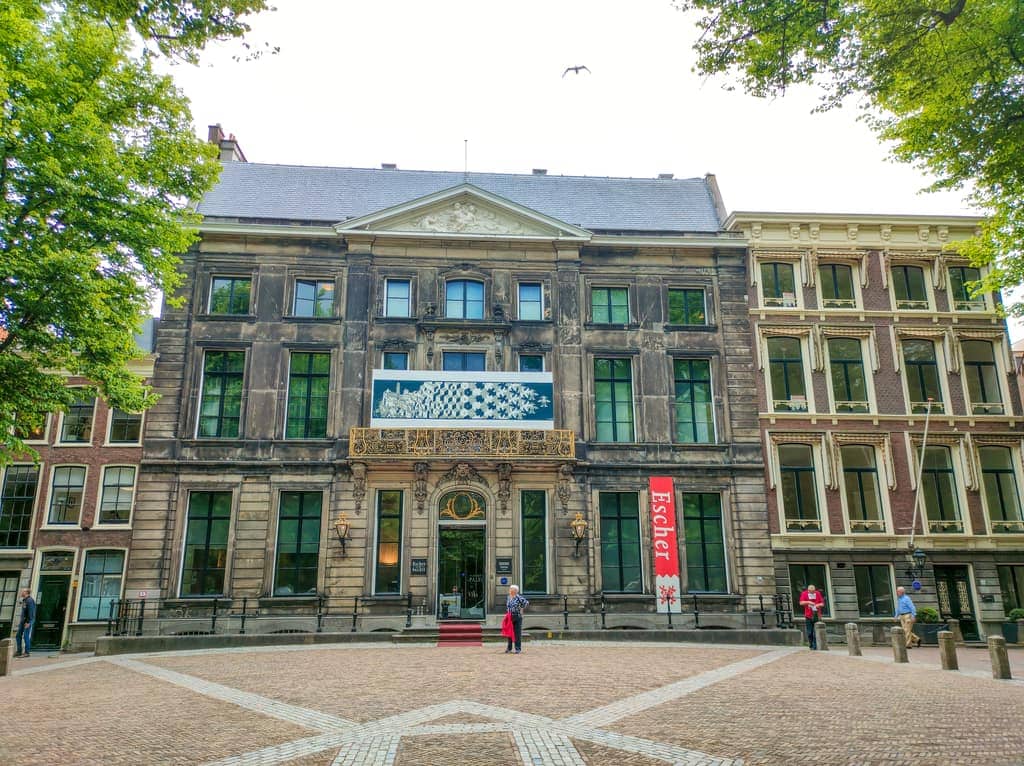
Innsbruck, Austria: Schloss Ambras
By Lavina D’Souza from Continent Hop
When it comes to under-the-touristy-radar locations, Schloss Ambras in Innsbruck,Austria ranks at the top of the list. I was glad I decided to visit the Schloss Ambras, a Renaissance castle complex where the fascinating collections date back to the 1560s and tell you tales of centuries-old history, politics, culture, and art.
Today, the Ambras Castle Museum is proud to preserve the original armour suits that are more than 450 years old. You will also get to see a thousand miniature portraits dating back to the 15th and 16th centuries.
There is a late medieval sculpture made of pear wood, which is a highlight of the collection. I was amazed by the artworks that adorn the Spanish Hall. With so many interesting things on display, Schloss Ambras deserves a spot in your Austria itinerary.
If you are looking for hotels nearby, consider staying at Hotel Bierwirt as it is only 10 minutes away from Schloss Ambras. I loved the laid-back vibes and delicious food at Café-Restaurant Martin.
Ambras Castle is open every day from 10 am to 5 pm and is closed only in November. The ticket price is € 14 for adults and € 12 for students and senior citizens. You can check the season opening and closing times along with detailed ticket prices here.

Mougins, France – Femmes Artistes Musee Mougins
By Theresa of Explore the Riviera
The FAMM (Femmes Artistes Musee Mougins) opened in June 2024 in the French Riviera village of Mougins, becoming Europe’s first art museum dedicated entirely to female artists. With around 100 works by 90 accomplished talents from around the world, this museum encompasses four floors of a building that previously was the Mougins Museum of Classical Art.
Wandering into the first gallery, you’ll immediately be surrounded by the soft brush strokes of Impressionism, including paintings by Berthe Morisot, Eva Gonzalès, and Monet – Blanche Hoschedé-Monet, that is. Despite being the step-daughter and eventual daughter-in-law of the Impressionist master Claude Monet, Blanche’s 300 works are rarely displayed publicly.
Continue through each floor of the museum to observe the galleries transition in succession to highlight female artists from various 20th-century modern art eras, like Frida Kahlo and Leonora Carrington, who are associated with Surrealism.
You’ll also notice a collection of large floor-to-ceiling canvases displaying both harmonious and dissonant abstract works by artists like Joan Mitchell and Alma Thomas.
Located along the medieval streets of Old Town Mougins, the FAMM is easy to visit during any day trip from nearby cities like Nice, Cannes, or Antibes. Mougins also makes a great homebase with luxury stays like Le Mas Candille and a storied gastronomical legacy, featuring Michelin-recommended restaurants like Bohème and La Place de Mougins.
The FAMM is open every day and admission costs $16 per adult.
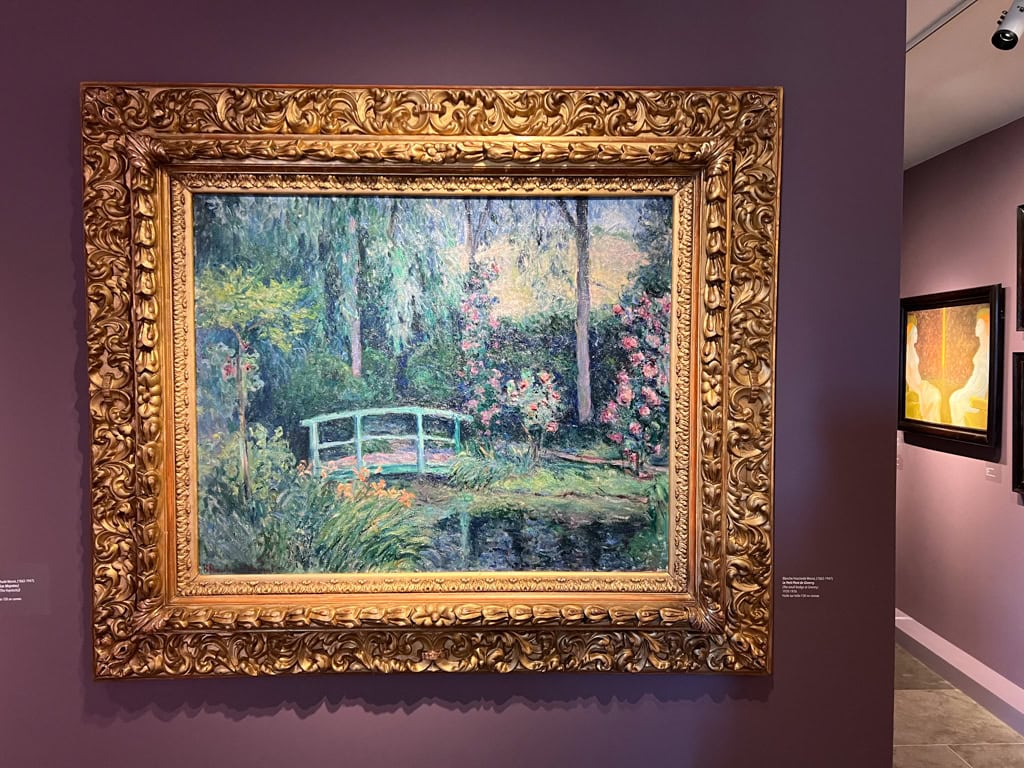
Barcelona, Spain: Moco Museum
By Jill of Jill on Journey
While Barcelona offers some well-known museums such as the Picasso Museum, Moco Museum is more of a hidden gem in Barcelona. Yet, it’s very worth seeing.
You can find Pop Culture art with interesting pieces of Andy Warhol, as well as some Banksy artworks in there.
Especially because it is not as huge as other art museums, you can take your time and will still be able to marvel at all of it.
It is located close to Barcelona’s center in Carrer de Montcada 25.
Ticket prices vary depending on your selected time of entry. Morning tickets (entry slot between 10:00 a.m. and 10:45 a.m.) and evening tickets (entry between 6:00 p.m. and 7:00 p.m.) are a bit cheaper at 13.95 Euros. The rest of the day an adult ticket is at 16.95 Euros.
Close by you can find a lovely tapas bar called Bubita Sangria Bar serving vegan tapas, paella and different types of sangria to enjoy.
Located in the lively Ciutat Vella district, H10 Cubik Eco Hotel is not far from Moco Museum. You can reach it within 13 minutes on foot.
So when you travel to Barcelona, don’t miss this unique art museum.
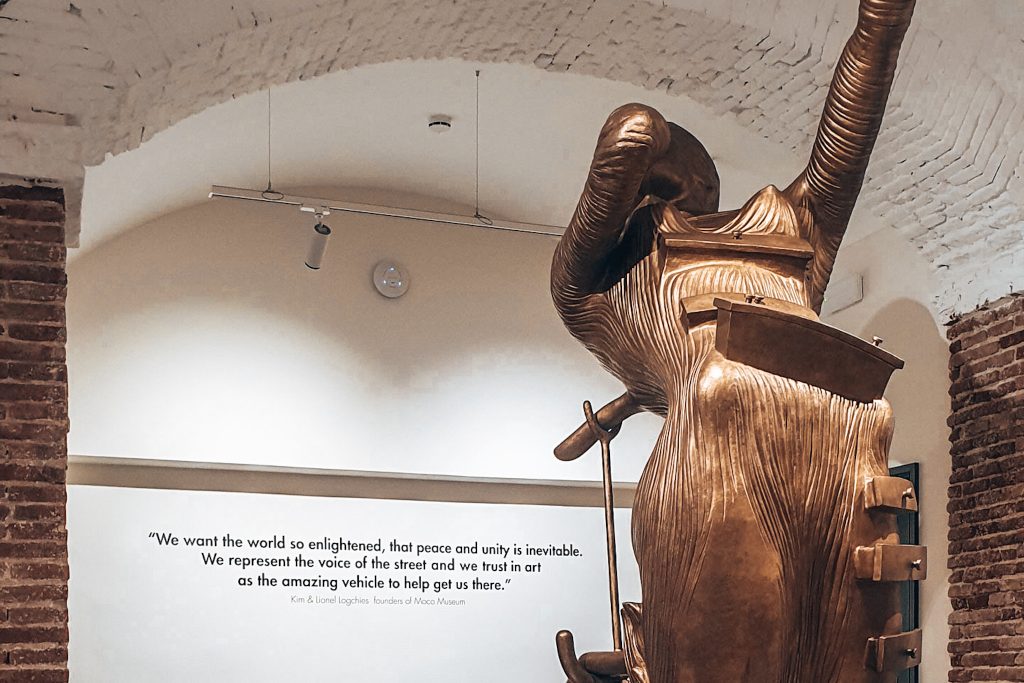
Basel, Switzerland: Fondation Beyeler
by Stephanie from Bey of Travel
The Fondation Beyeler in Riehen, near Basel, is a must-visit for art lovers. Housing the exceptional collection of Hildy and Ernst Beyeler, it showcases around 300 masterpieces from Classic Modernism and beyond, spanning the 20th and 21st centuries.
You’ll encounter works by renowned artists like Picasso, Monet, Rothko, and Warhol, displayed within a stunning space designed by Pritzker-winning architect Renzo Piano. The museum seamlessly blends art, architecture, and nature, nestled amidst tranquil gardens and a serene pond.
To make the most of your visit, plan your trip using public transportation as parking is limited.
The museum, located at Baselstrasse 101, 4125 Riehen, is open every day of the year. Tickets cost 30 CHF for adults, or 15 CHF if you have a BaselCard. Allow yourself a few hours to truly immerse yourself in the art and perhaps enjoy a moment of reflection in the surrounding landscape.
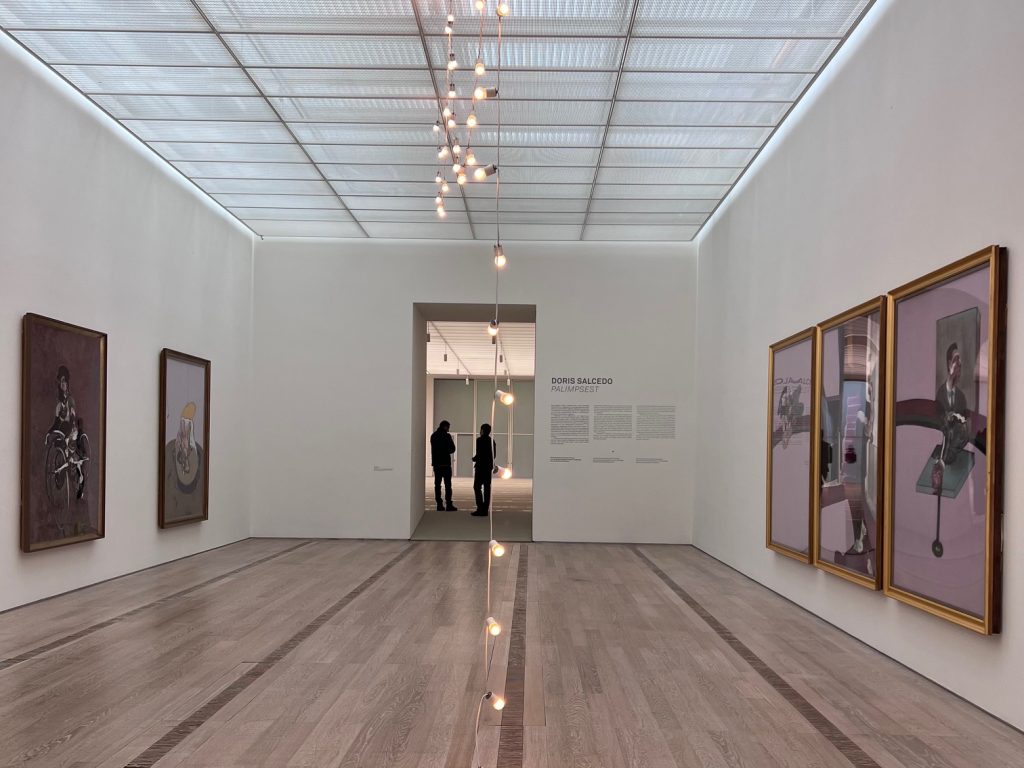
Tirana, Albania: Bunk’Art 2 Museum
By Alina of World of Lina
If you’re a history lover like me, a visit to the Bunk’Art 2 museum is one of the best things to do in Tirana. Situated in a former nuclear bunker, this museum offers an immersive experience that takes you deep into Albania’s communist past.
During my visit, I was captivated by the exhibits that combine historical artifacts, photographs, and multimedia displays to tell the complex story of life under Albania’s regime. Some parts of the museum, like the interrogation room and displays of torture methods, are intense, but they provide a raw and powerful look at Albania’s turbulent history.
You can expect to see a variety of exhibits that highlight the country’s social, political, and cultural landscape during the communist era.
When planning your visit, Bunk’Art 2 is open daily from 9:40 am to 8:00 pm. Tickets cost LEK 500 for standard entry or LEK 700 if you’d like to include an audio tour. I recommend setting aside 1.5 to 2 hours to fully explore the museum. You can find more information on their website.
If you’re looking for somewhere to stay nearby, I suggest the Xheko Imperial Hotel, just a 15-minute walk away. This luxurious hotel offers a comfortable stay with modern amenities and a welcoming atmosphere.
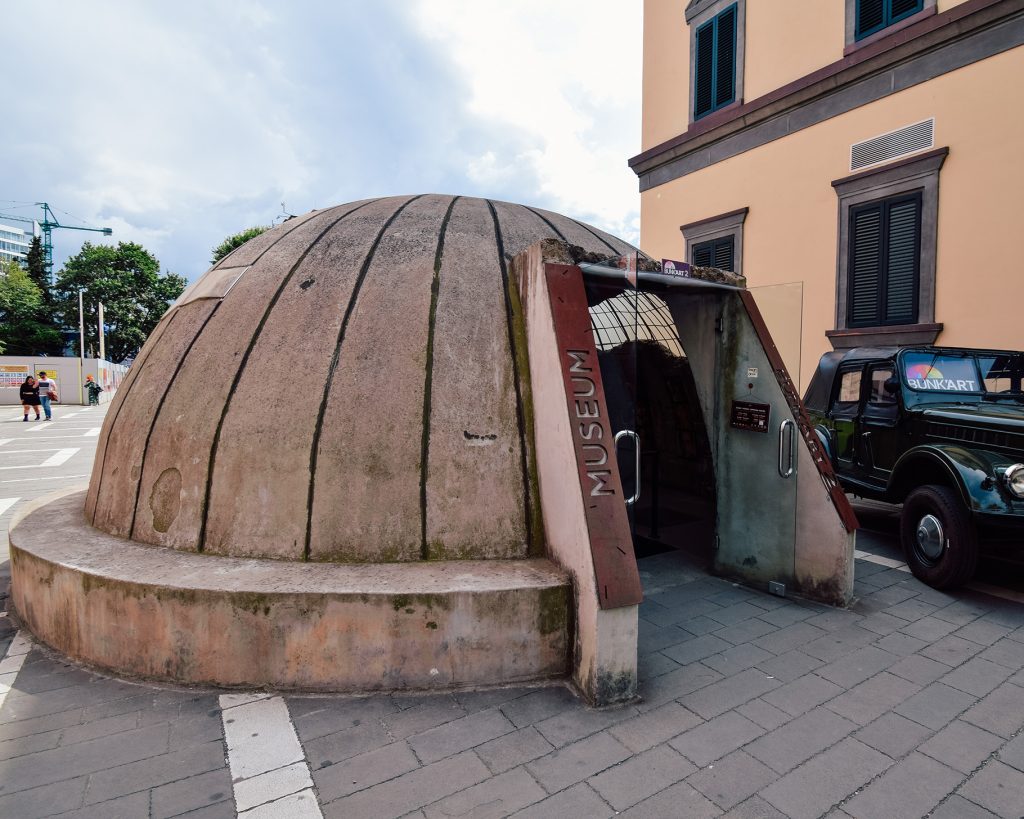
Seville, Spain: Centro Andaluz de Arte Contemporáneo (CAAC)
Recommended by Jamie of What’s down that street?
Housed in the vast, atmospheric grounds of a former monastery and ceramics factory, Seville’s premier modern art gallery is as much about the space as the art inside it.
Focused on Andalusian artists, such as Luis Gordillo and Carmen Laffrón, CAAC’s collection also showcases works from Spanish and international artists. And with a full visit costing just 3€, it’s very affordable.
But the real draw here is the building itself – a 15th century monastery frequently visited by Christopher Columbus, which had a second life as a ceramics factory.
Cloisters and chapels now exhibit edgy, often experimental work. The contrast between the Christian architecture, the art, and traditional Sevillian 19th century ceramics make it a truly unique gallery.
CAAC is in the Cartuja Island district of Seville, a little away from the main old town. It feels almost like a secret. We visited off-season and almost had the place to ourselves.
Just 15 minutes away is lively Triana, with excellent tapas bars. A personal favourite in the area is Bodeguita Albero. For somewhere to stay, I’d recommend crossing the river to Hotel NH Sevilla Plaza de Armas. Visit CAAC’s website for more information.
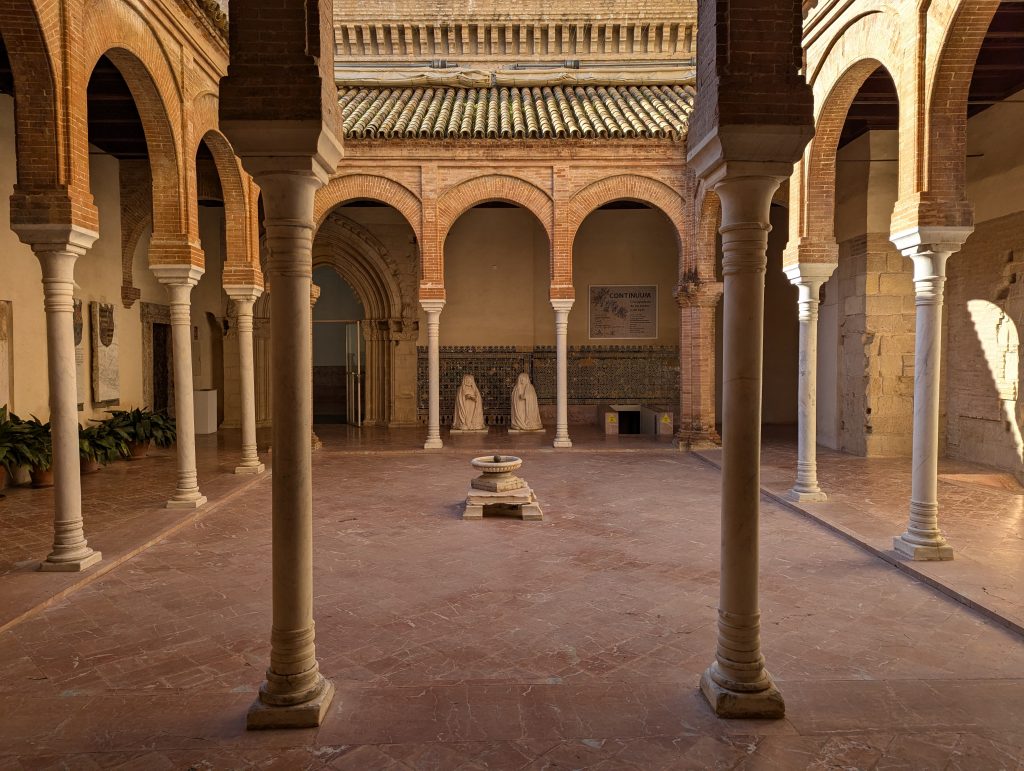
Conclusion
Have you found some new museums to explore? I hope so! And if you’ve visited some off-the-beaten path museums you think other artsy traveler may enjoy, please share in the comments.
Other posts about museums in Europe on Artsy Traveler:
- Best Three Must-See Museums To Visit in Copenhagen
- Enjoying the Museum of English Rural Life in Reading, England
- Best of the Courtauld Gallery in London: A Treasure Trove for the Artsy Traveler
- Paris for Art Lovers: Nine of the Best Small Museums in Paris
- Art Masterpieces in Tuscany You Don’t Want to Miss
